Cars are a wonderful hobby to take part in. Although there are plenty of human beings who can’t force themselves to get excited when they see a delightful car roll by – immediately dismissing and not being able to comprehend why said car is so fascinating when informed – there is a segment of this planet who are fascinated by the automobile.
There’s so many genres and subcultures which fall under the automotive umbrella that it’s impossible to be knowledgeable about every single facet; but this is a blessing and not a curse. There are always new things to learn, new concepts to appreciate and new individuals to admire – all from constantly learning and increasing one’s knowledge in this subject.
The thing is, after you’ve increased your knowledge – and consequently – appreciation for certain makes and models, you might come to an upsetting epiphany. You may never get a chance to drive or even see the particular model you now highly adore. With regards to driving, that’s understandable as even some of the world’s most affluent automotive enthusiasts do not get the opportunity to drive or even own some of the cars they deeply admire. But as car enthusiasts, the opportunity to simply witness in the flesh, a particular model you respect, is often enough to form a grin on your face and fill your body with euphoria.
In our digital society, we’re able to get instant access to photos and videos of any topic with cars being no exception. However, seeing is always believing. I (along with many others) have been guilty of judging a car’s appearance solely on some pixels behind an LCD screen, only to have my opinions completely flipped when I see the real deal with own eyeballs as a 2D image just can’t capture the lines, angles and almost all of the time – color – of a car. So on a recent trip to Sydney, I knew I couldn’t pass the opportunity to visit the Gosford Classic Car Musem to finally see in person, some of the hero cars I have an affection for.
A Ford GT40 replica was the first cab-off-the-rank amongst all of the exhibits and was surrounded by a sea of silver Porsches including a (replica) 550 Spyder and 996 variant of the Widowmaker.
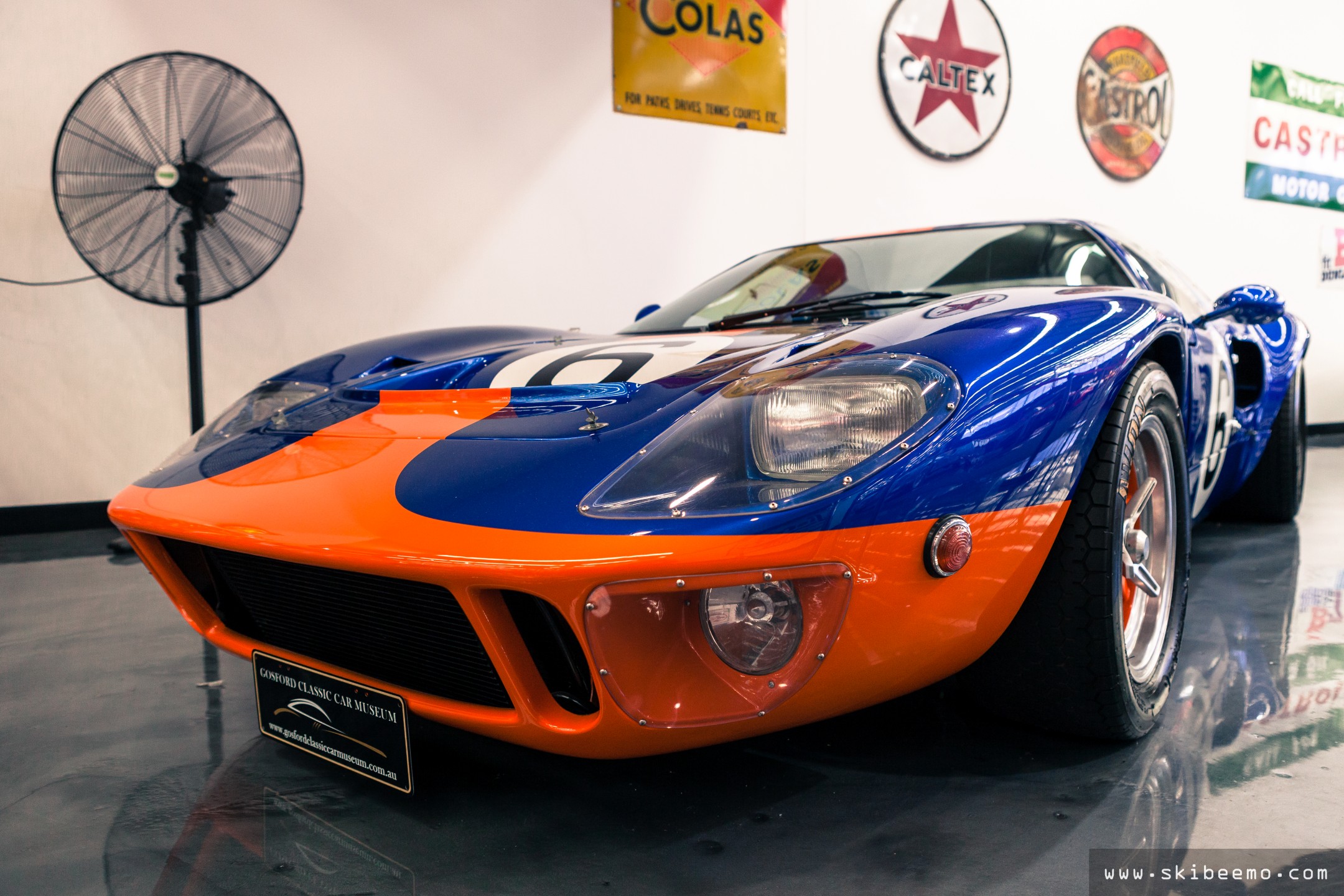
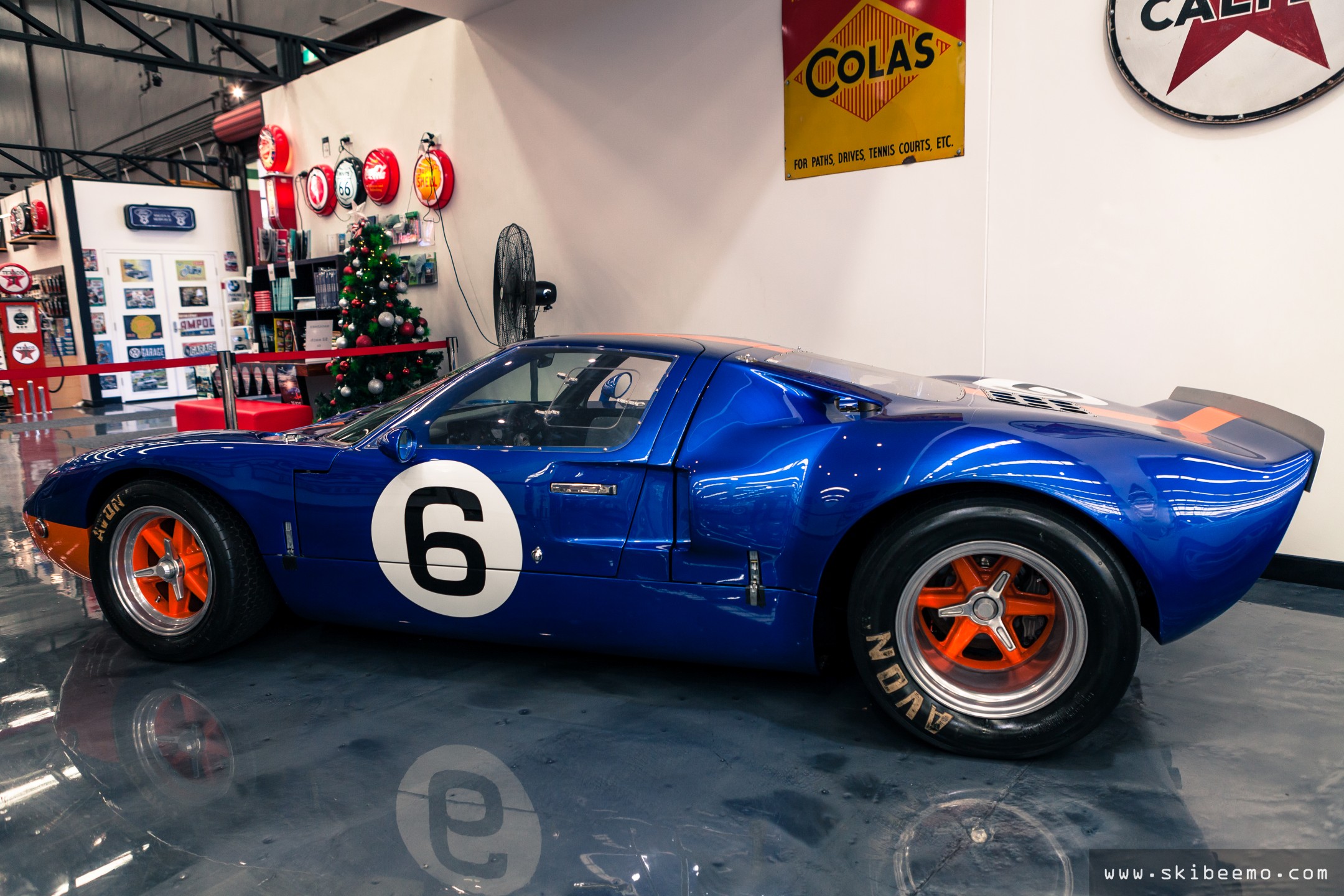

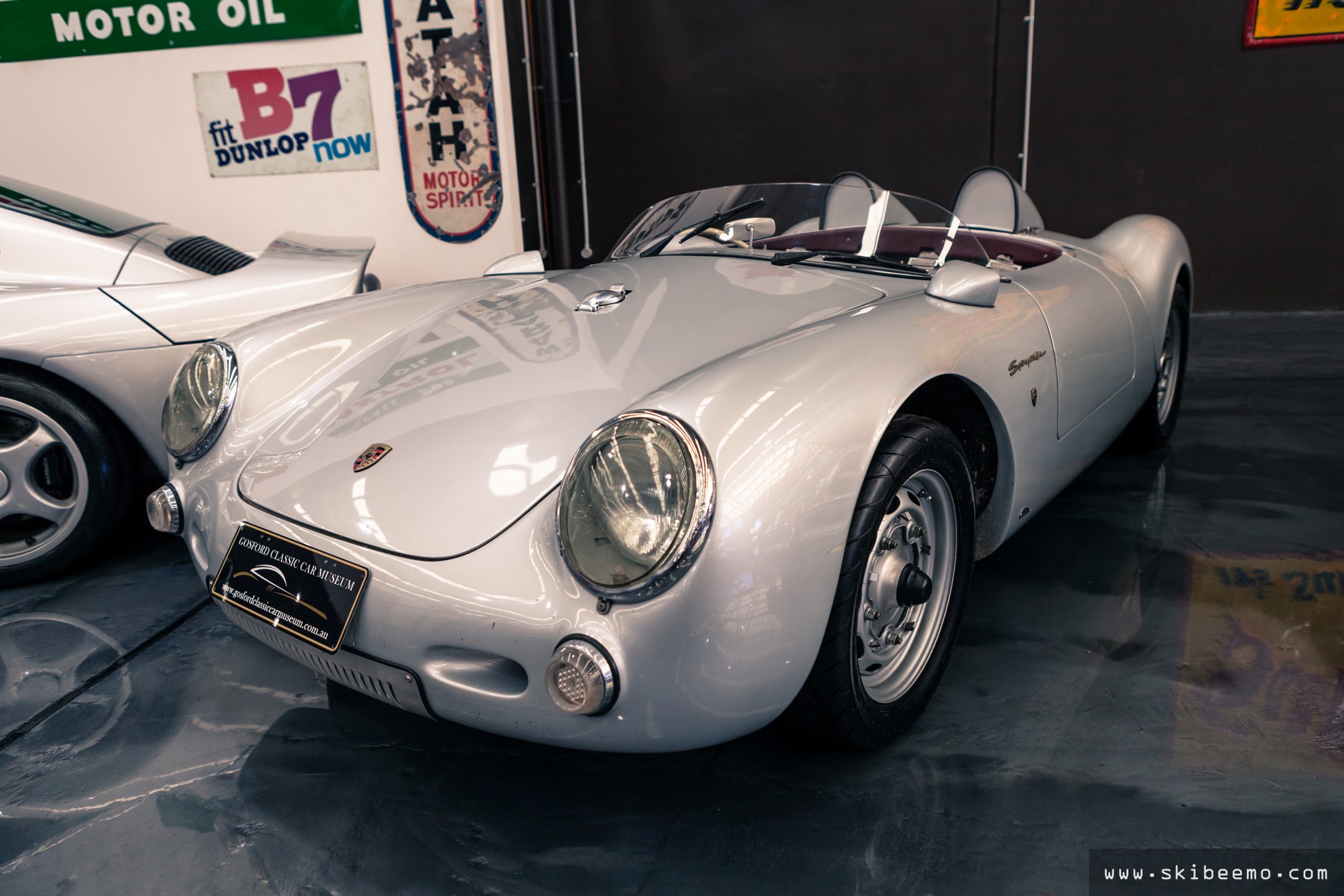


Along with my bedroom poster of the Ferrari F40 as a child, I also had a framed poster of the 319 km/h (which mind you, was the production top speed record in 1986) Porsche 959 nearby. Seeing the 959 below marked the first time I’d ever seen a real life example, so I was a tad excited.
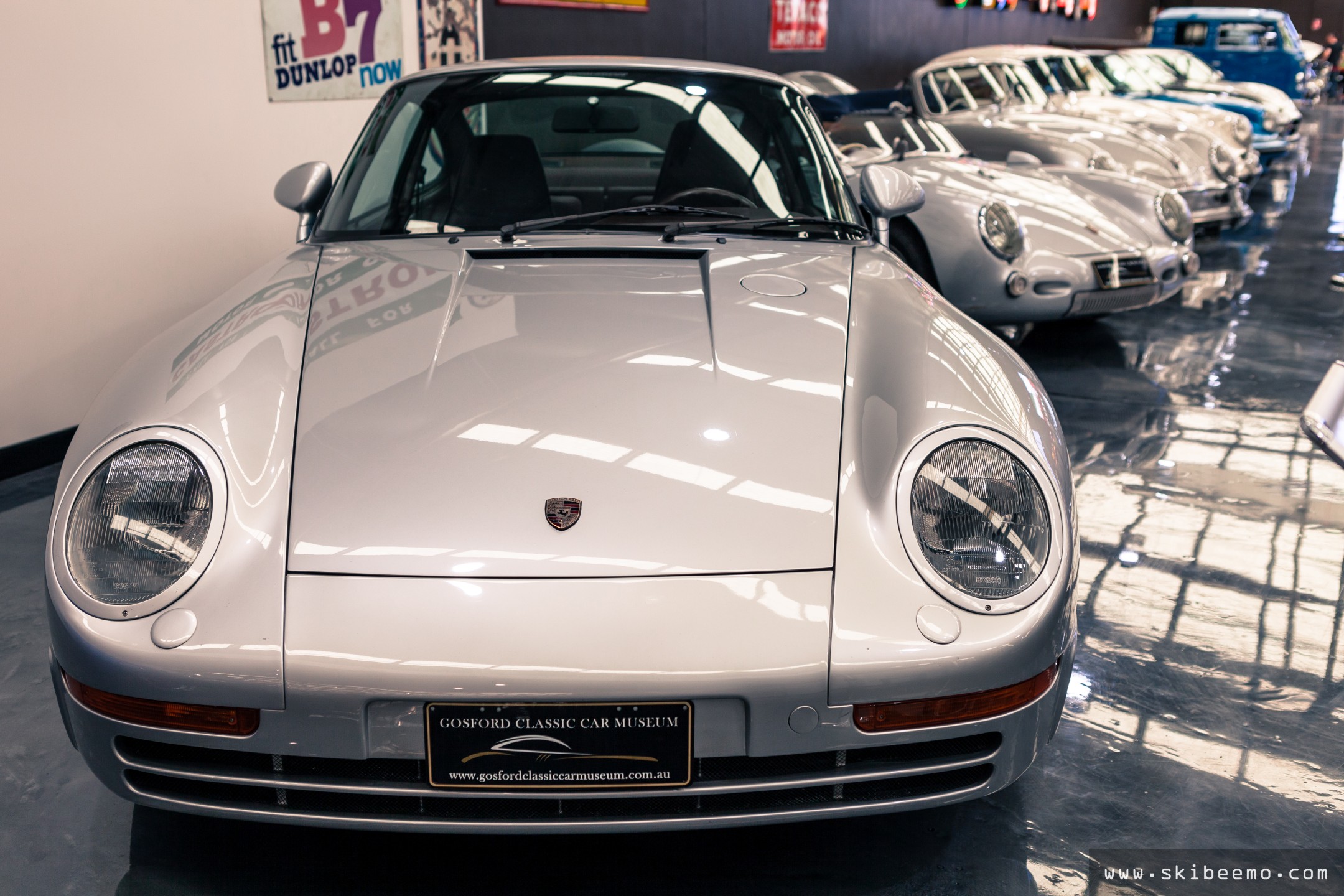
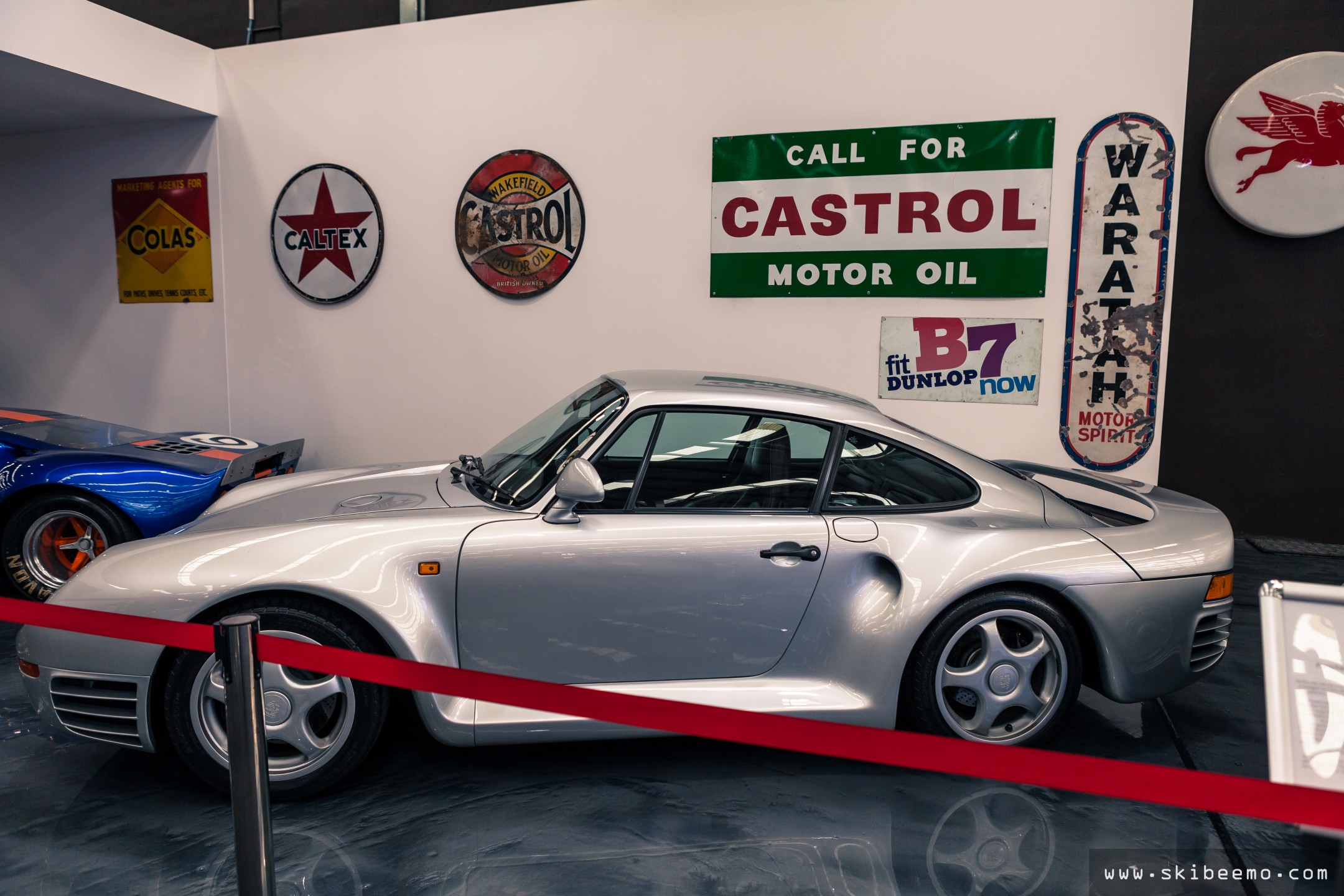
The Gosford Classic Car Musem opened its doors to visitors in May, 2016 and I recall seeing online photos of a few exhibits at the time. Amongst them were four of the Ferrari Big Five; knowing I’d get to see such automotive unicorns was all the motivation ammo required to commit to the 75 kilometre drive north of Sydney.
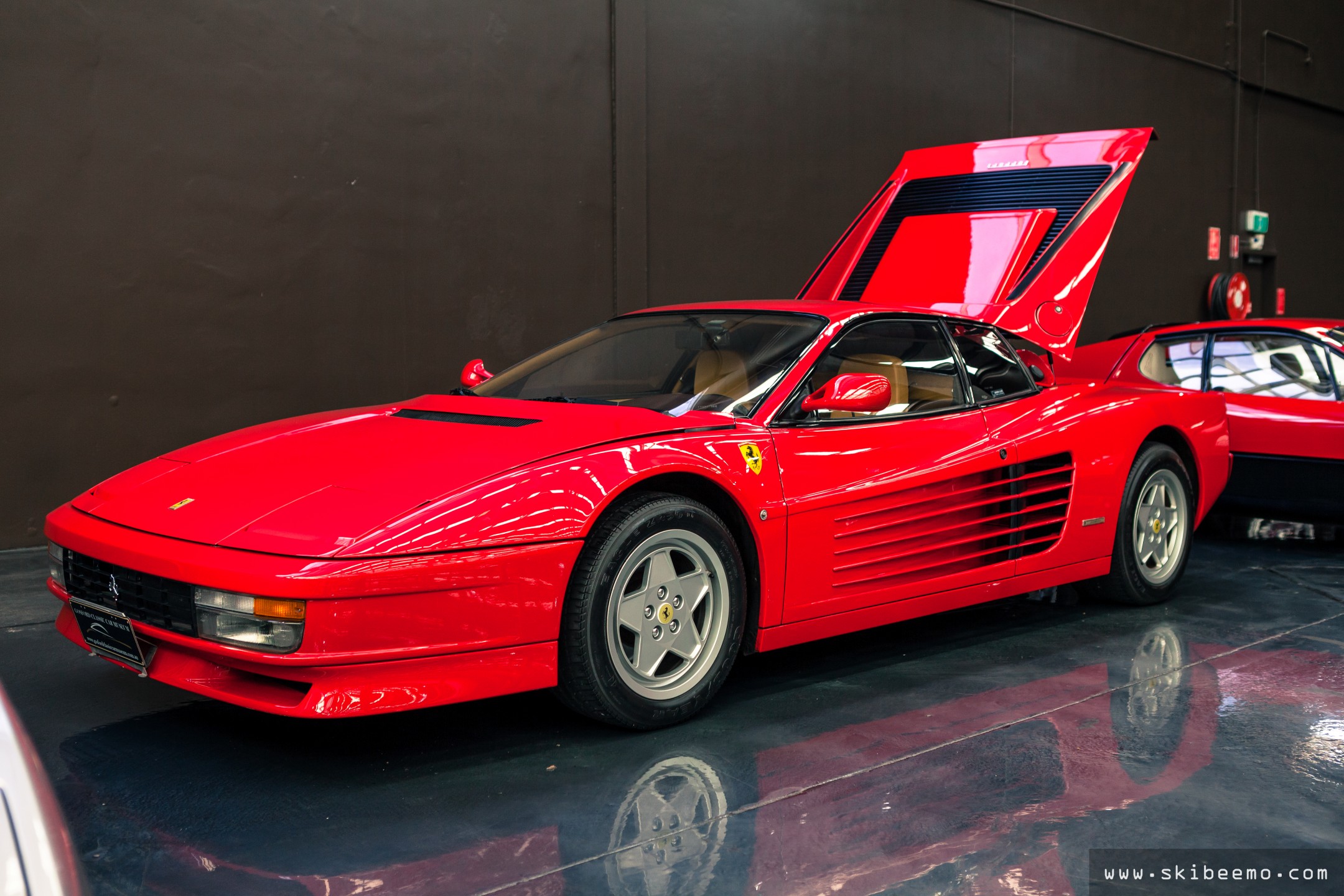
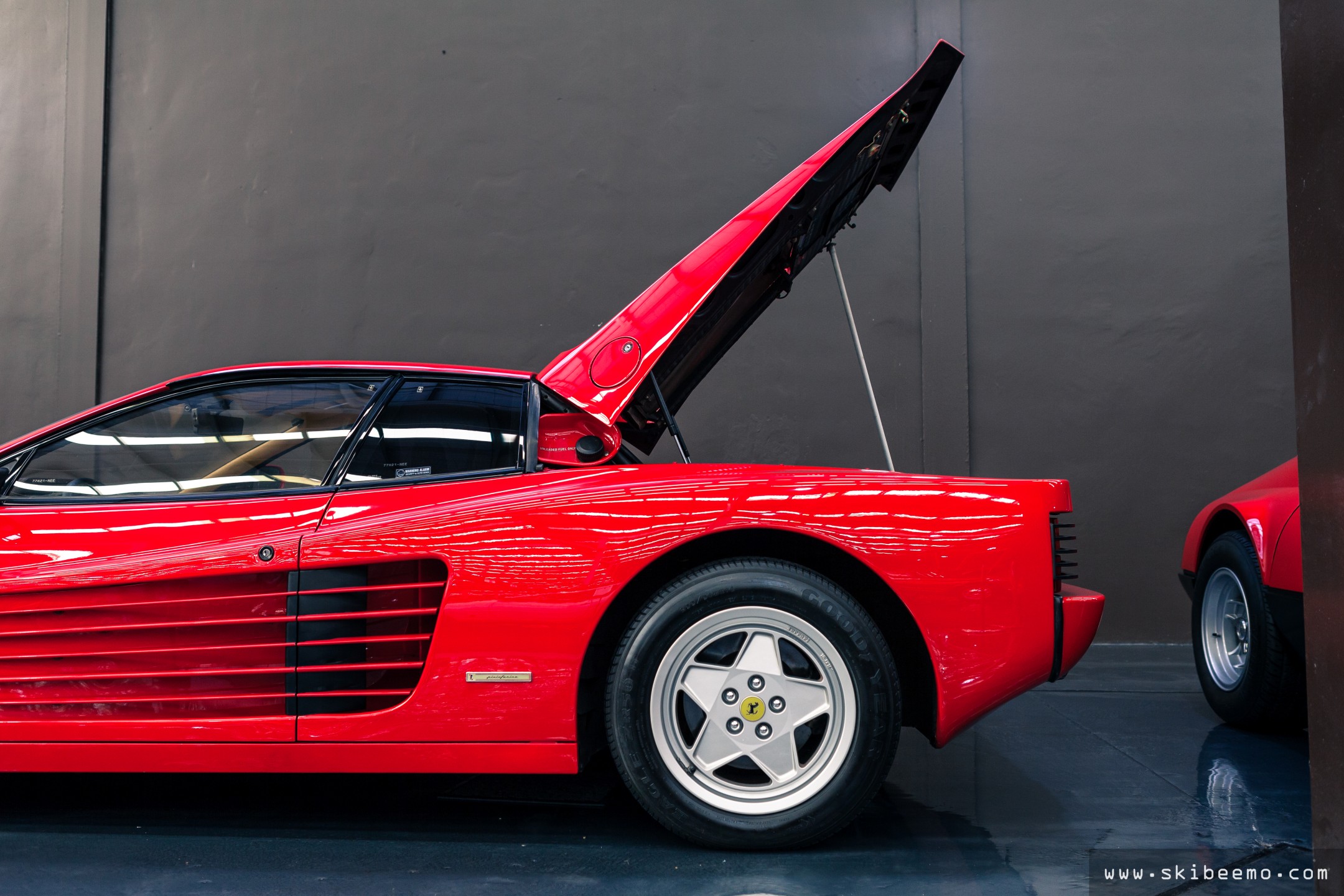
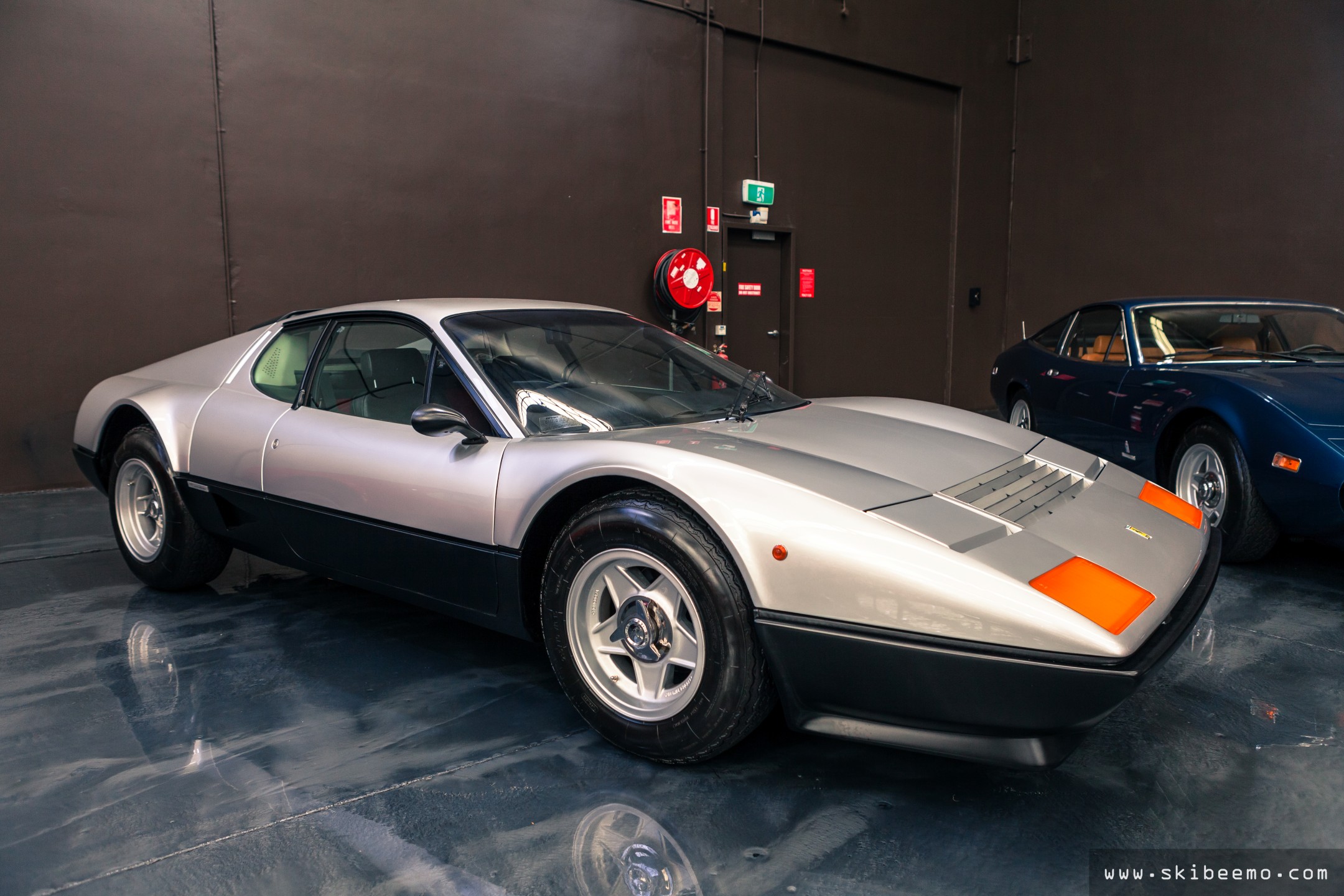
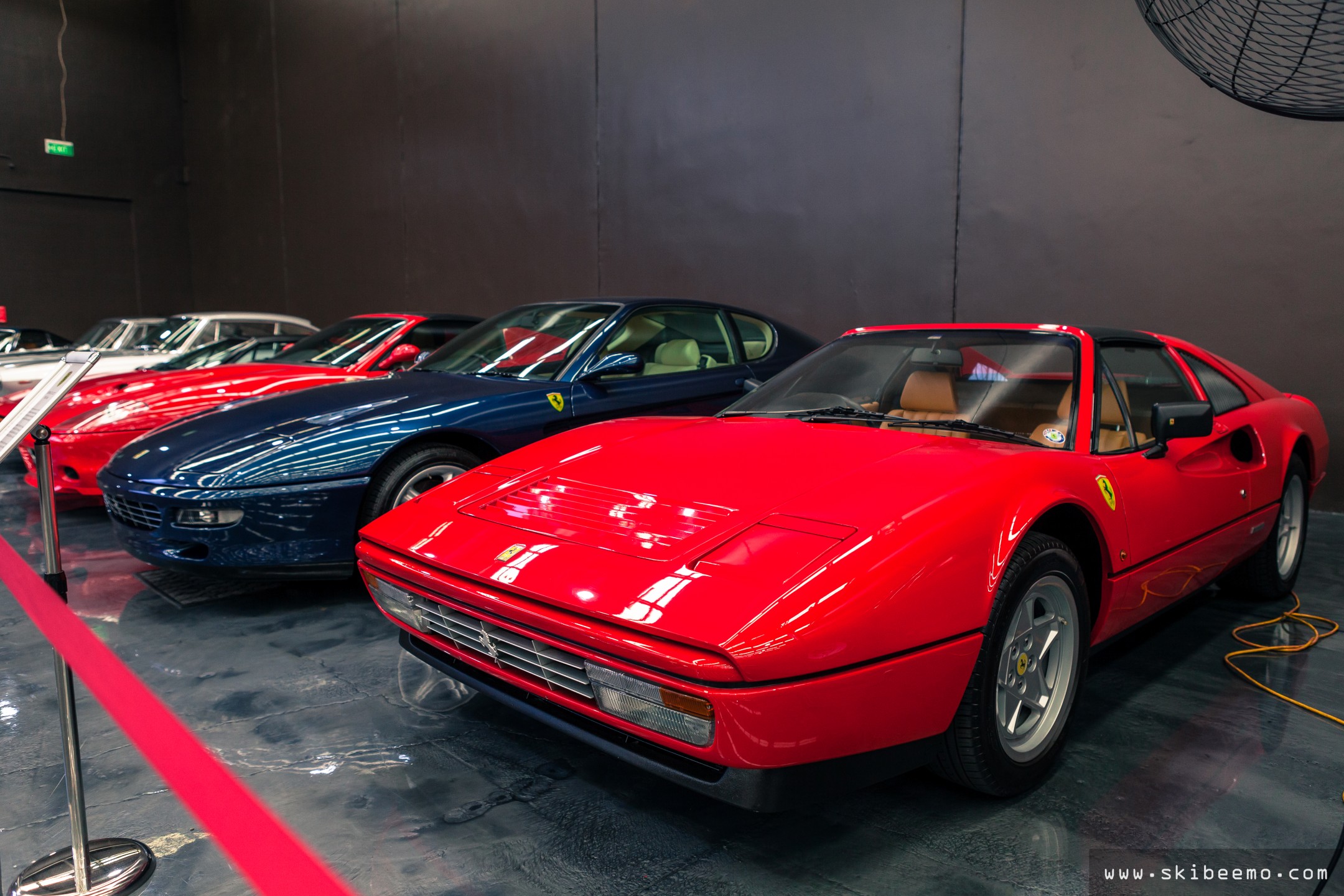
I was a bit sadden to learn that on my particular visit to Gosford, the Ferrari 288 GTO, F40, F50, Enzo and LaFerrari were nowhere to be seen. Despite this, there was still a decent line up of Cavallino Rampante badge vehicles from all decades – the 250 Testa Rossa (replica), 250 GTE and 575M Superamerica to name a few.
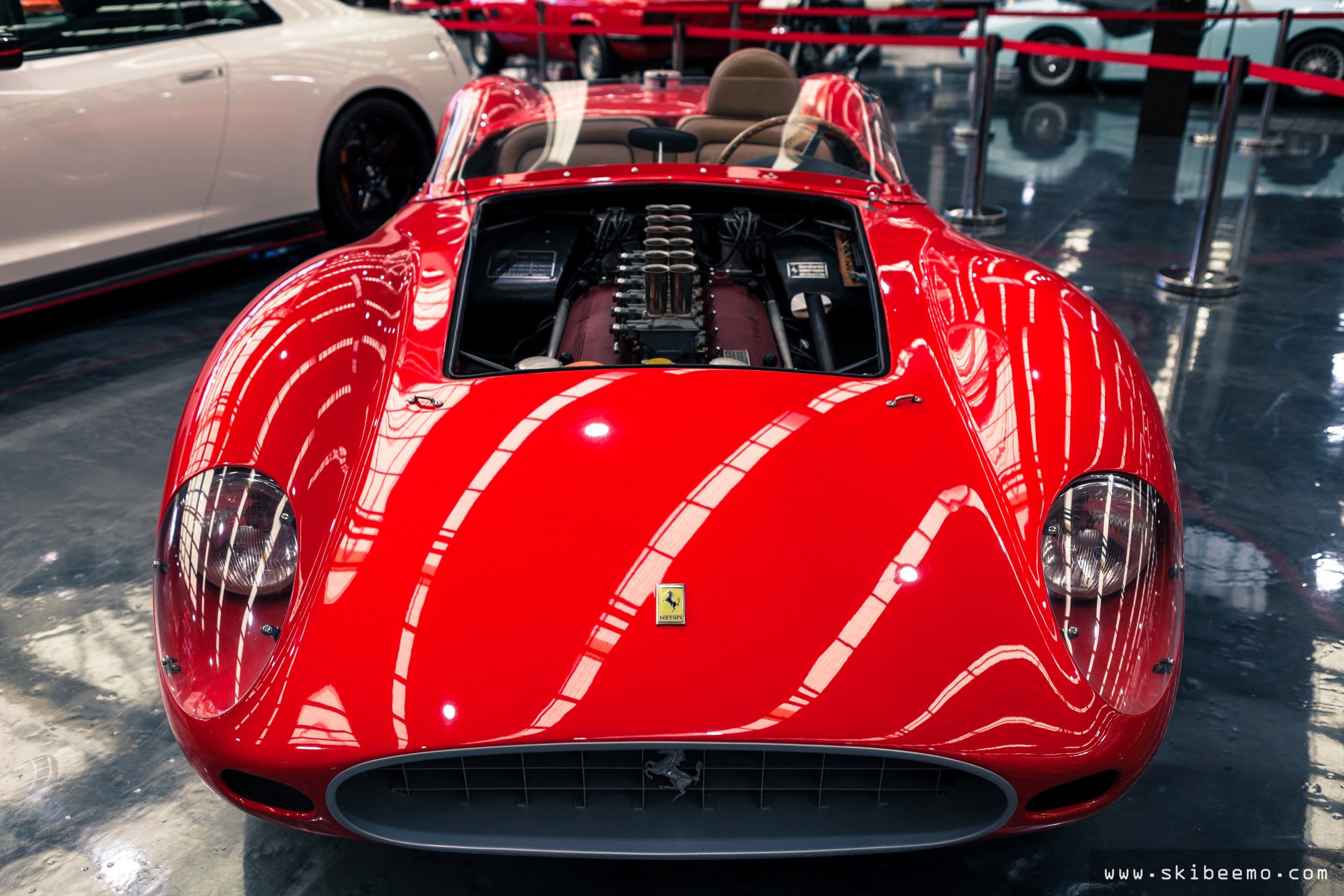
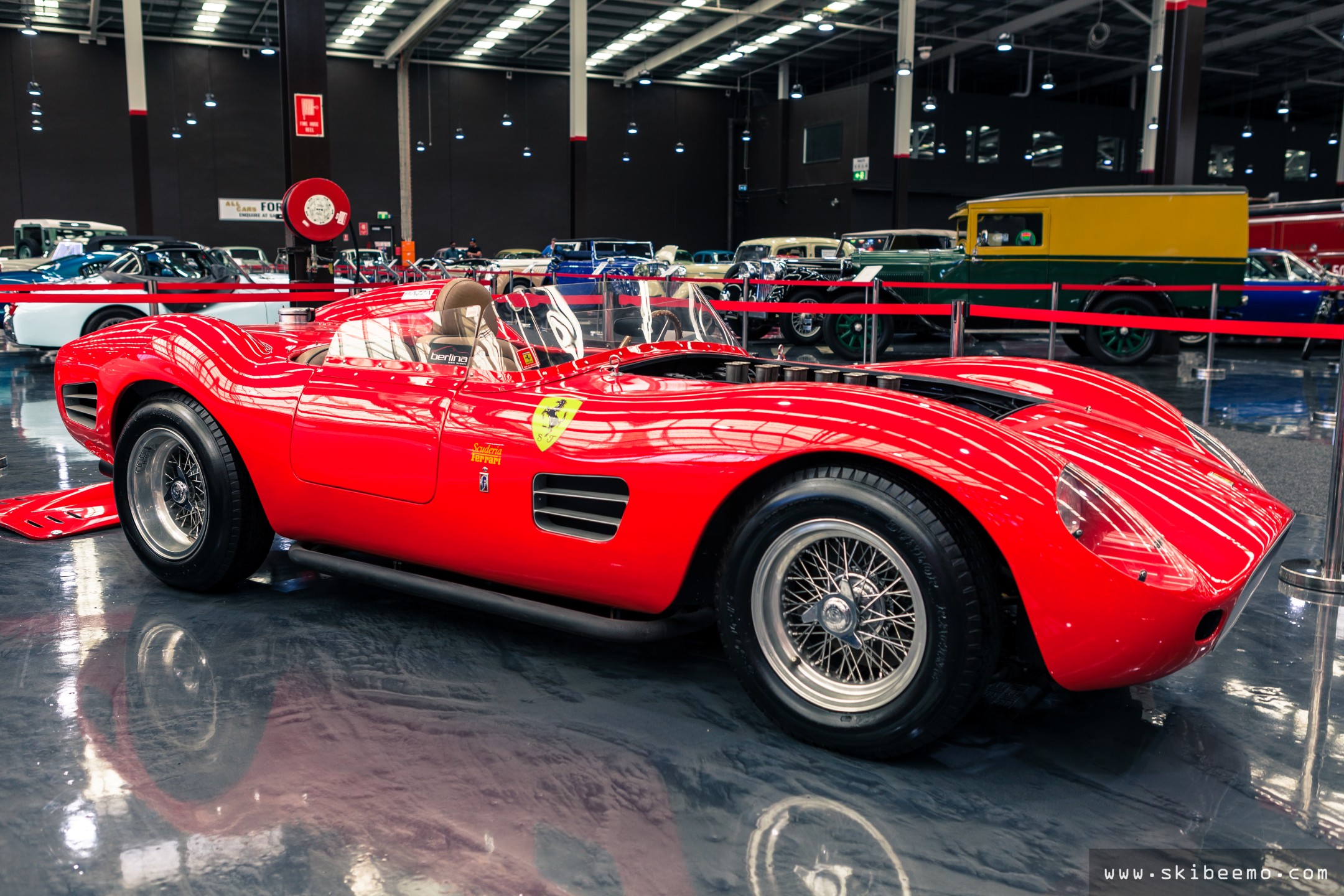
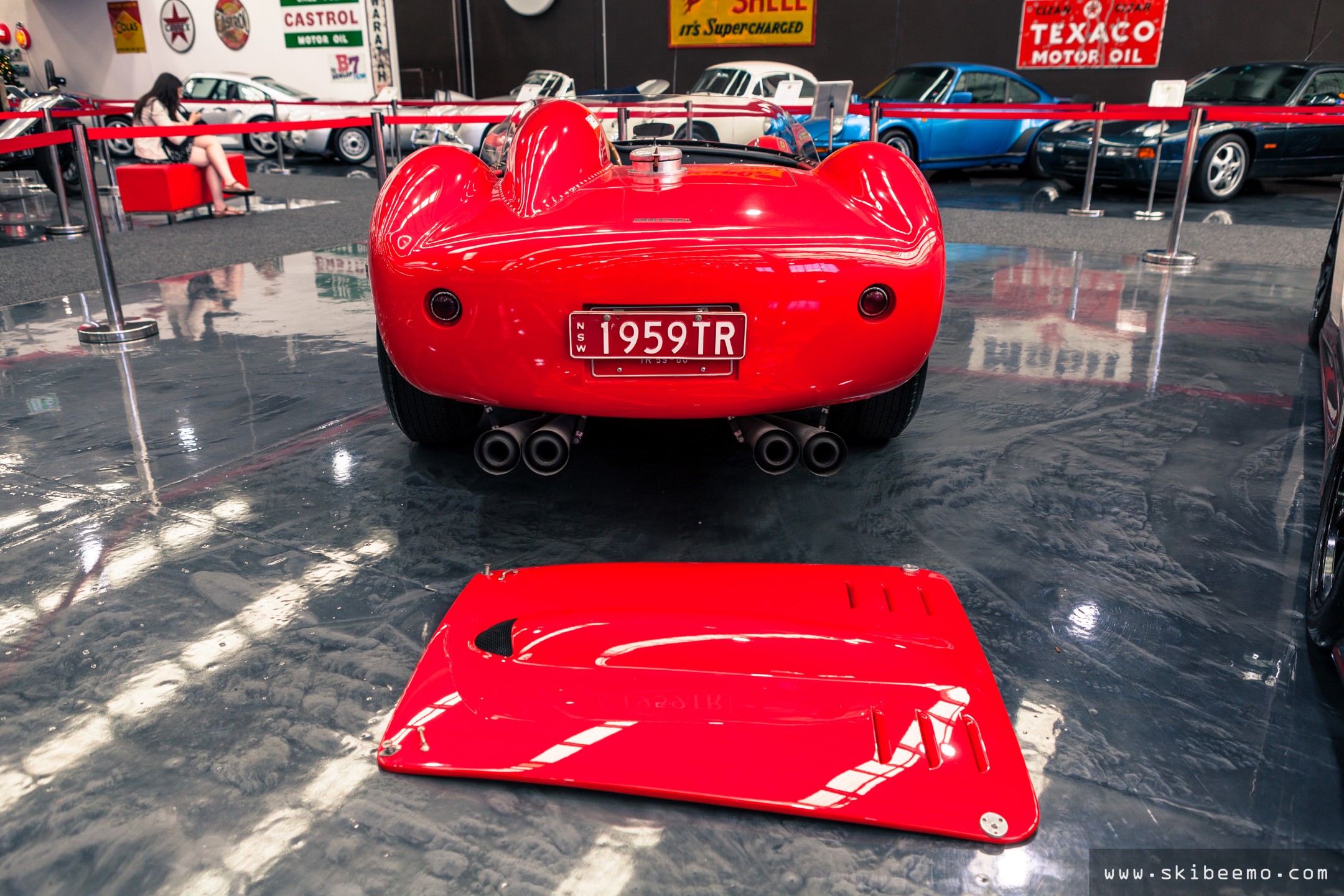

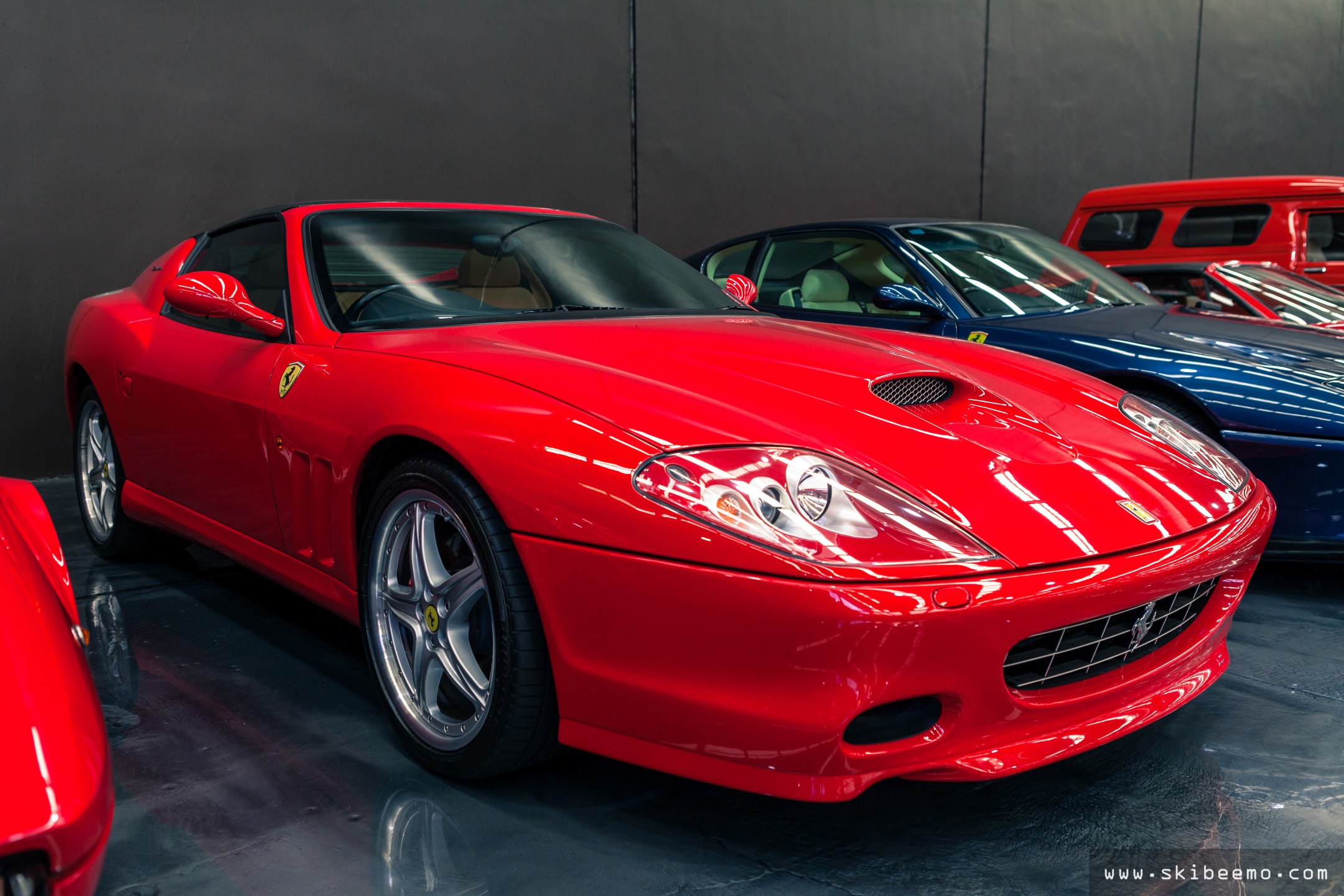
Ferruccio Lamborghini – who founded Automobili Lamborghini in 1963 – established the Sant’Agta Bolognese-based company as retaliation to the poor service he received from Enzo Ferrari after complaining to him about the issues he was experiencing with his ’58 Ferrari 250GT. In the mid-sixties, Lamborghini established the mid-engine layout with the debut of the Miura – which many including myself consider to be the most beautiful Lamborghini and if not, the most beautiful automobile to have ever been created. The mid-engine layout has been universally adopted and executed in almost every supercar post the Miura’s introduction; but similar to the F40 et al. above, was nowhere to be seen on my visit to Gosford. Lamborghini models from past to present always features bold, aggressive and sharp design languages – allowing them to always look dramatic even when static. The V8-powered Jalpa and V12-powered Diablo SV and Countach 5000QV were no exception; I could stare at these cars for hours on end and still feel delighted.
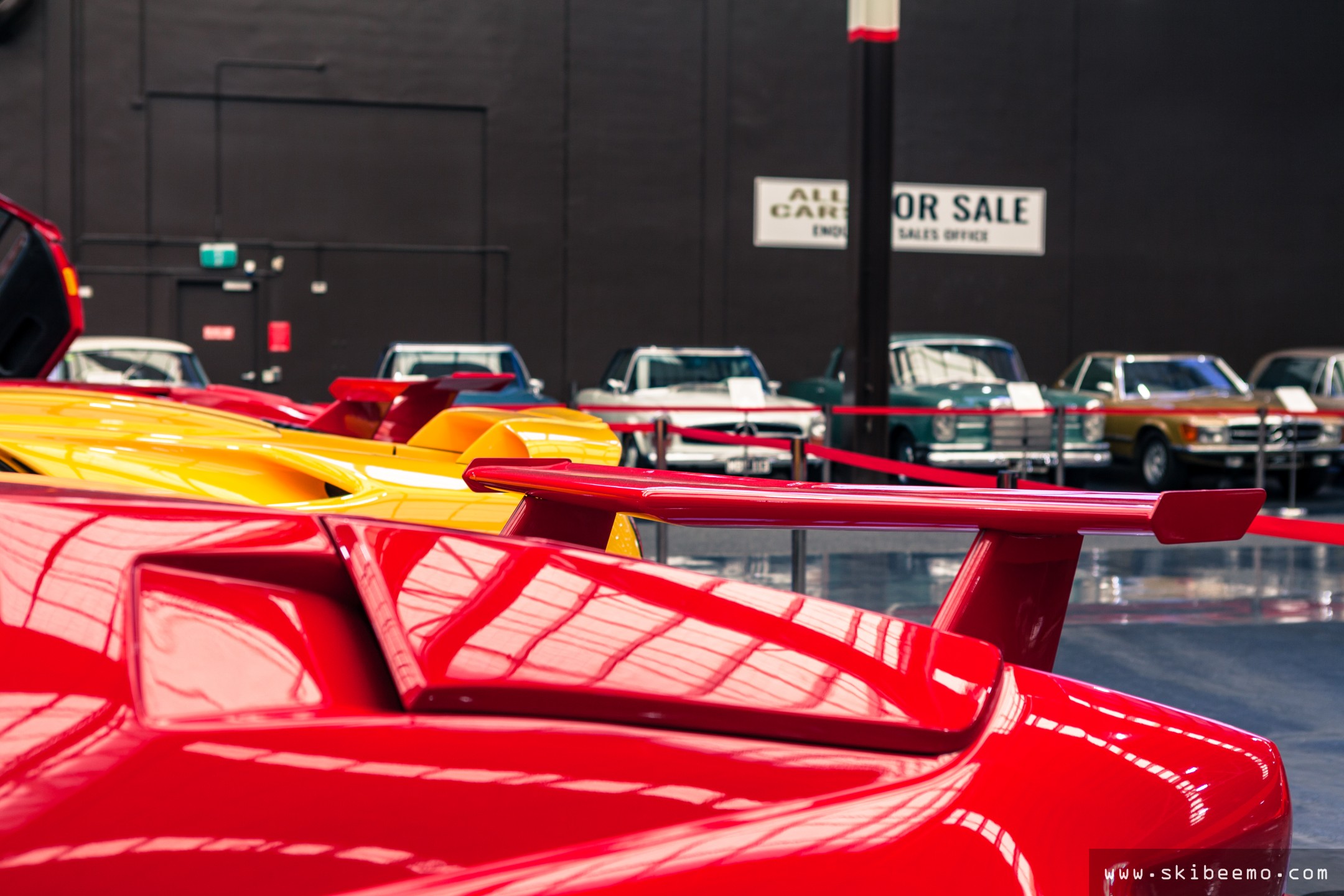
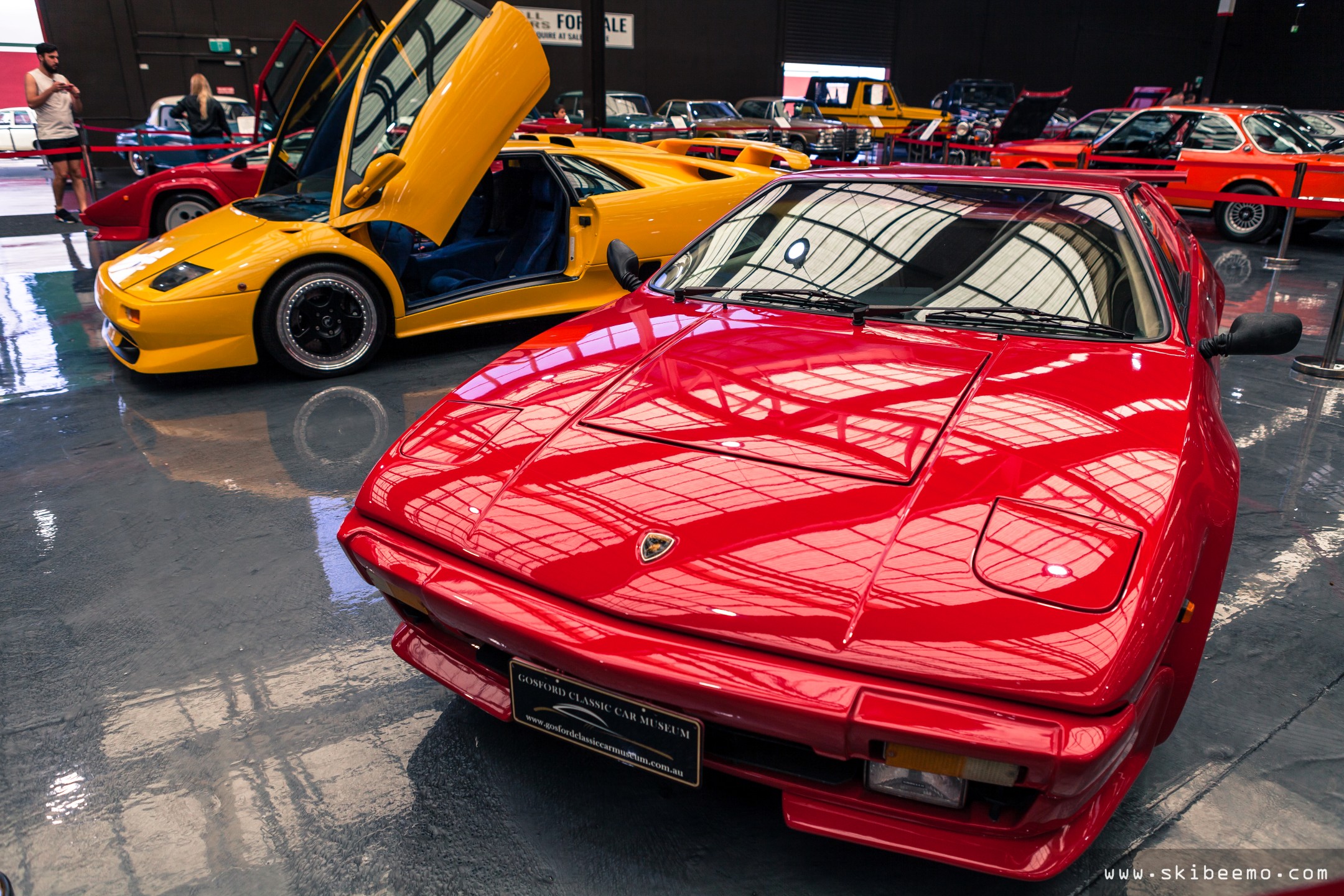
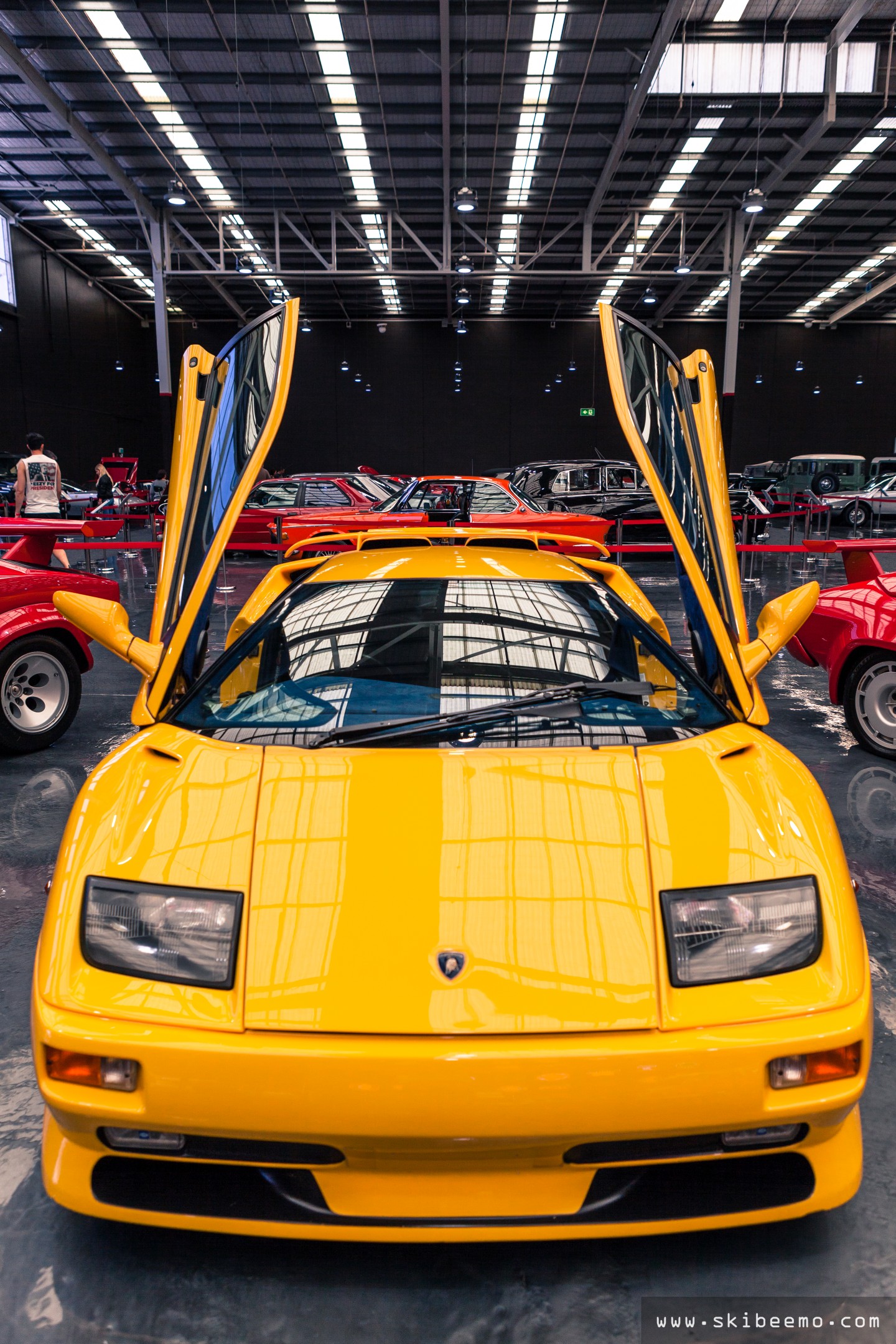
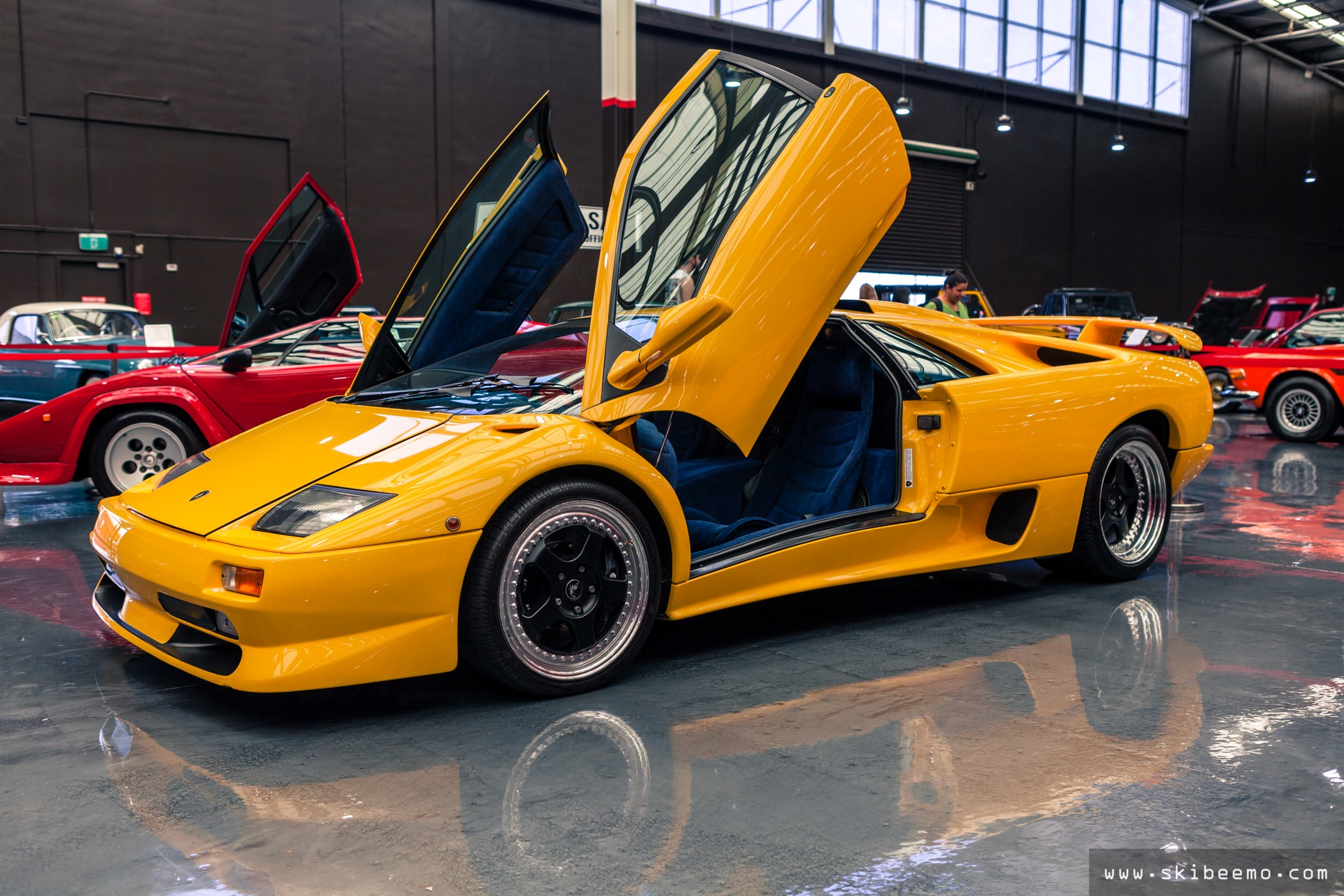
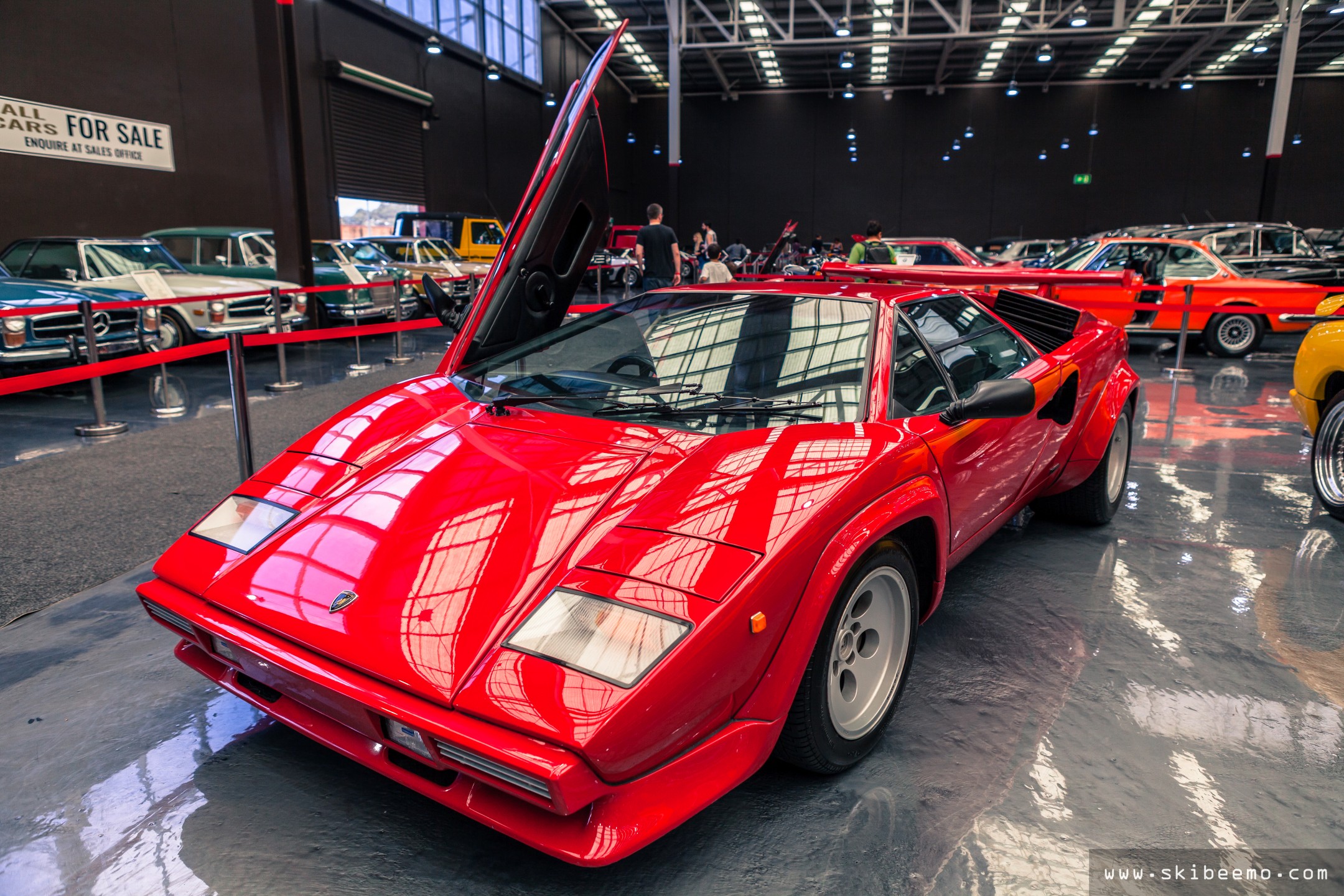
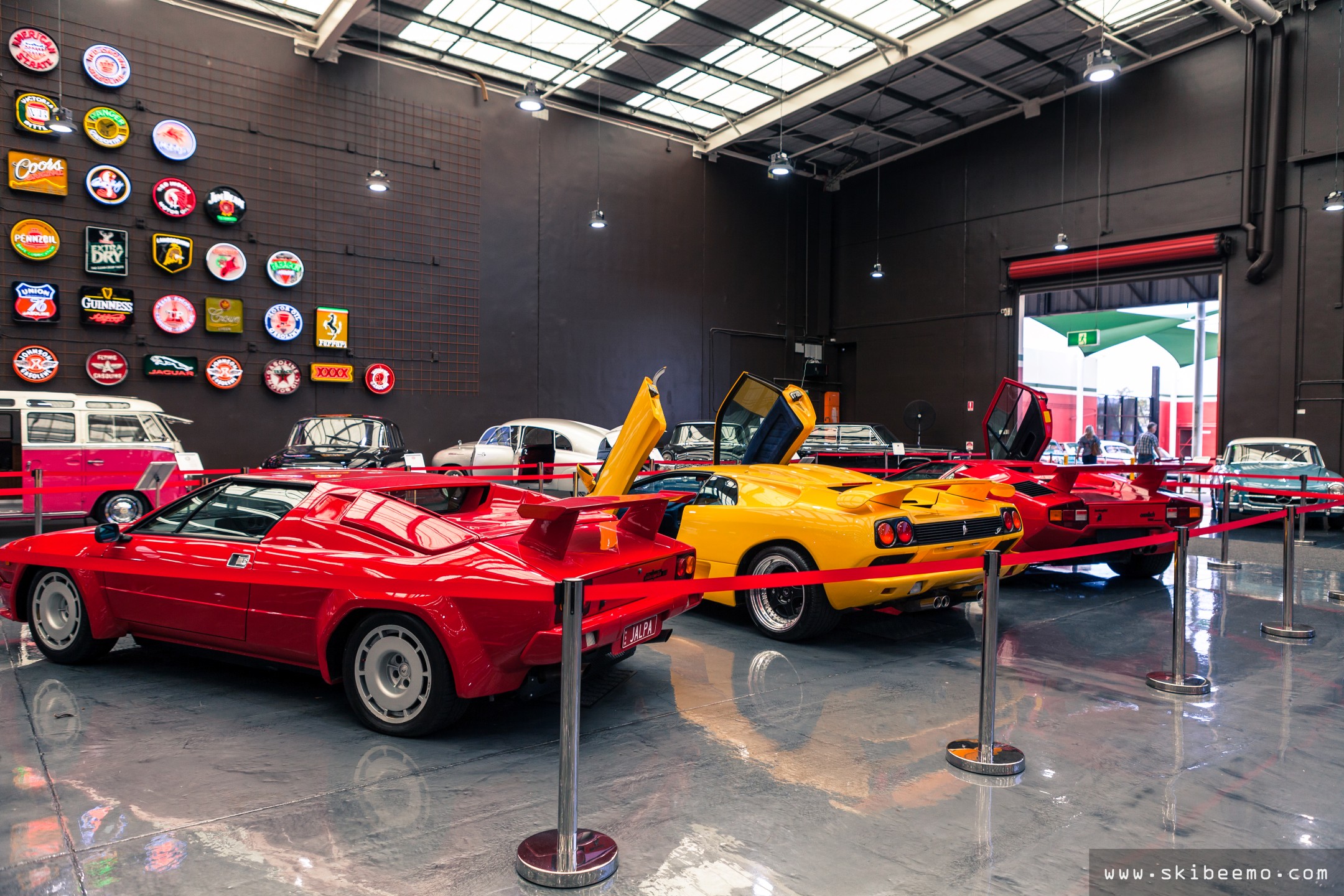
At this point, I should mention that there is a solid reason why most of the vehicles I purposely came to see were not present; they’ve been sold. If those reading ever get a chance to visit the Gosford Classic Car Museum in the future, there’s a good chance that you too may not see some of the cars pictured here. The Gosford Classic Car Museum is truly unique in that the entire collection is owned by one gentleman and all of the vehicles on display are for sale. Although the end result means you might be disappointed on your visit as you may not get to see the cars you were expecting – due to vehicles consistently moving via new acquisitions and sales – your subsequent visits to the venue may result in seeing new and different vehicles, a trait uncommon amongst other more traditional automotive museums.
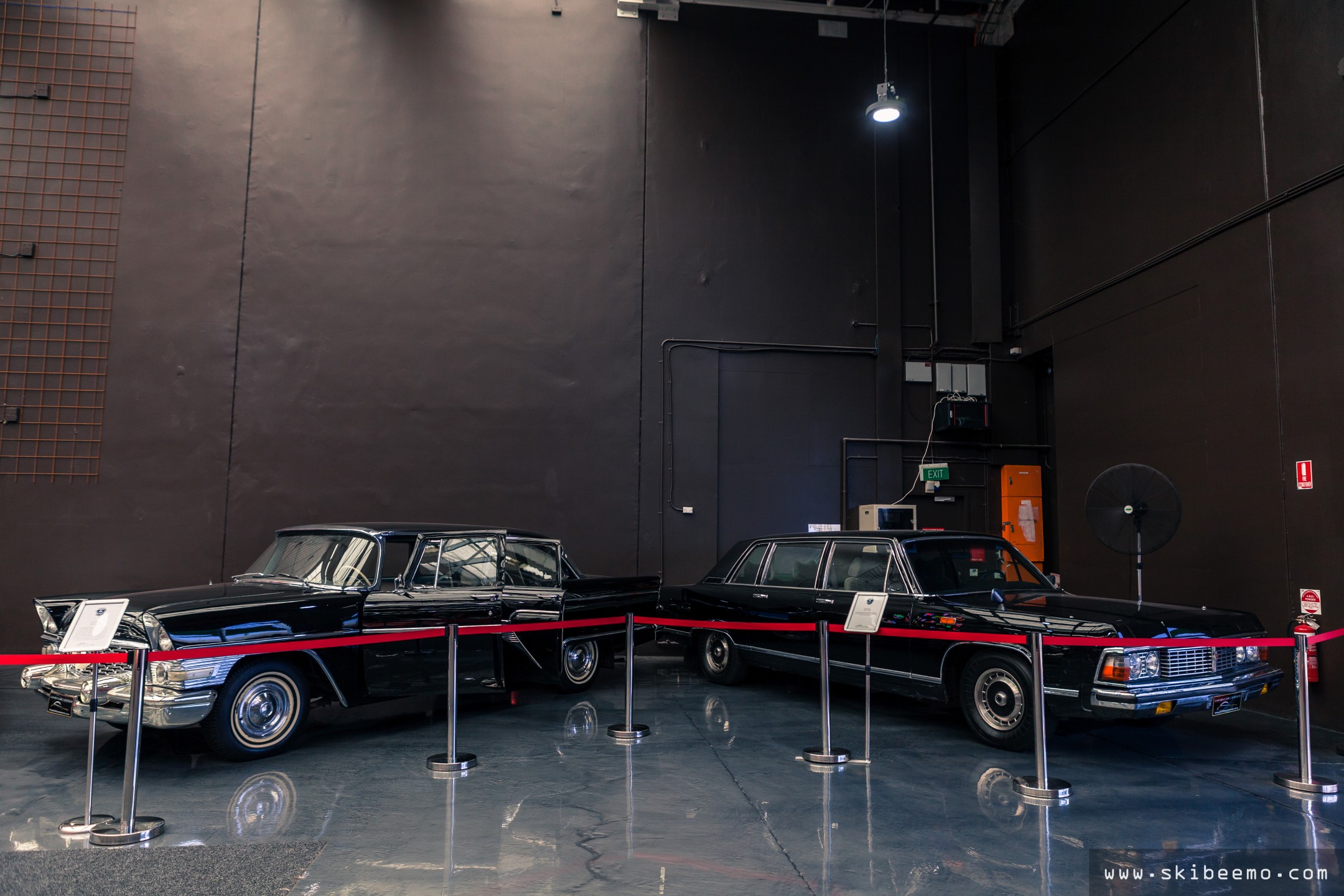
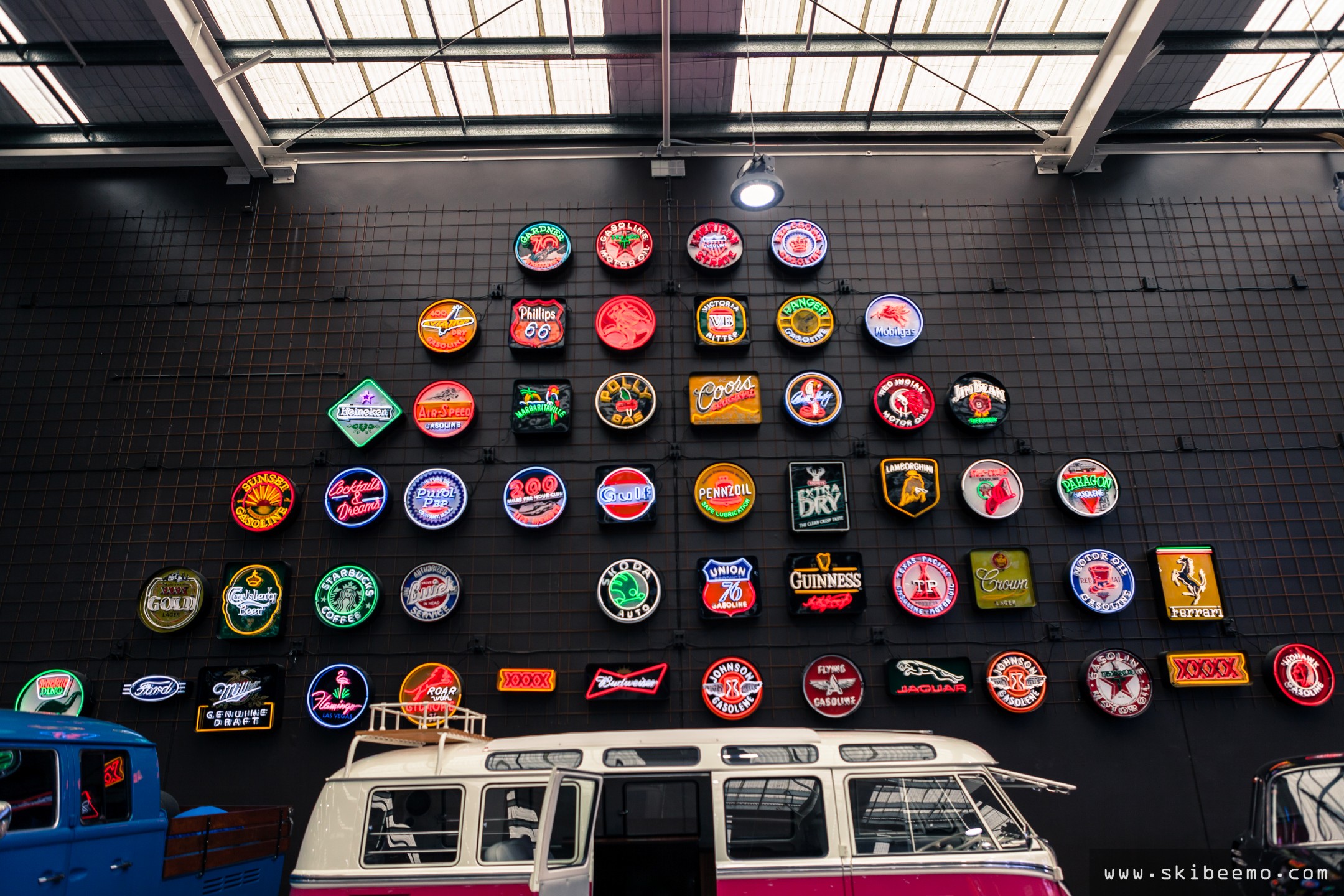
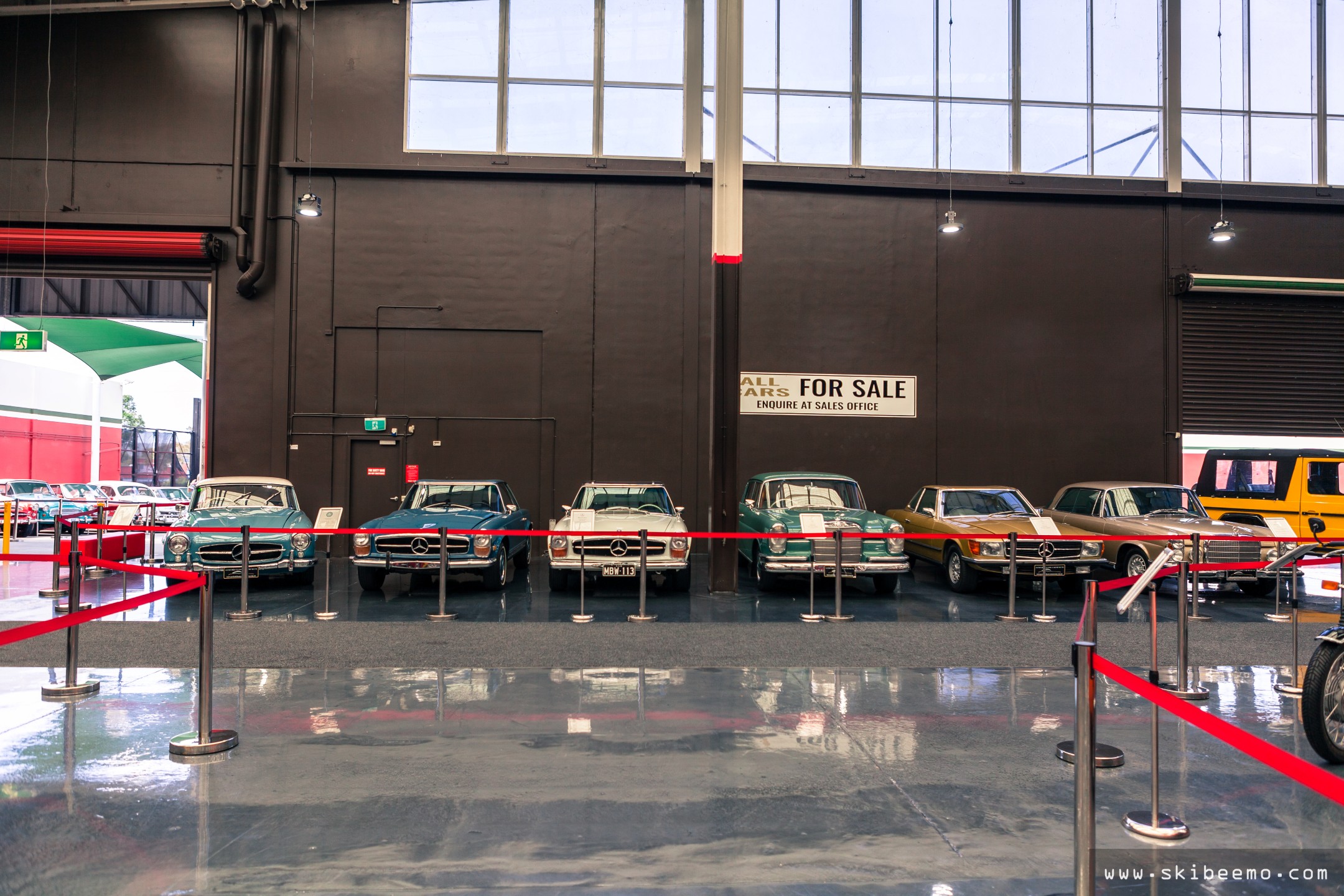
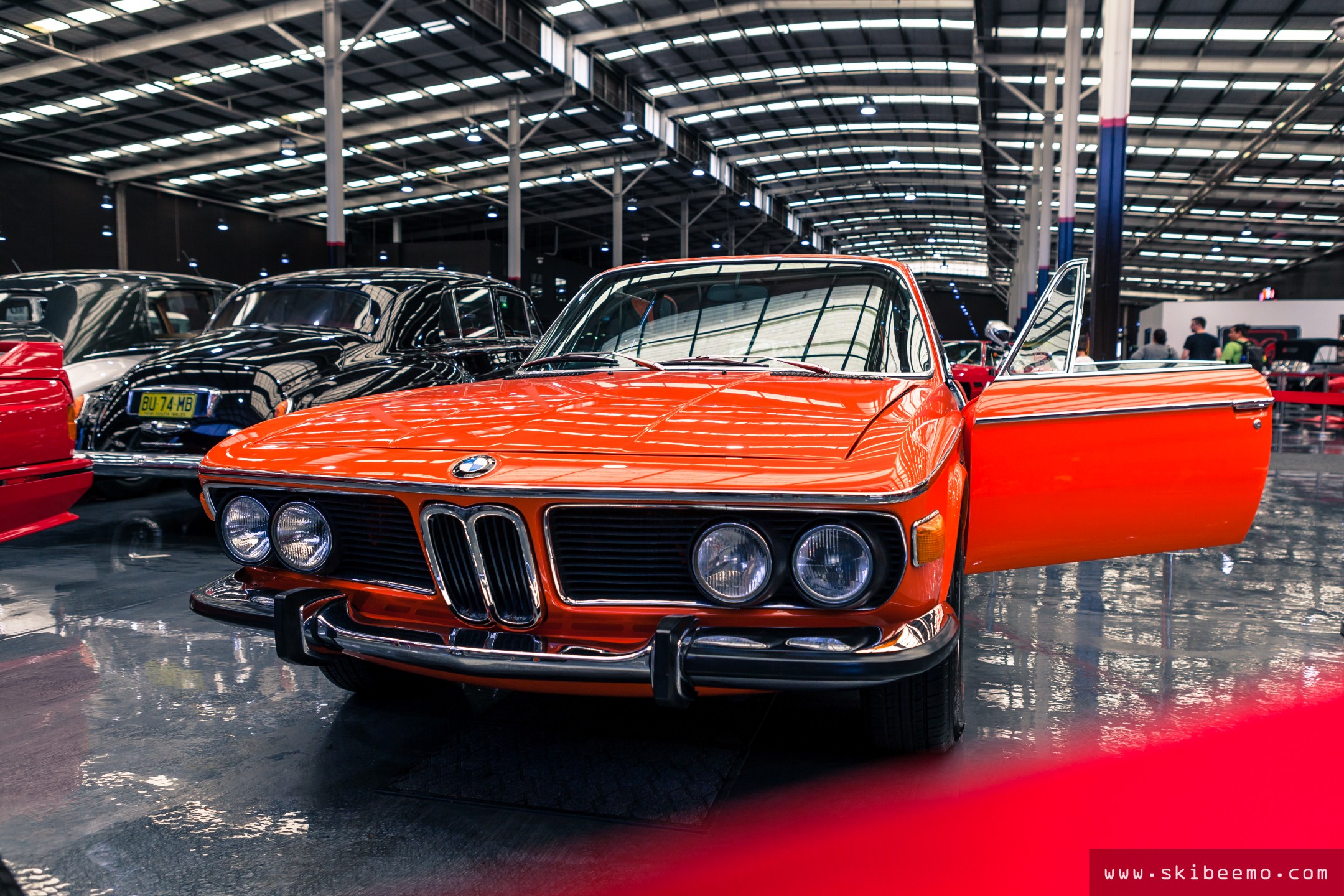
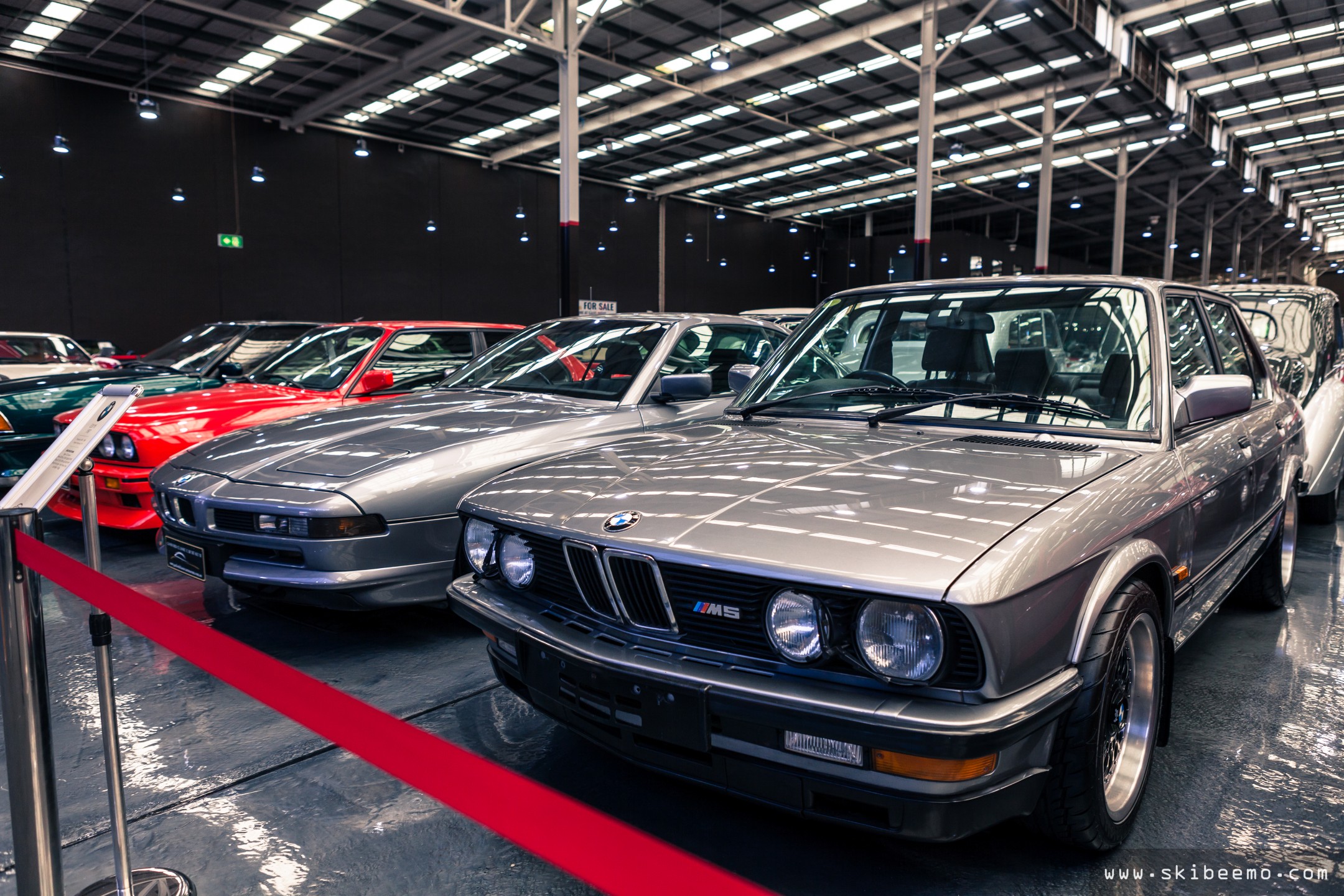
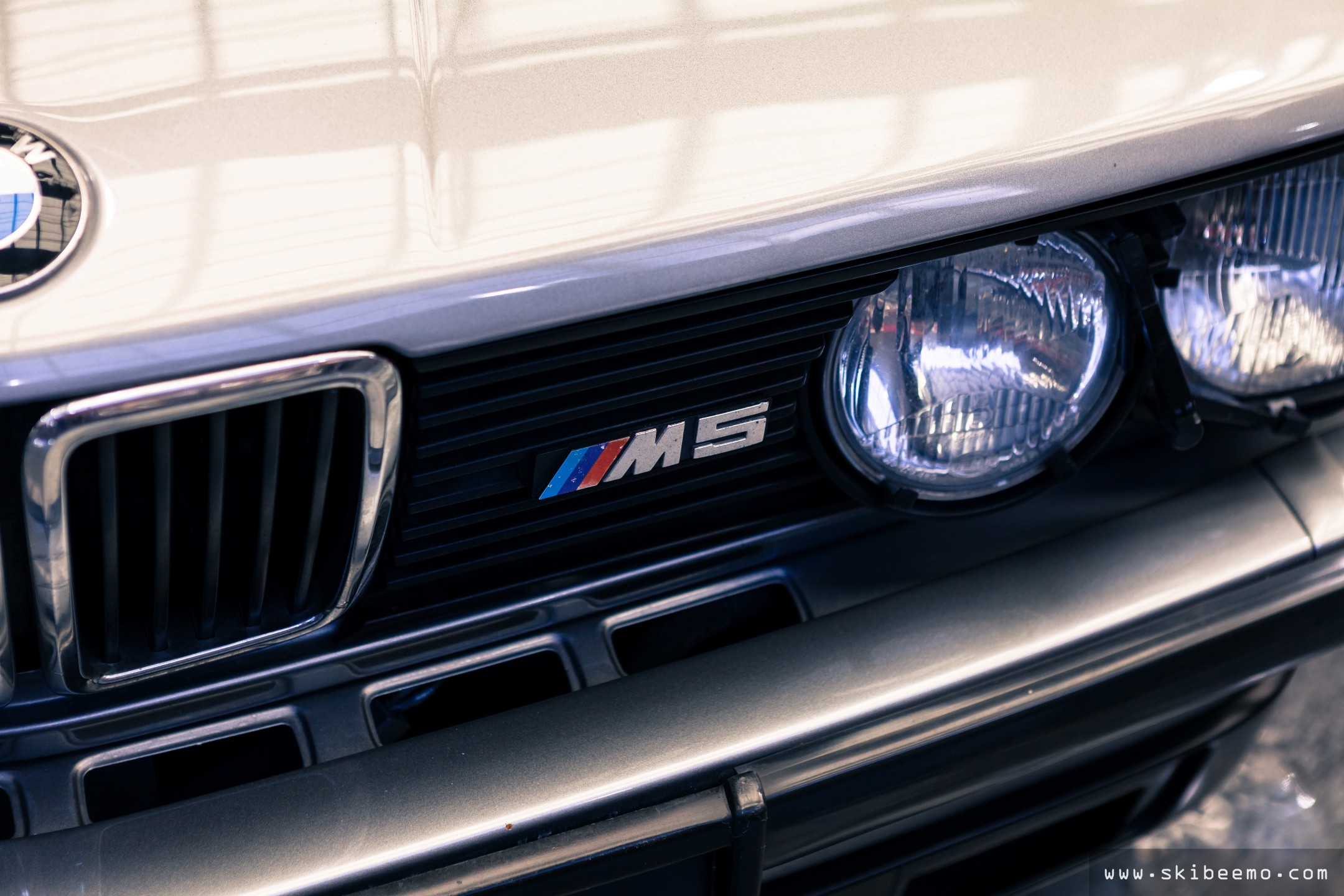


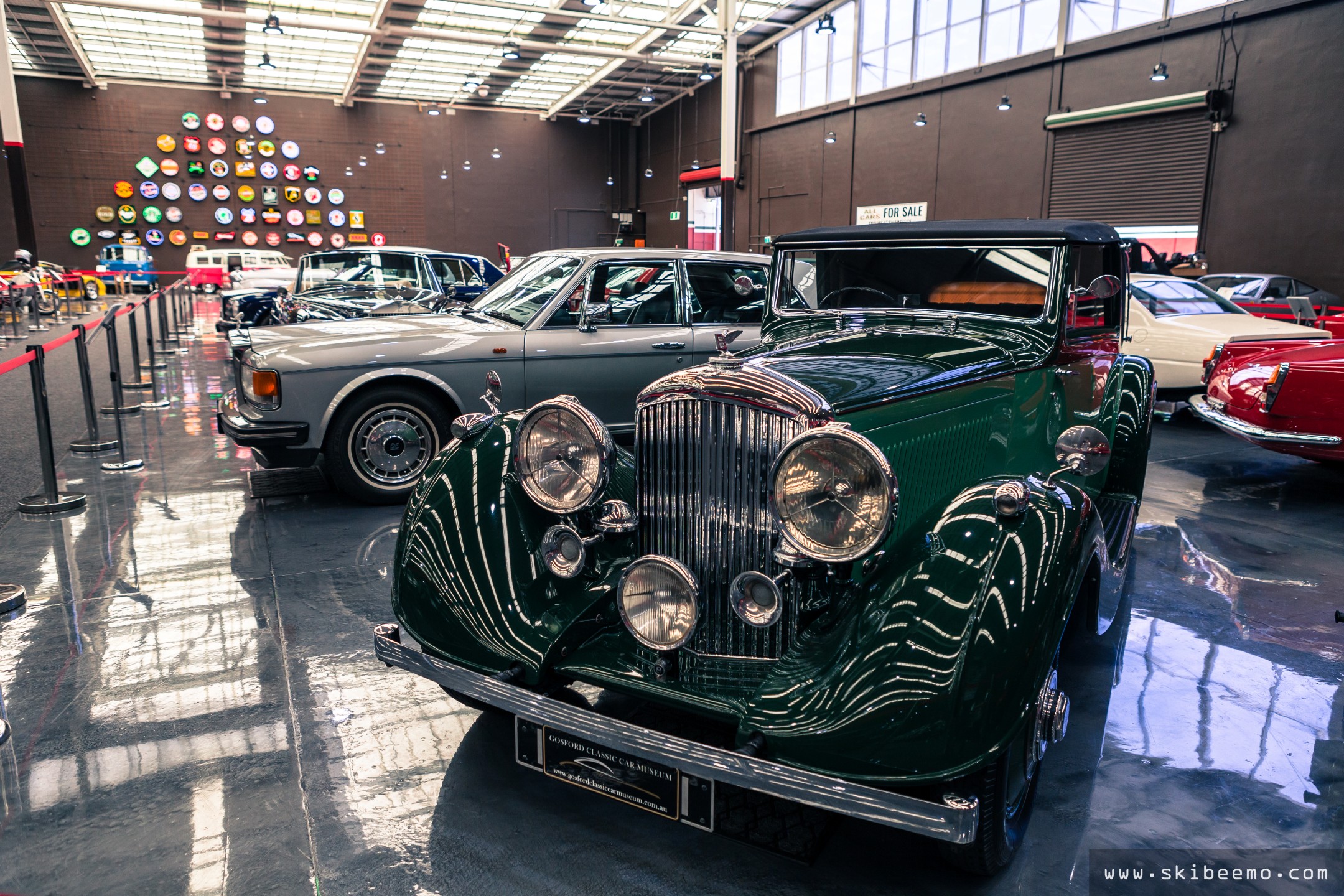
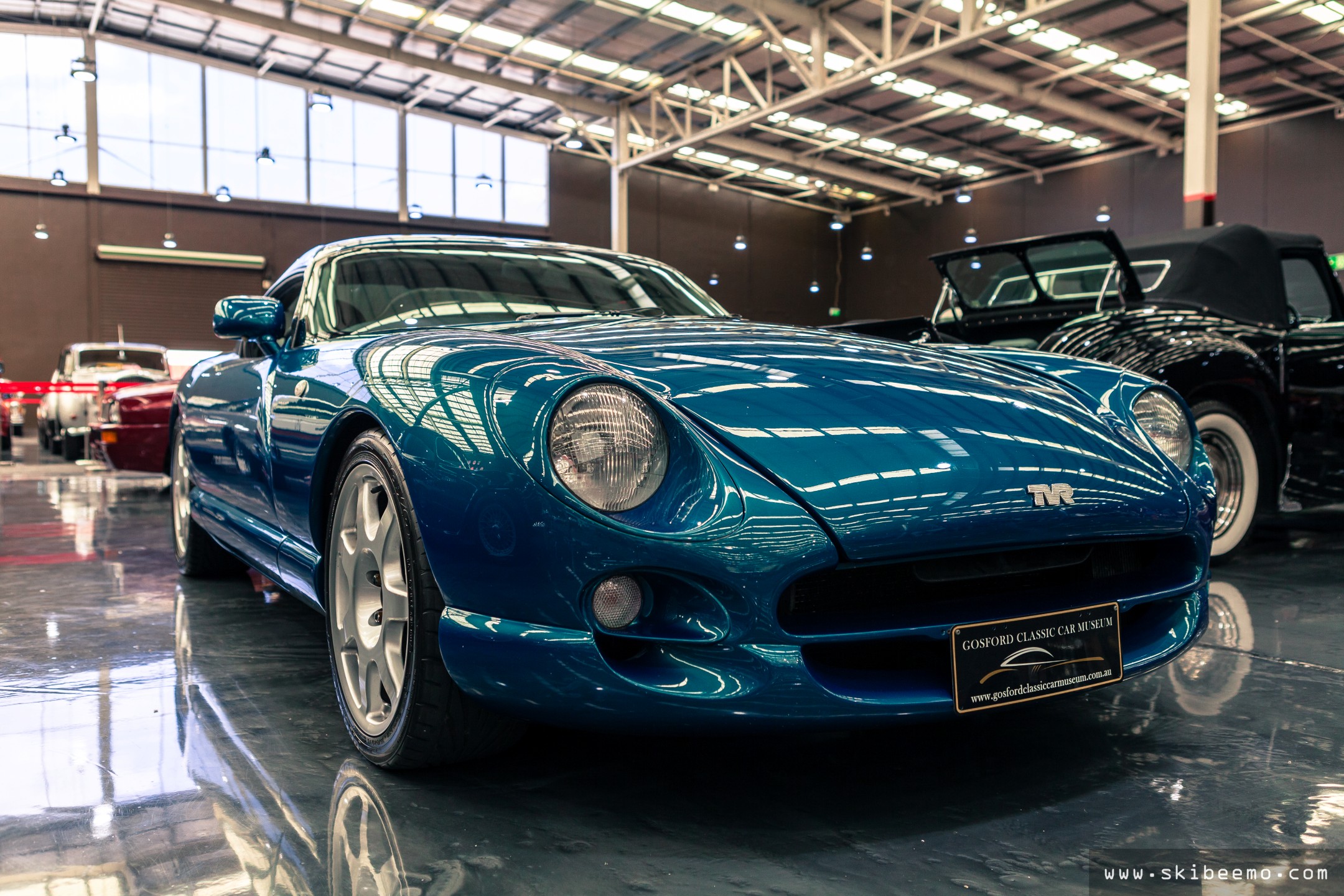
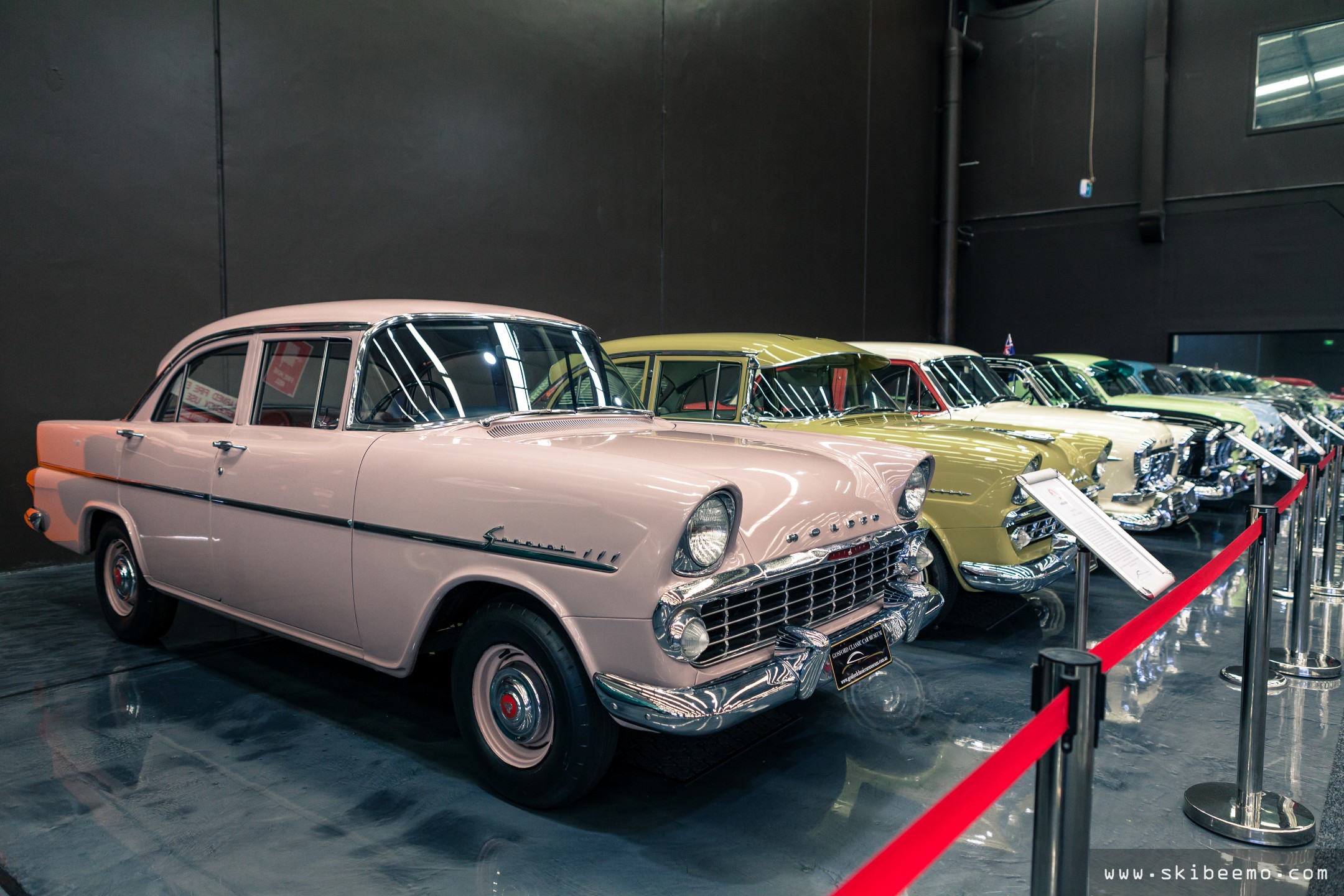
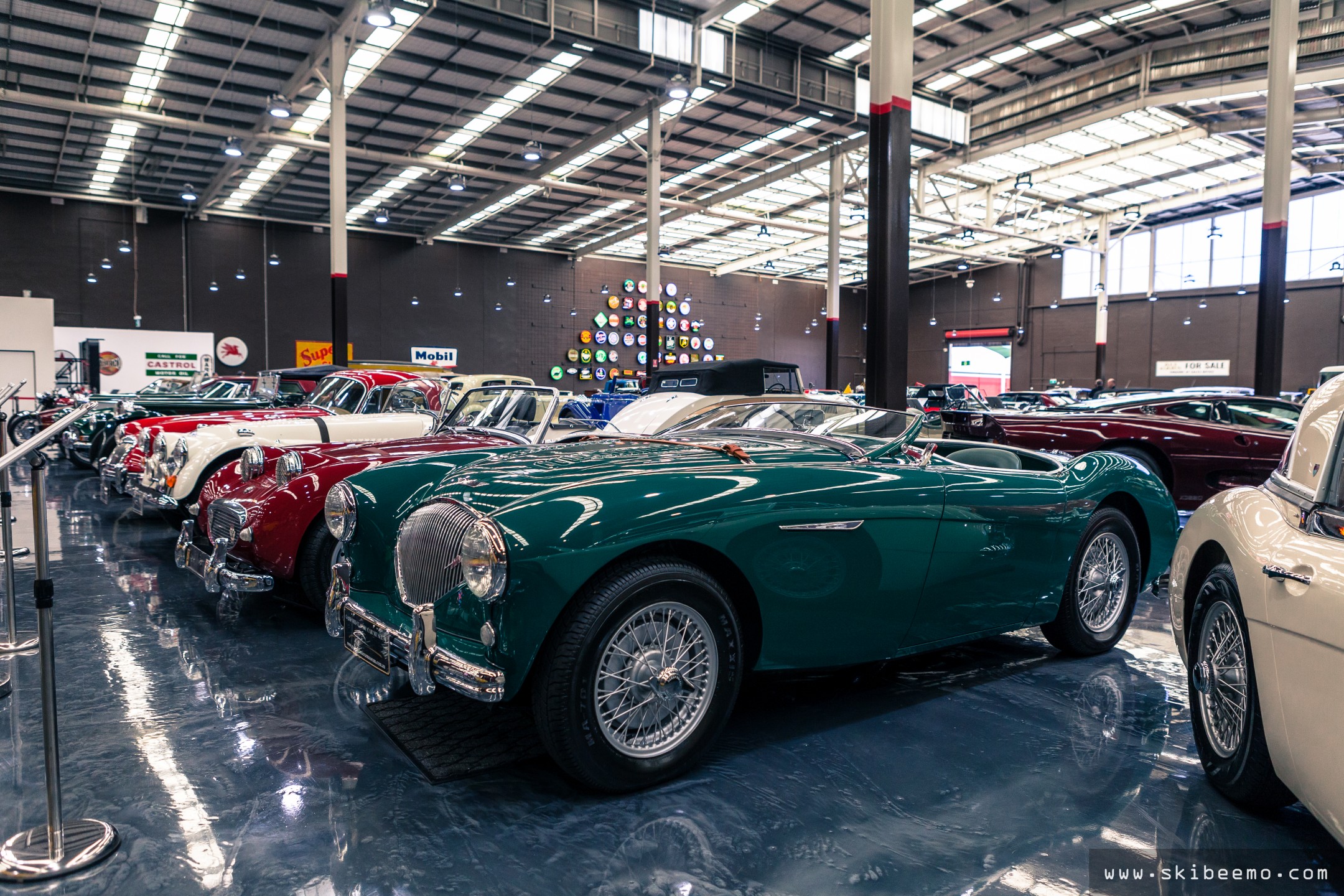
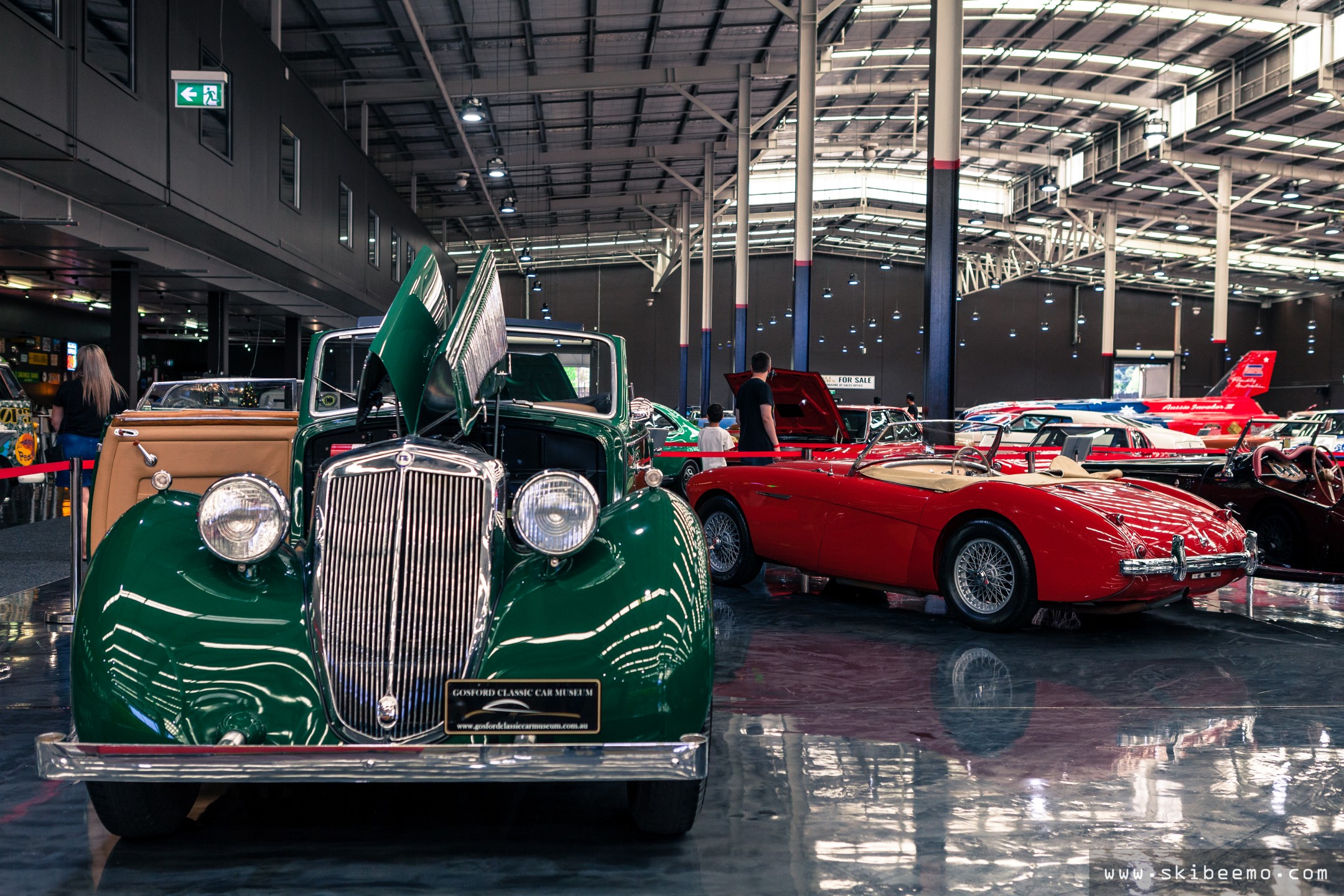
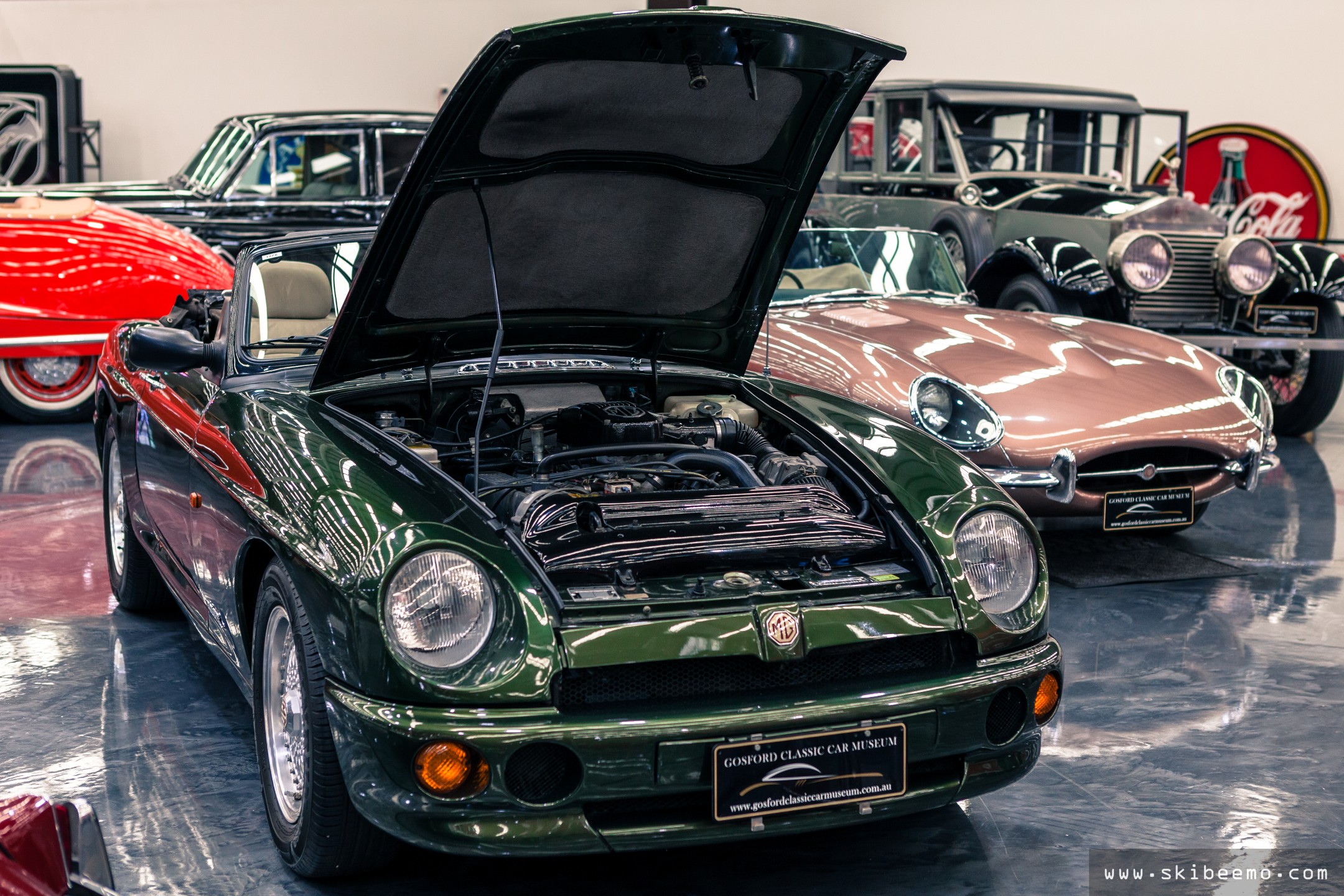
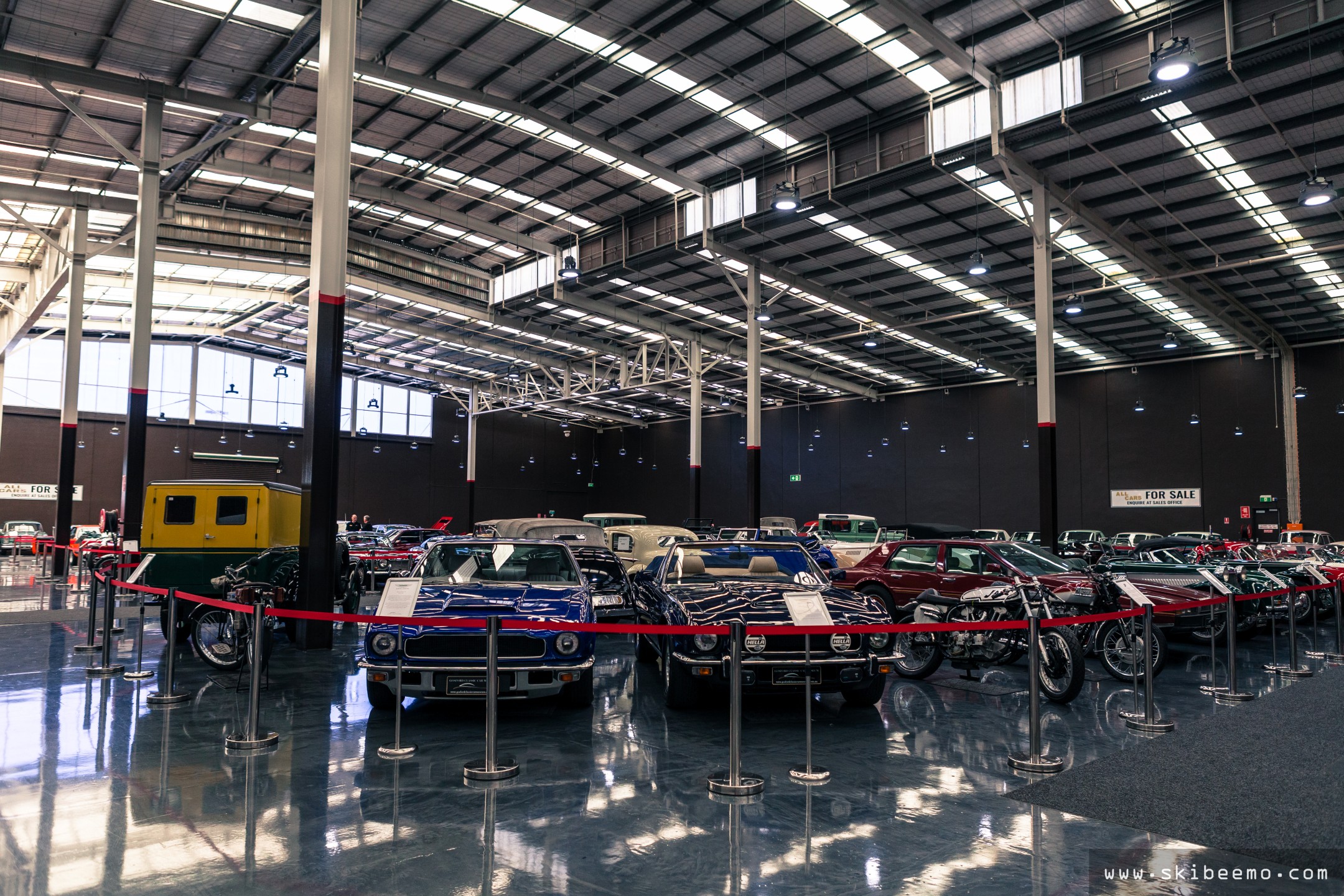

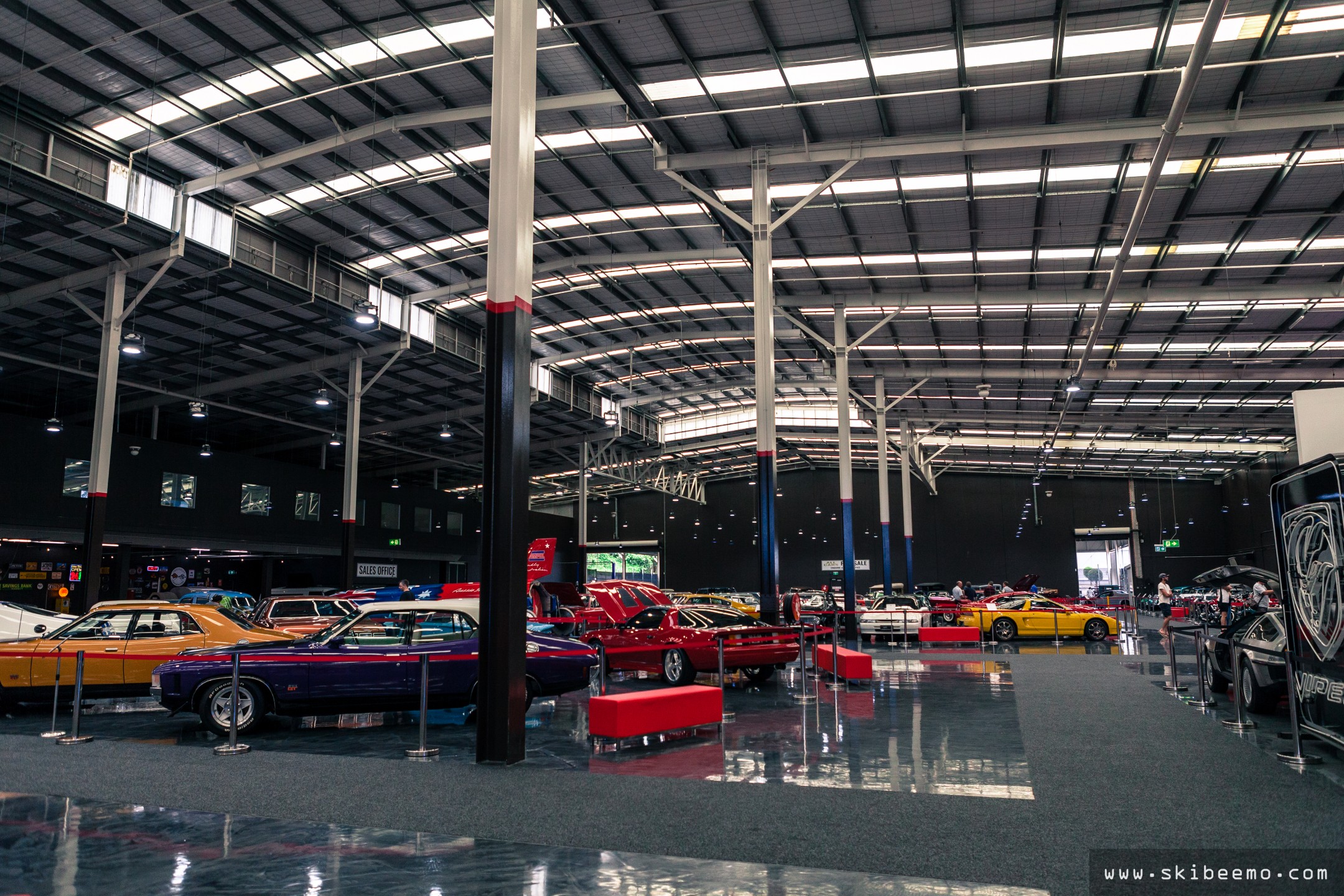
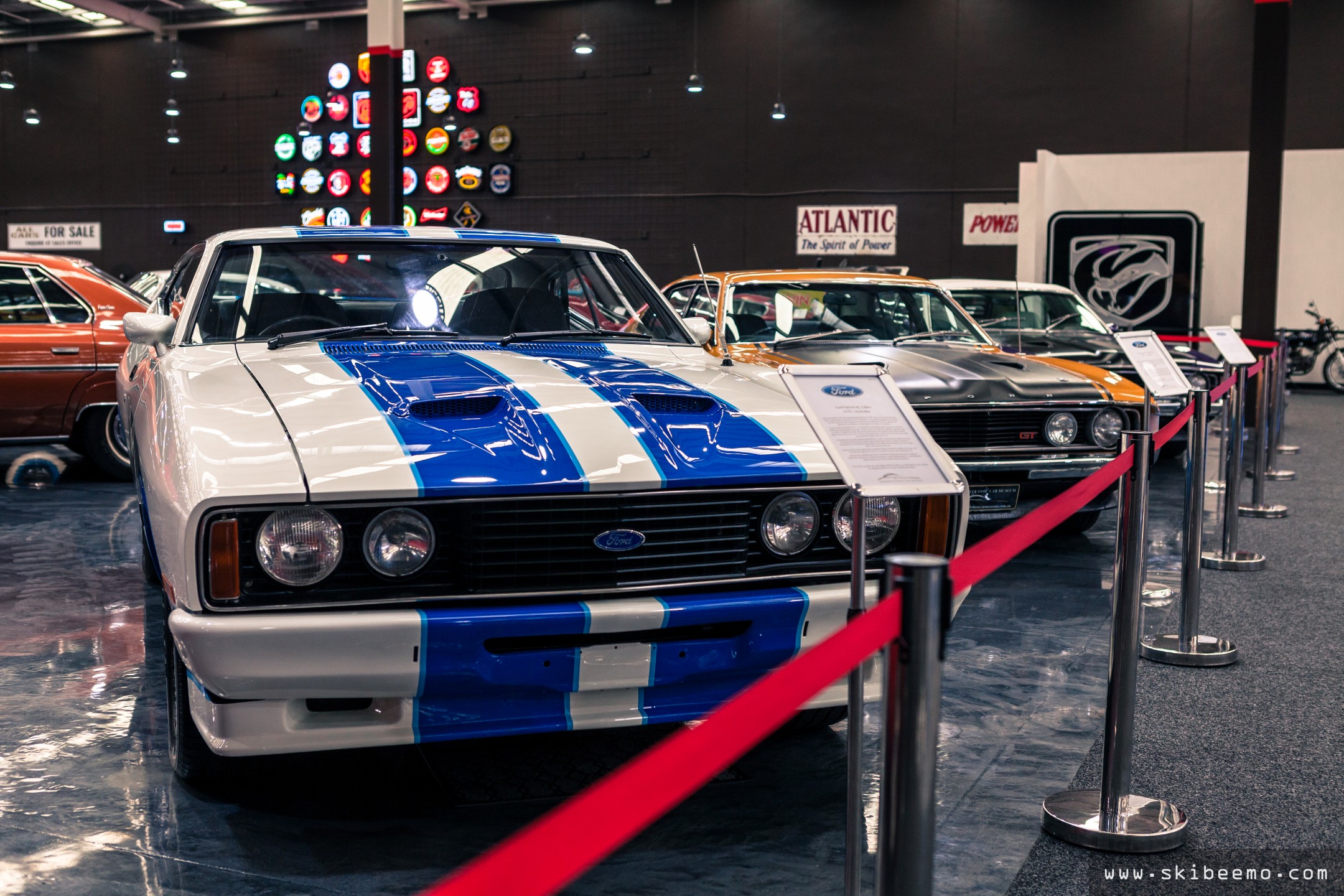
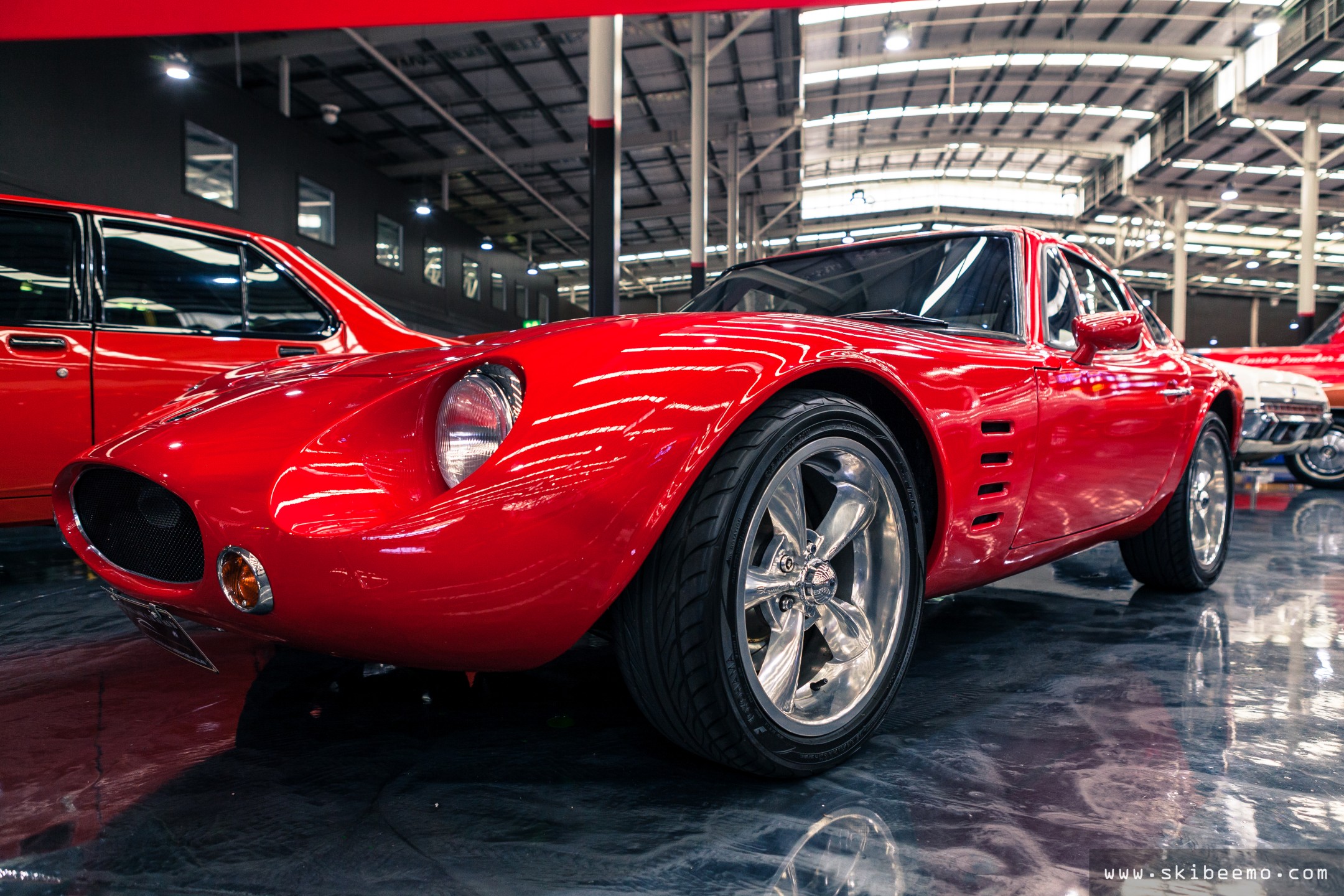

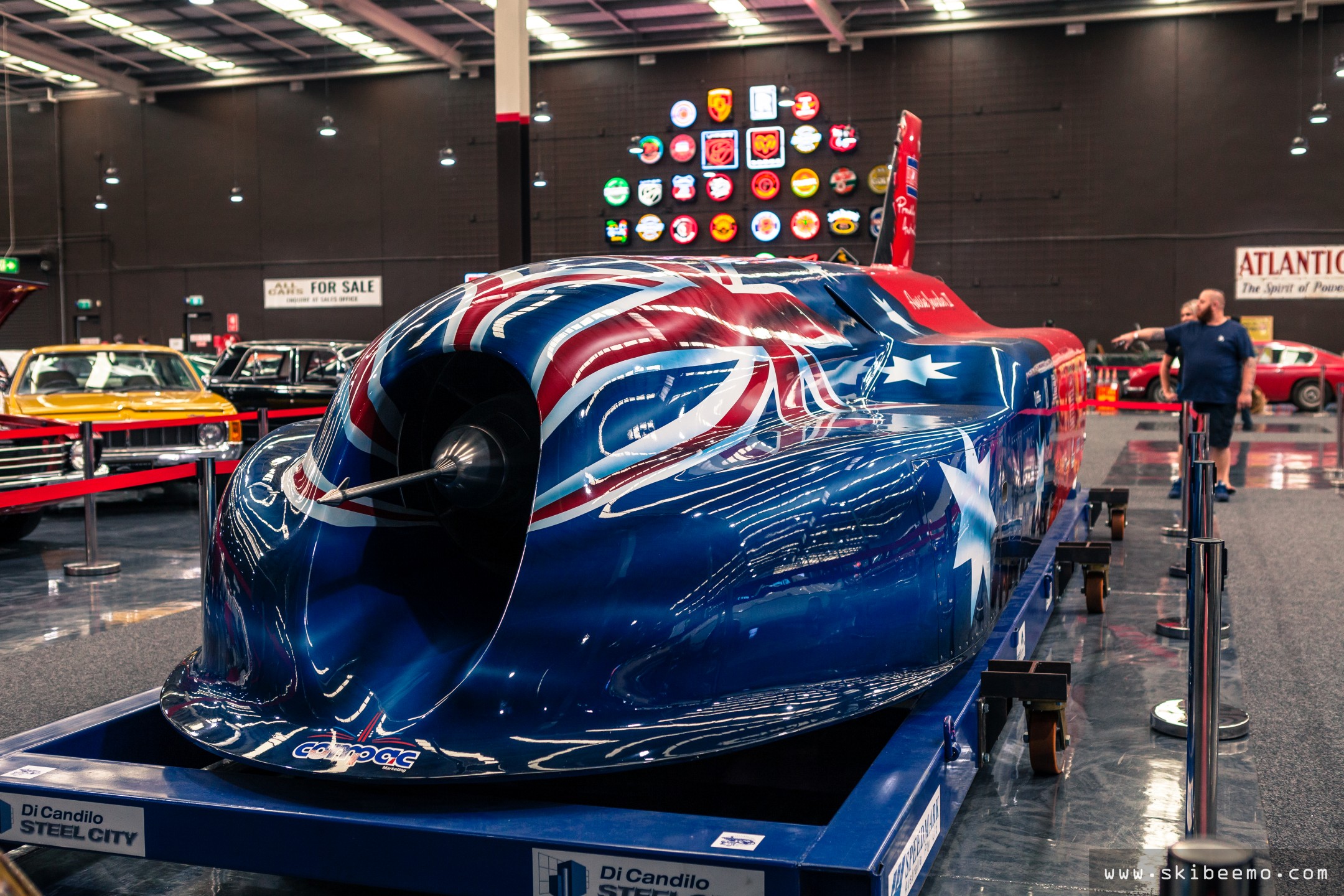
This DeLorean DMC-12 proved super popular with a crowd of visitors surrounding it each time I glimpsed by.
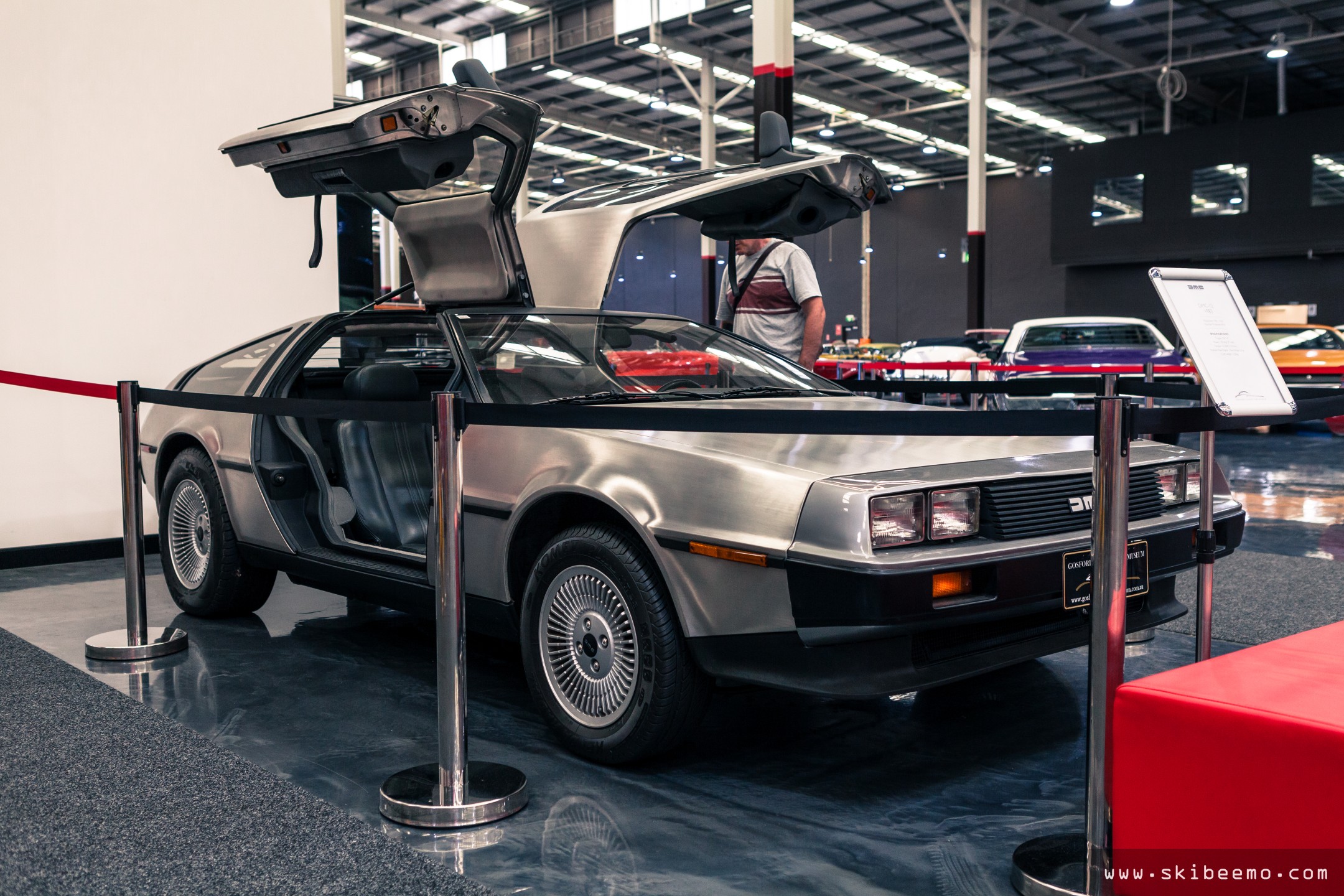

There were a handful of Japanese cars in the collection including a brand new R35 GT-R Nismo. A first generation R35 GT-R was also present, which was sat next to an automatic-transmission NA2 NSX. For those curious, the asking price for the 90,000km old NSX was in the high eighties.
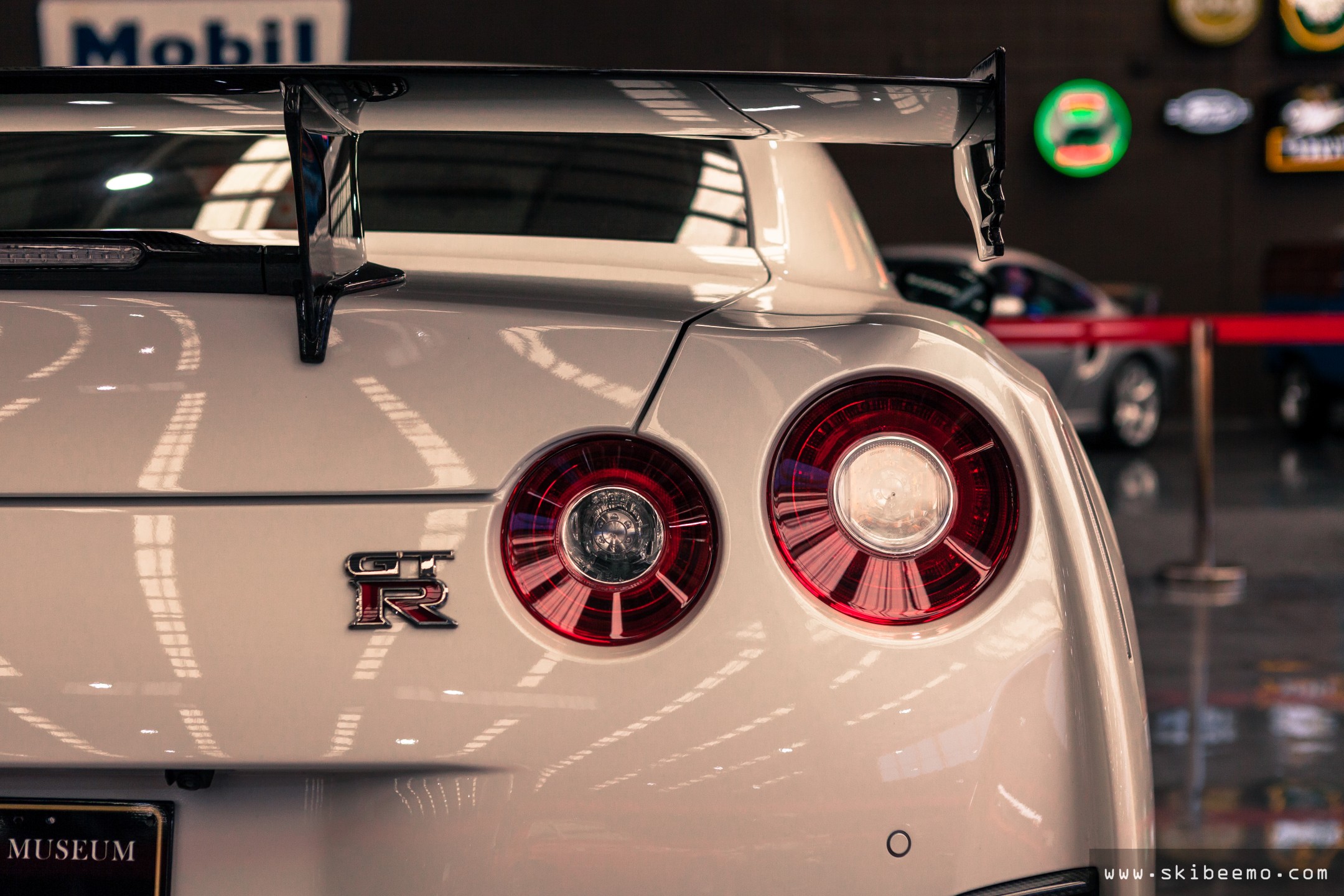
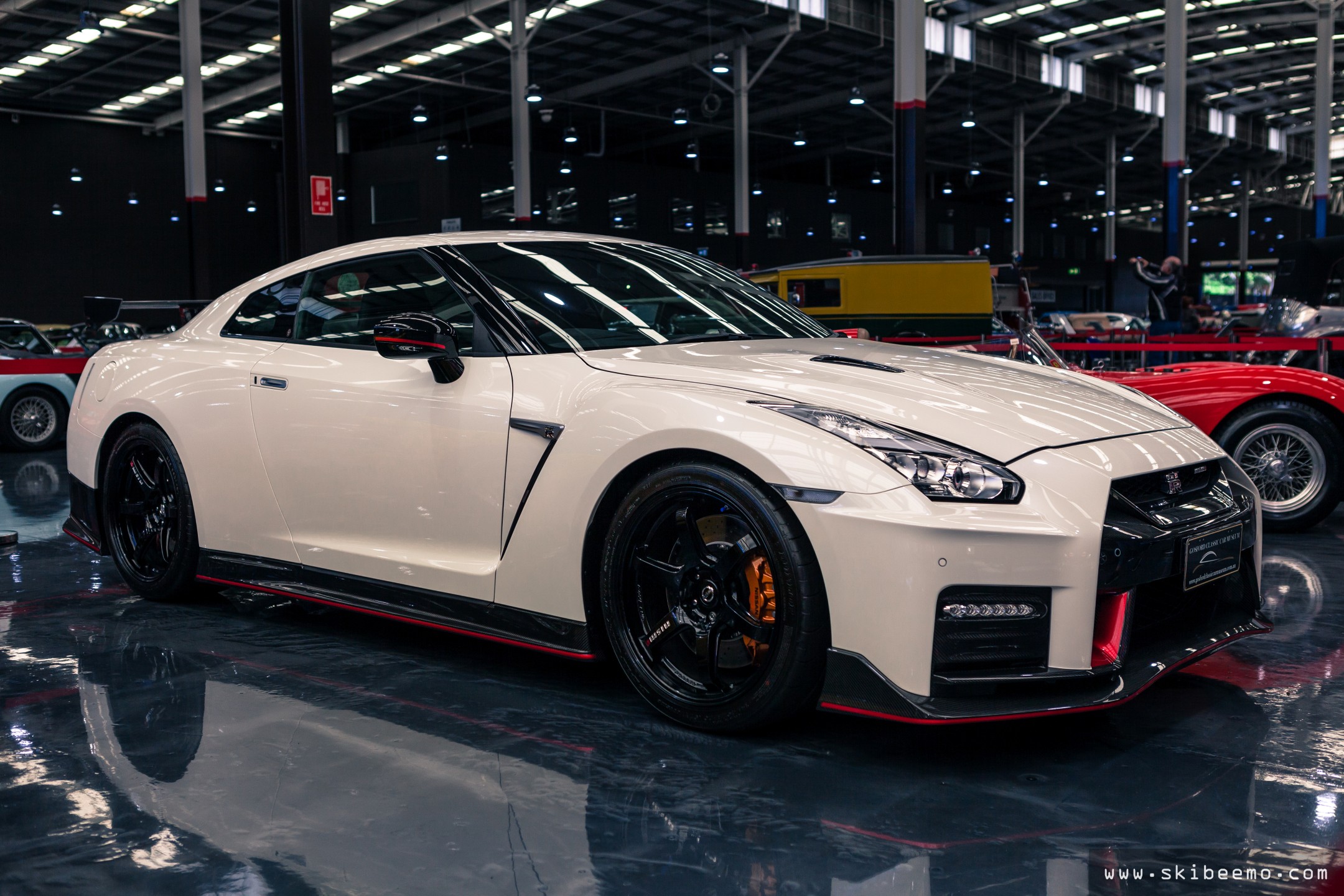
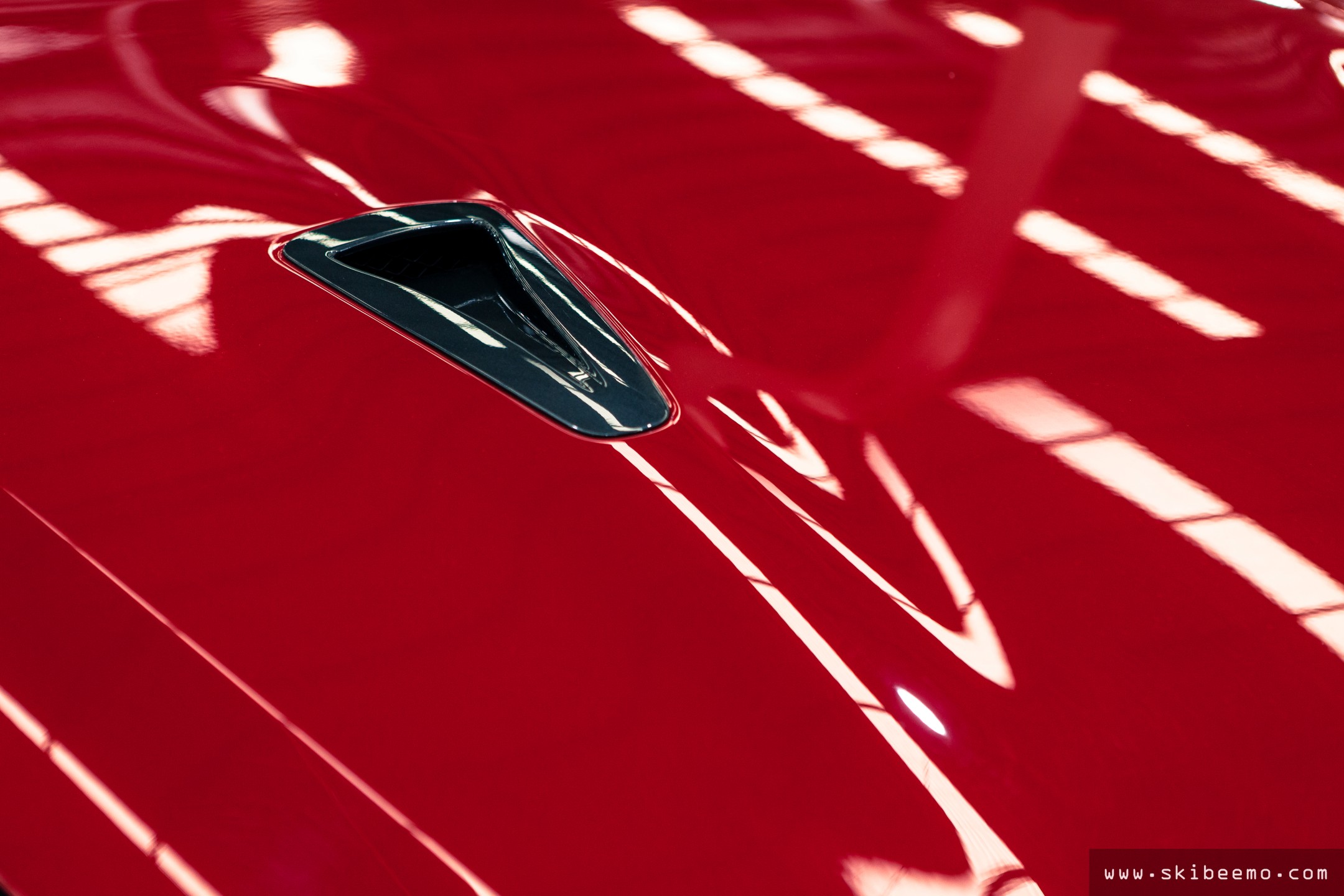
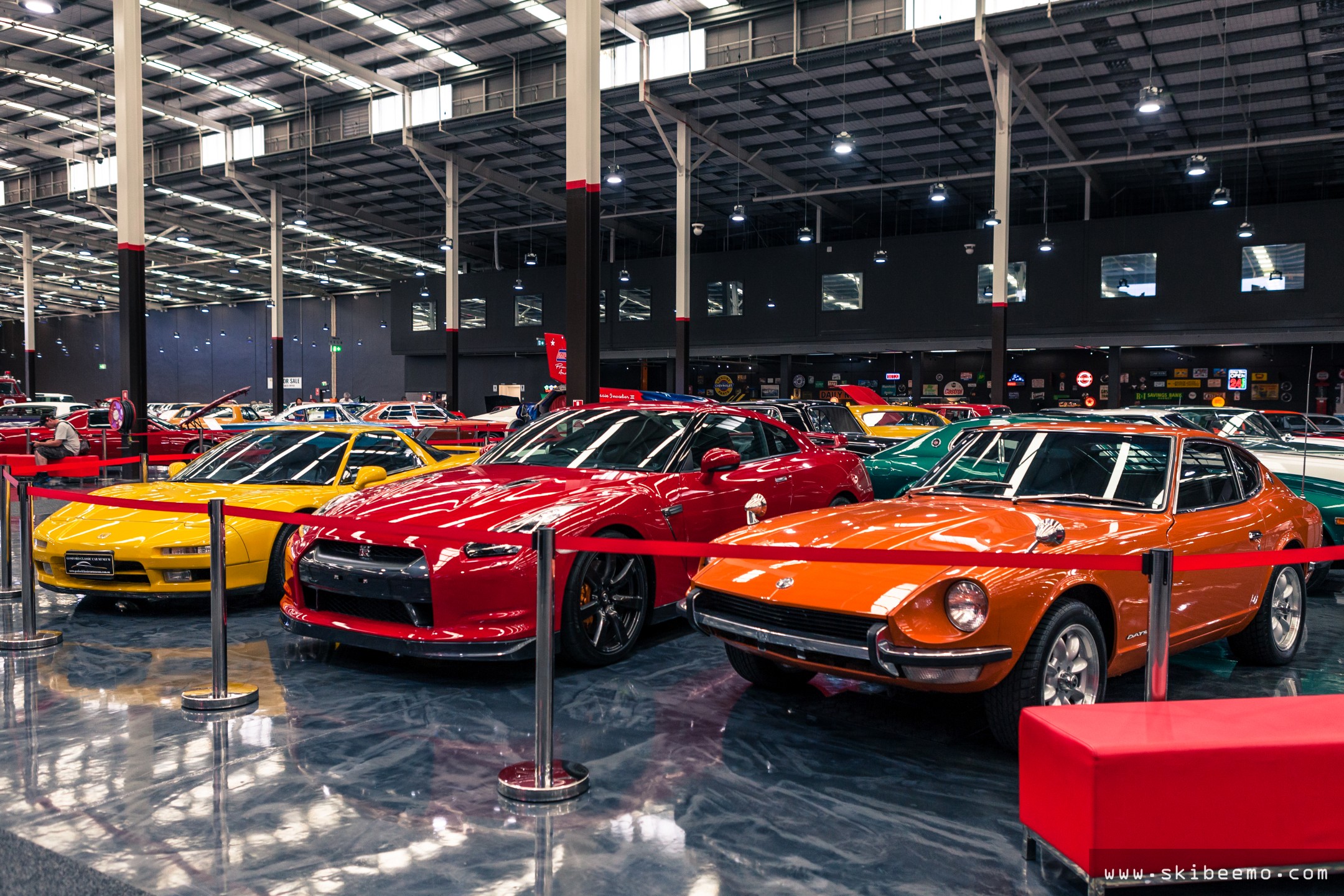
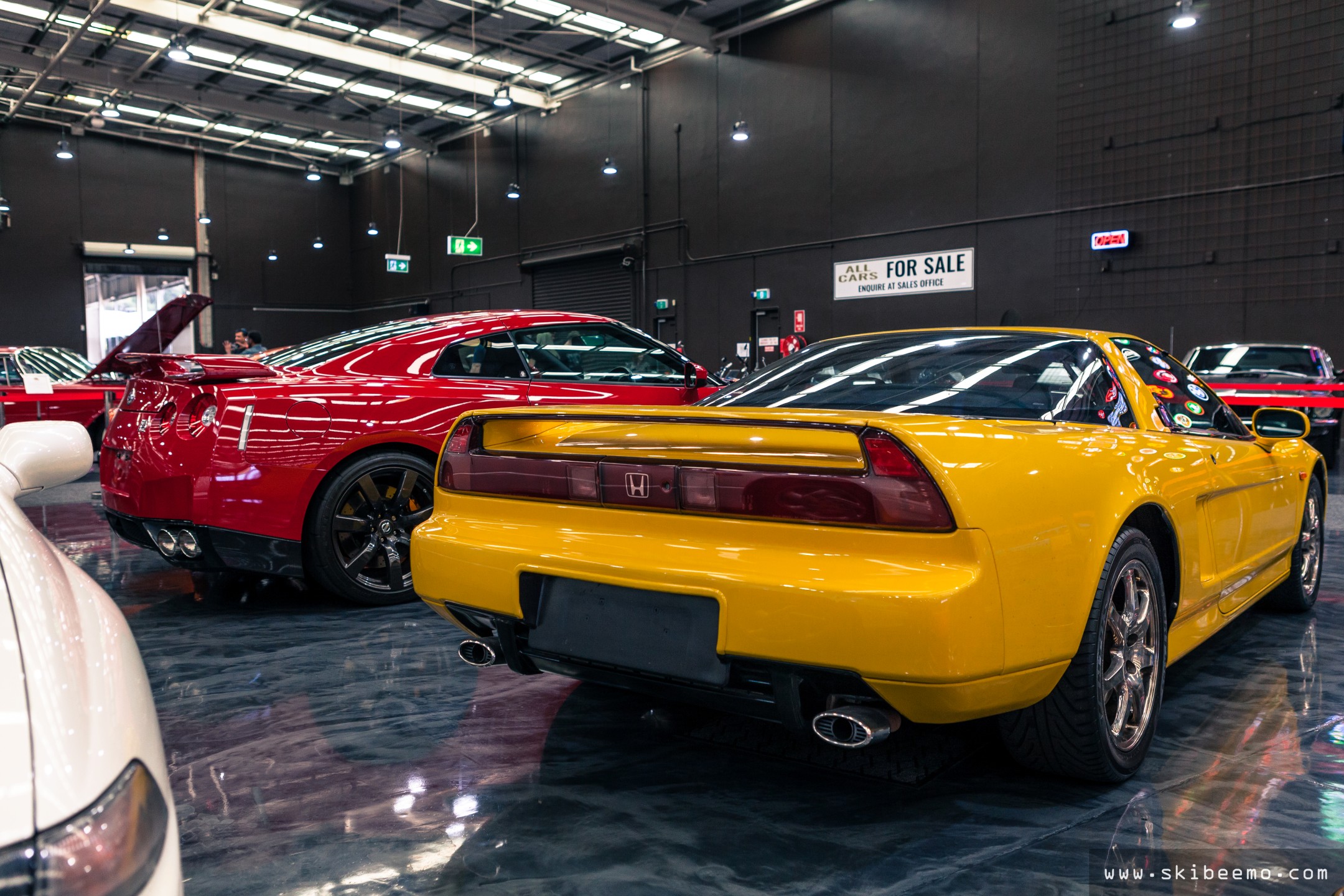
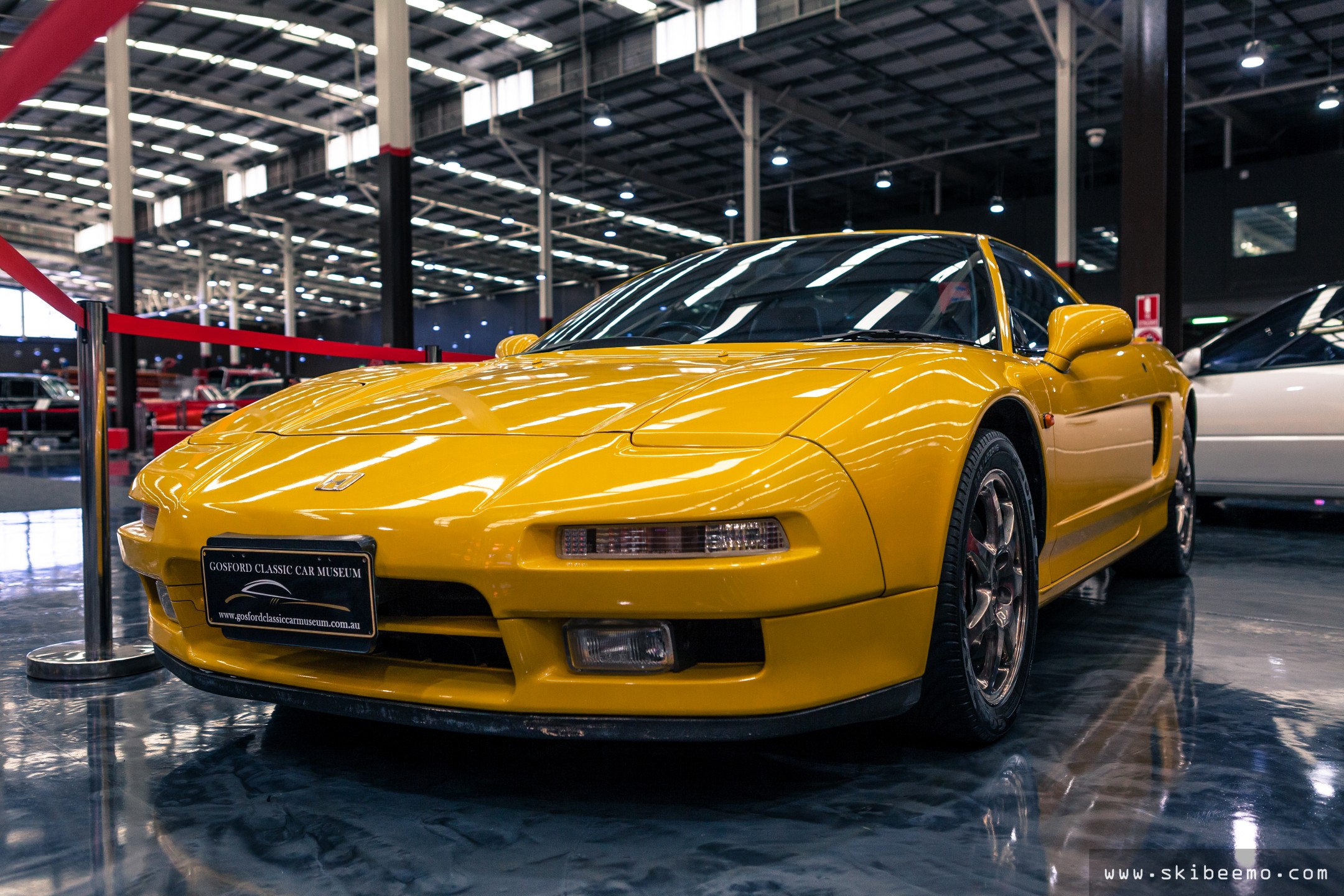
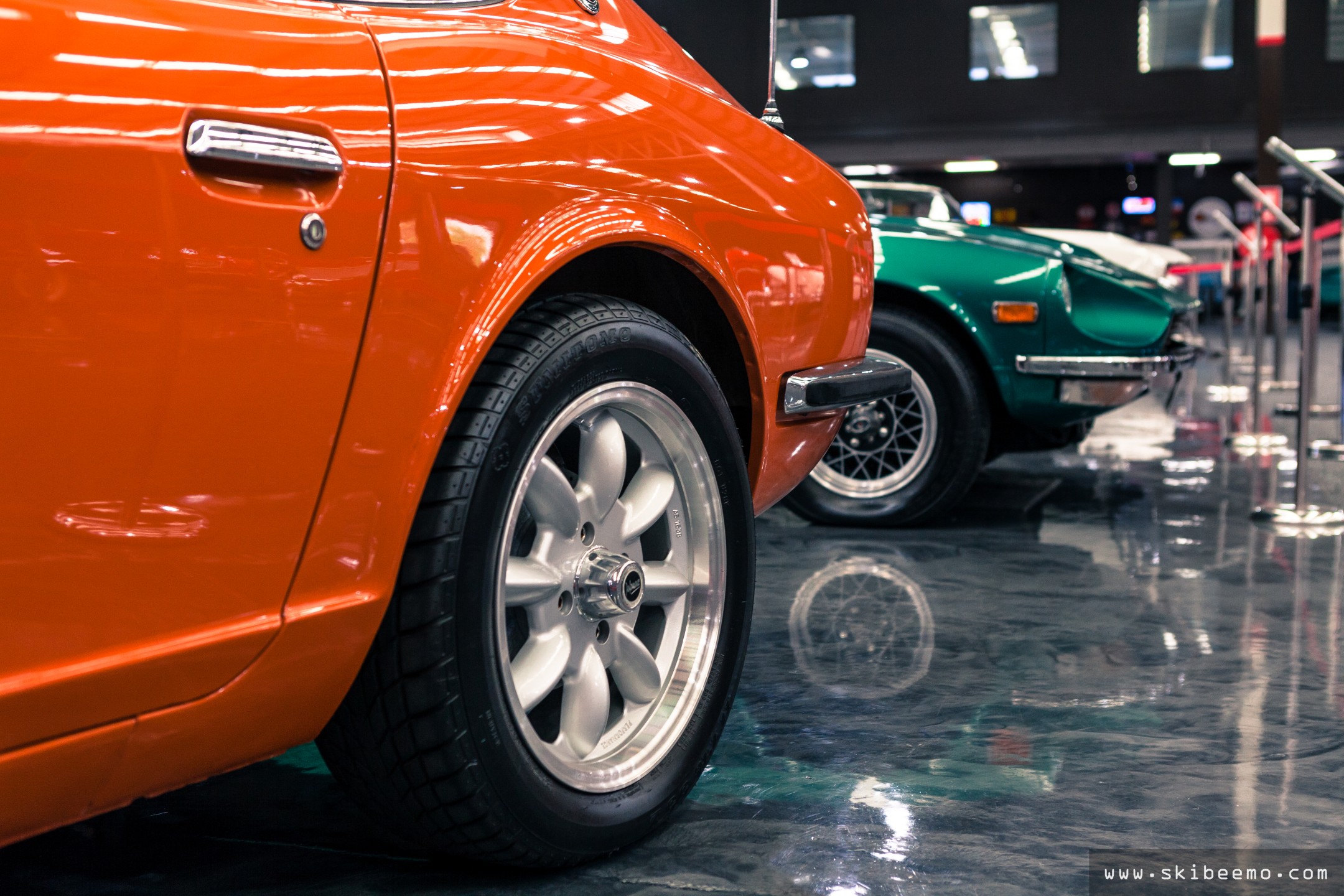
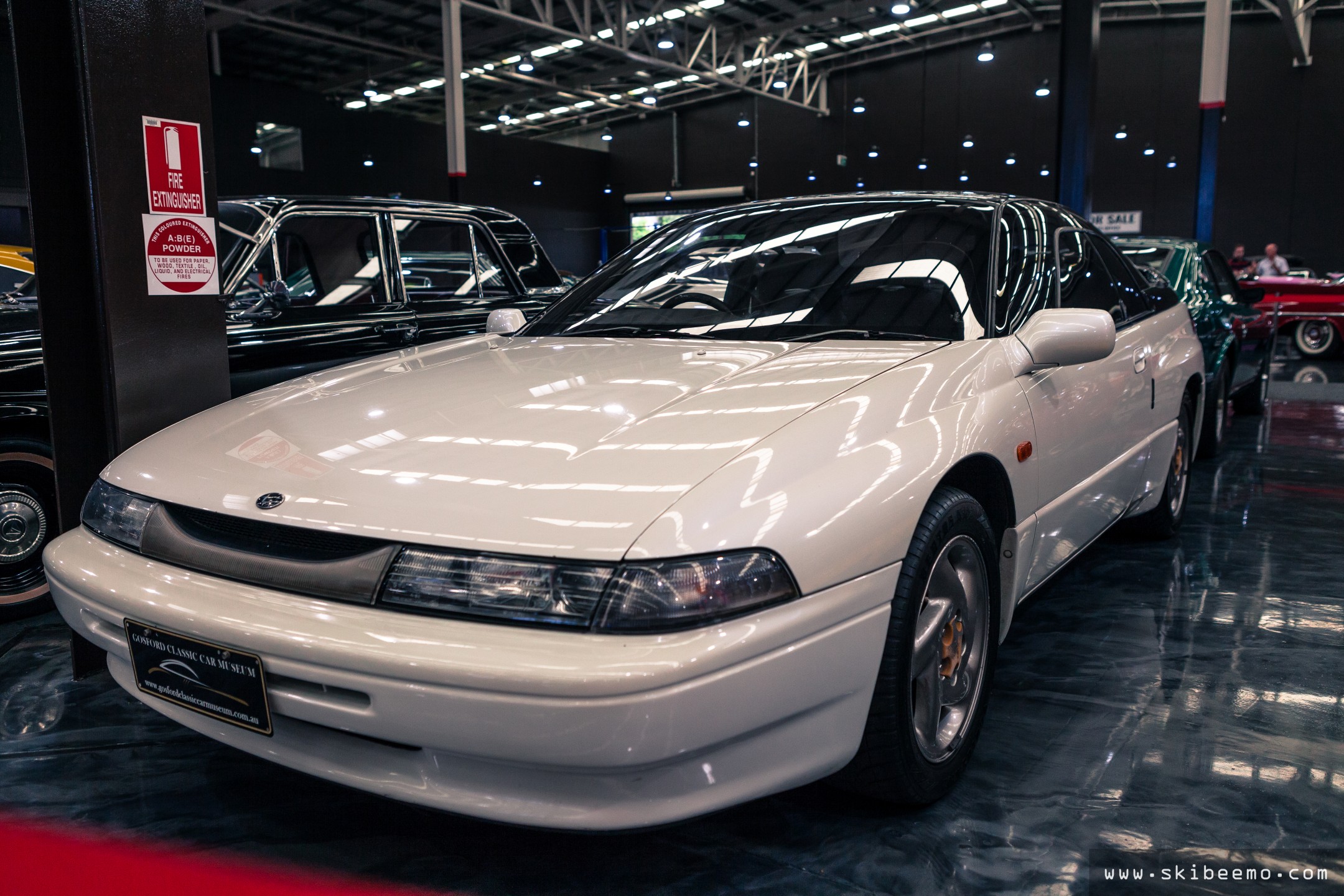
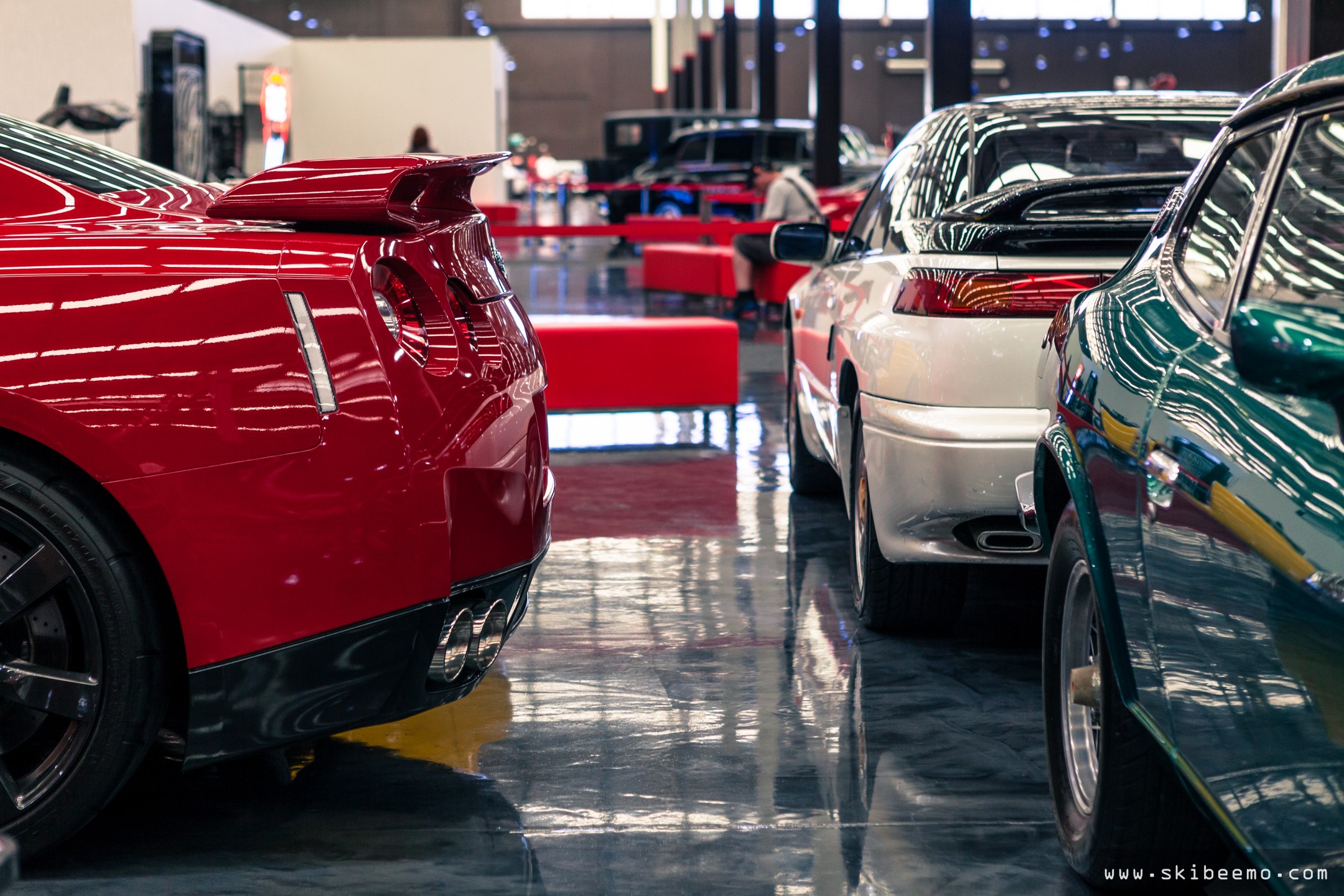
The concept of homologation is simple. To be eligible for certain classes of racing, manufactures must build a set number of road-going models which share significant DNA (such as body and engine) with their racing counterparts. Although build numbers were scarce, this concept gave birth to some insane machinery such as the Toyota GT-One, Nissan R390 GT1, Porsche 911 GT1 and Mercedes CLK GTR. Pictured below is a BMW E30 M3 and Lancia Delta Integrale Evoluzione II, the former introduced so BMW could go racing in the Group A Touring Car class, while the latter was intended for WRC racing (it was actually the Evoluzione I that was raced, the Evoluzione II never went out for battle).
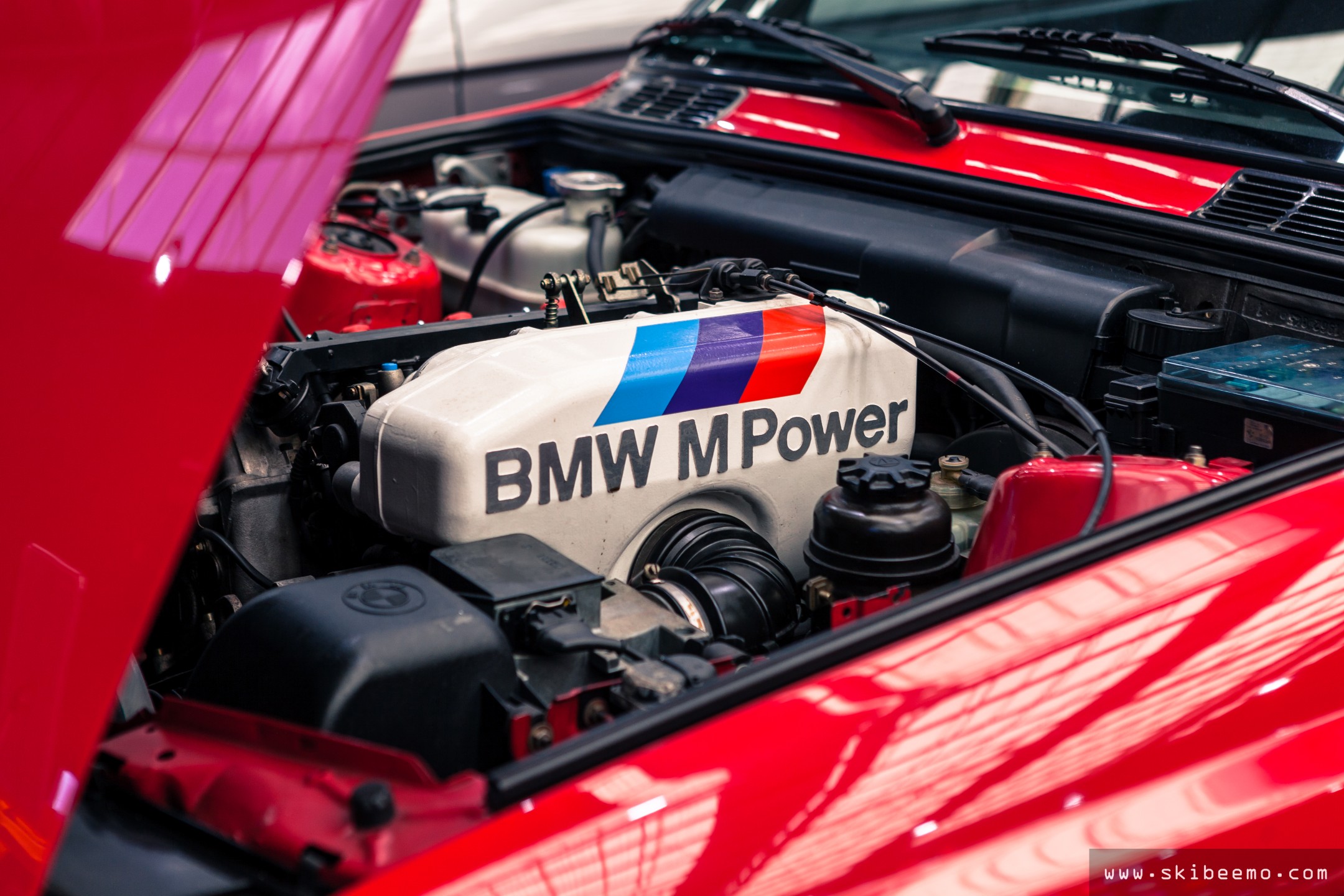
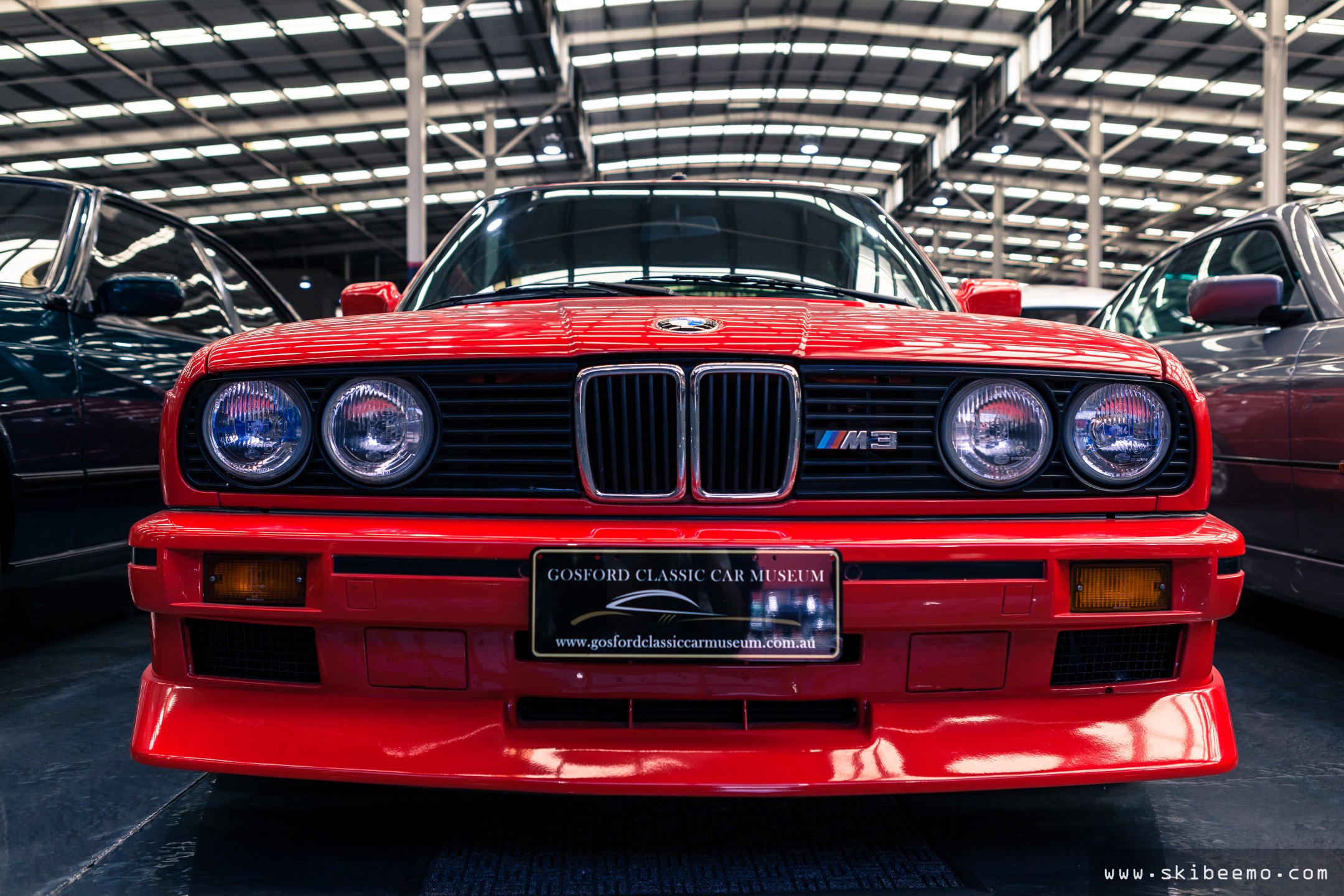
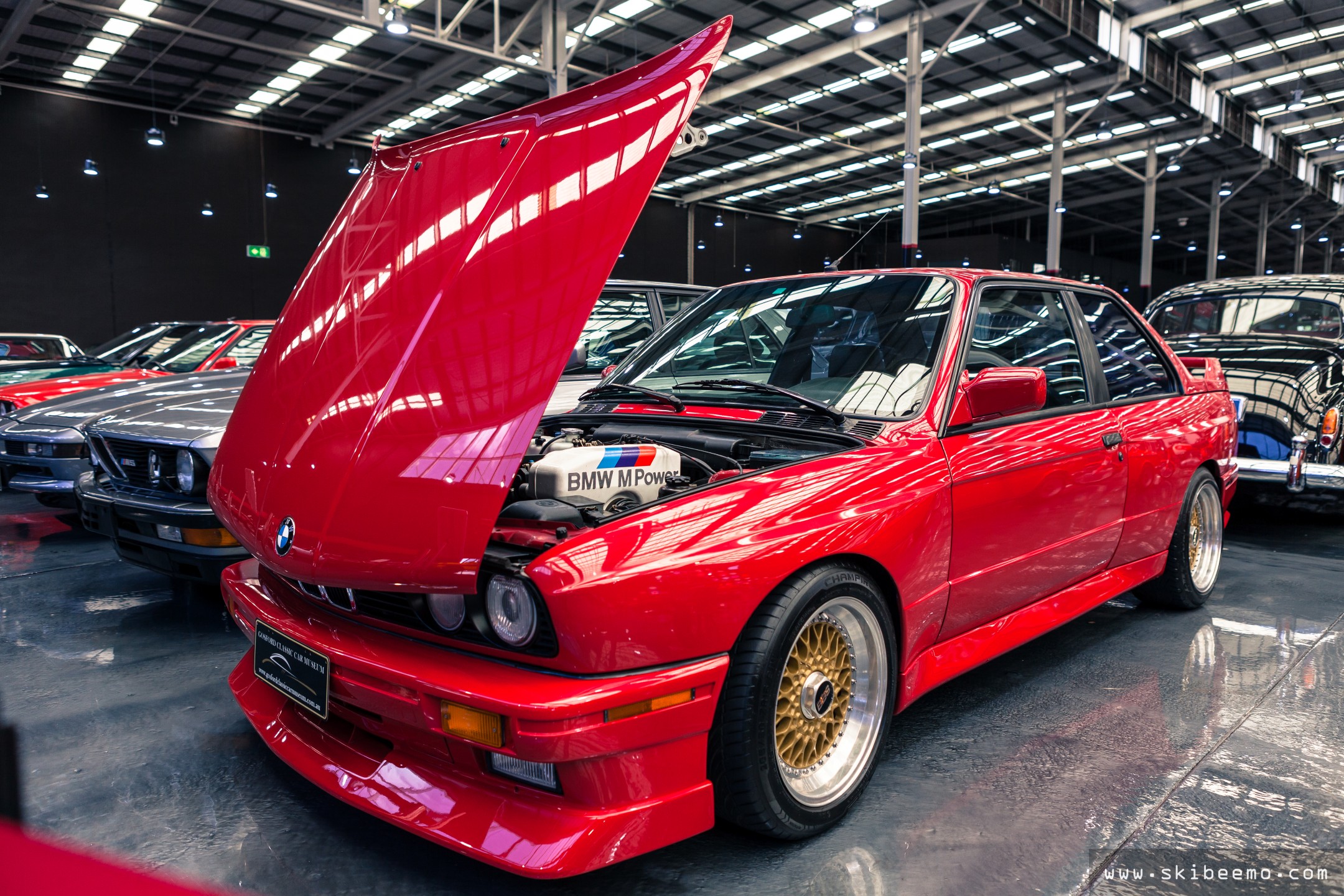
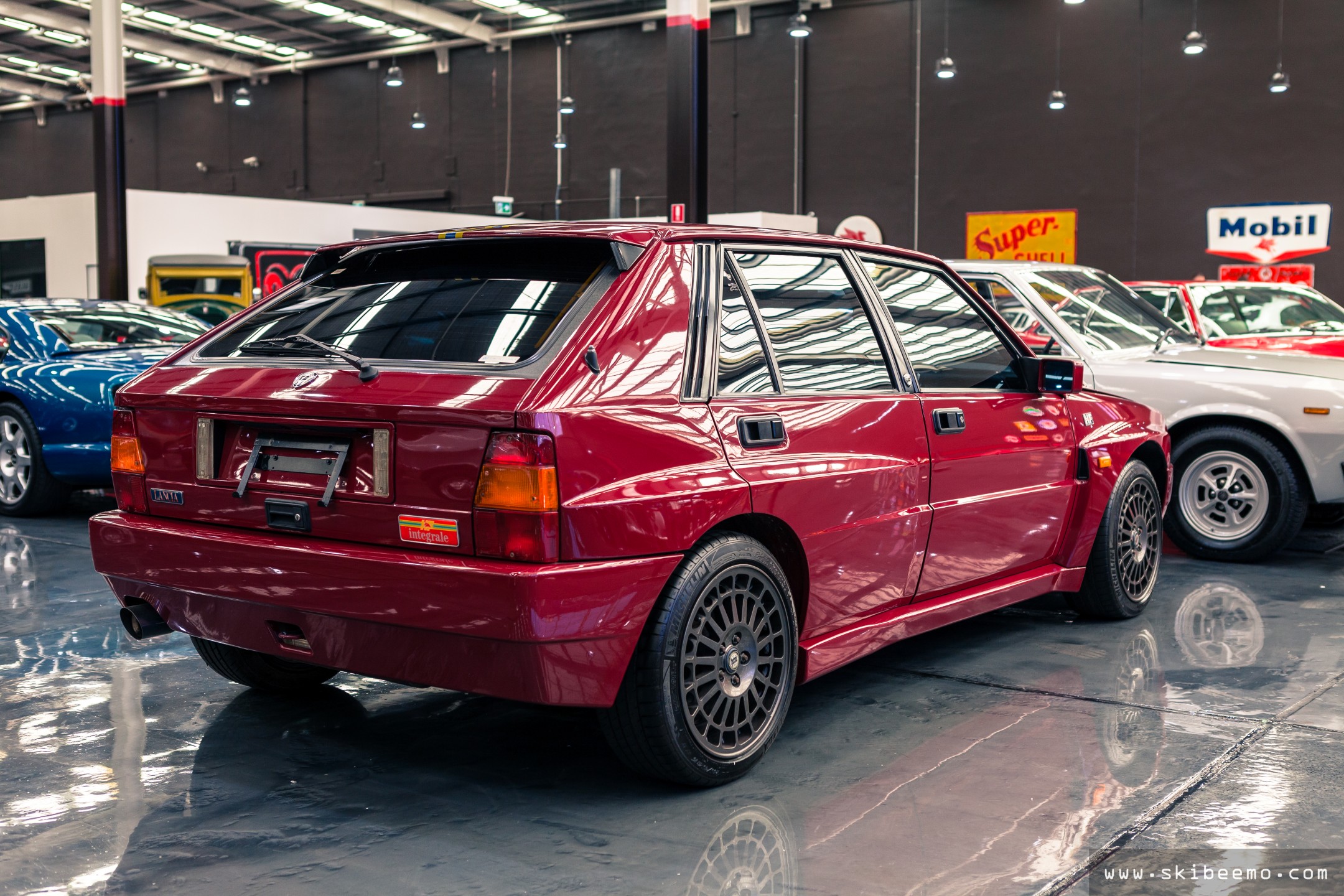
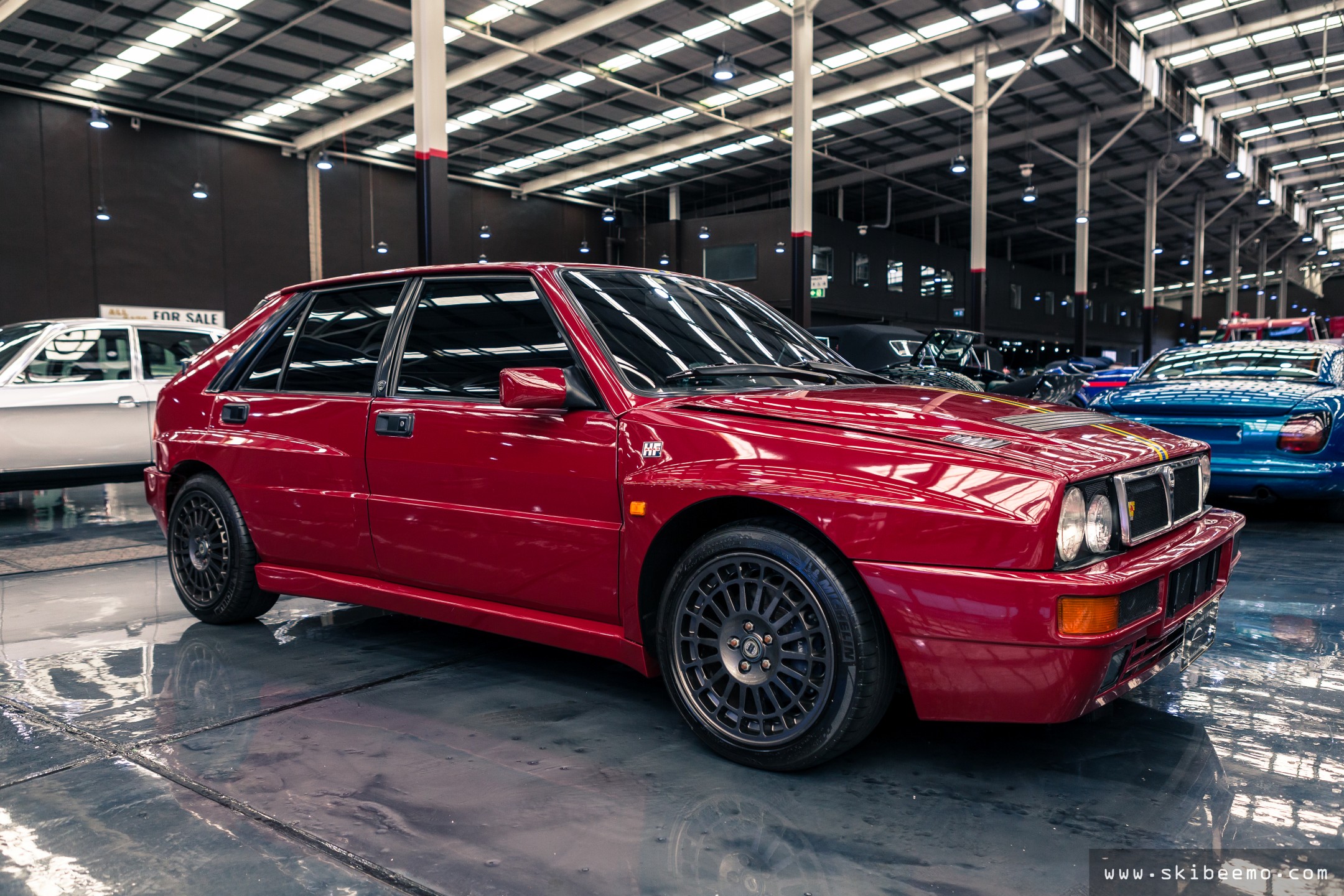
The museum was flooded by a sea of interesting cars in absolutely every direction.
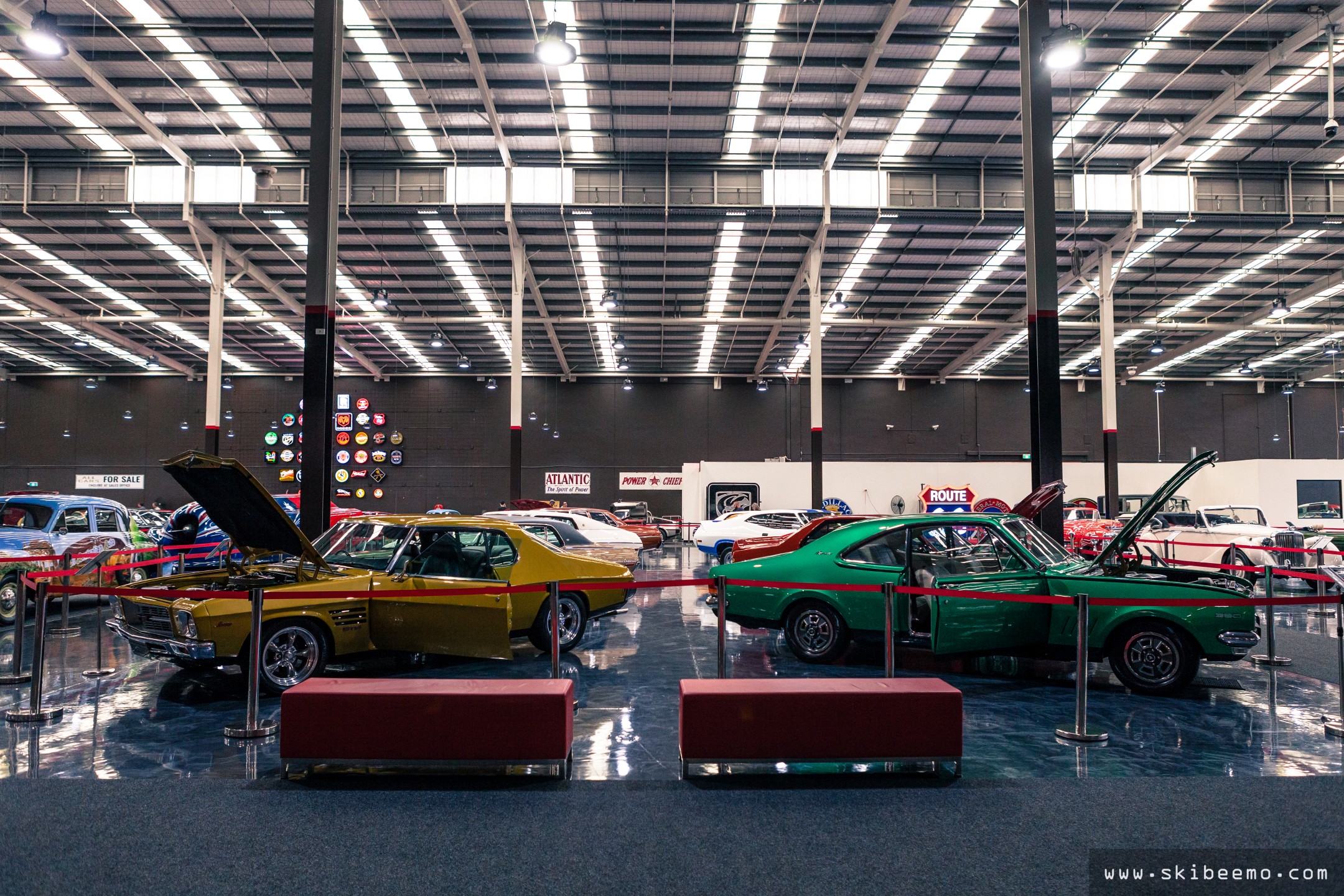
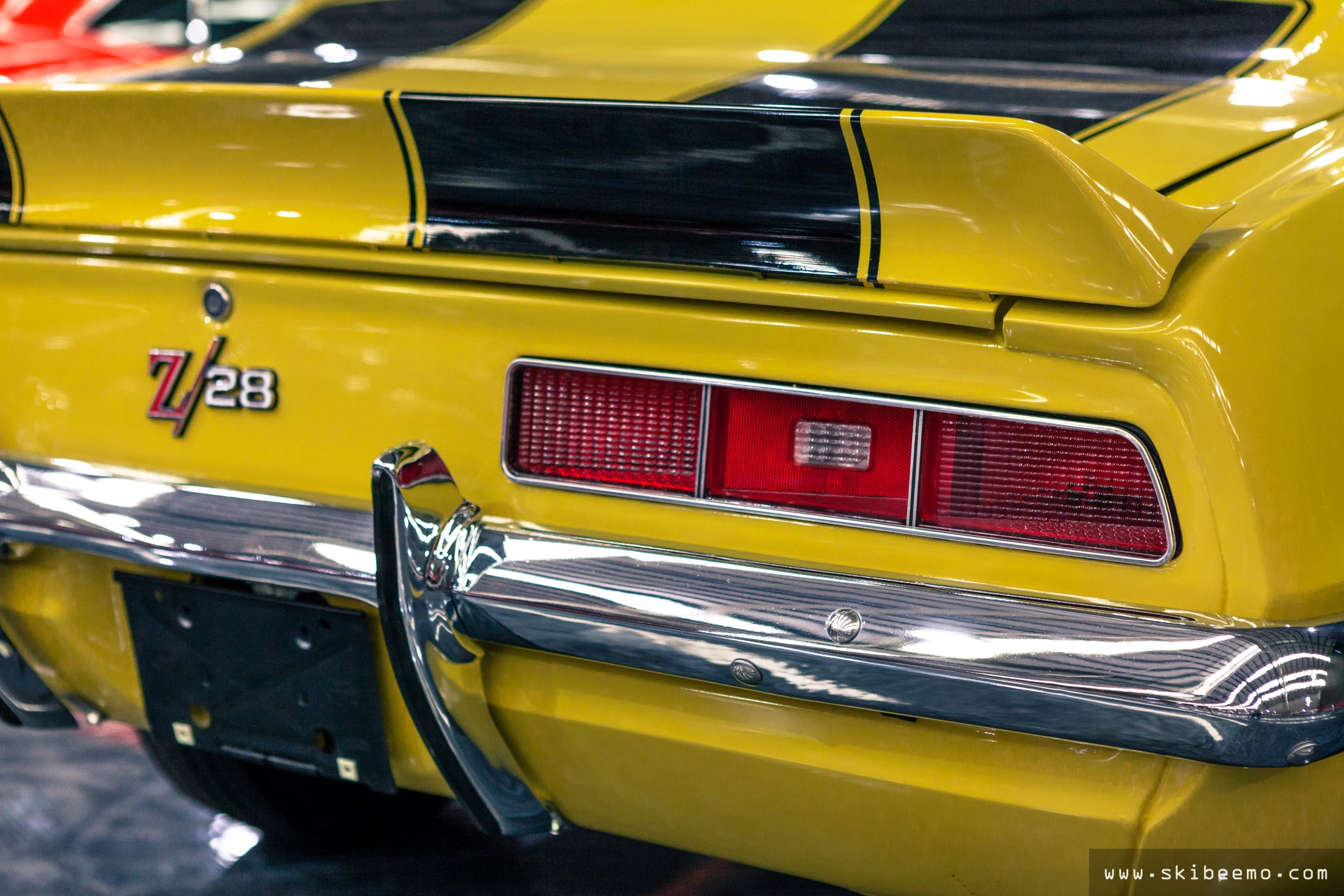
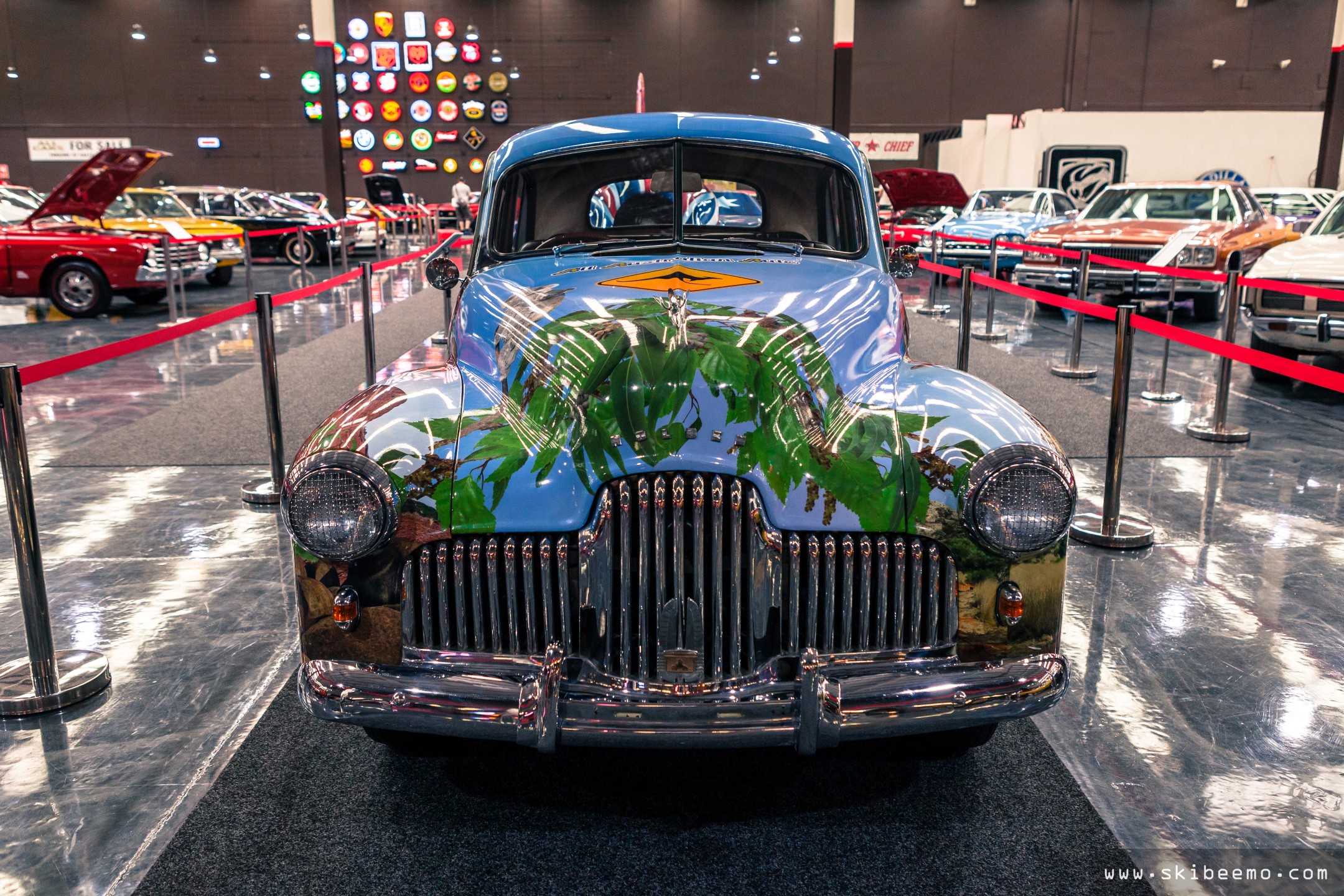
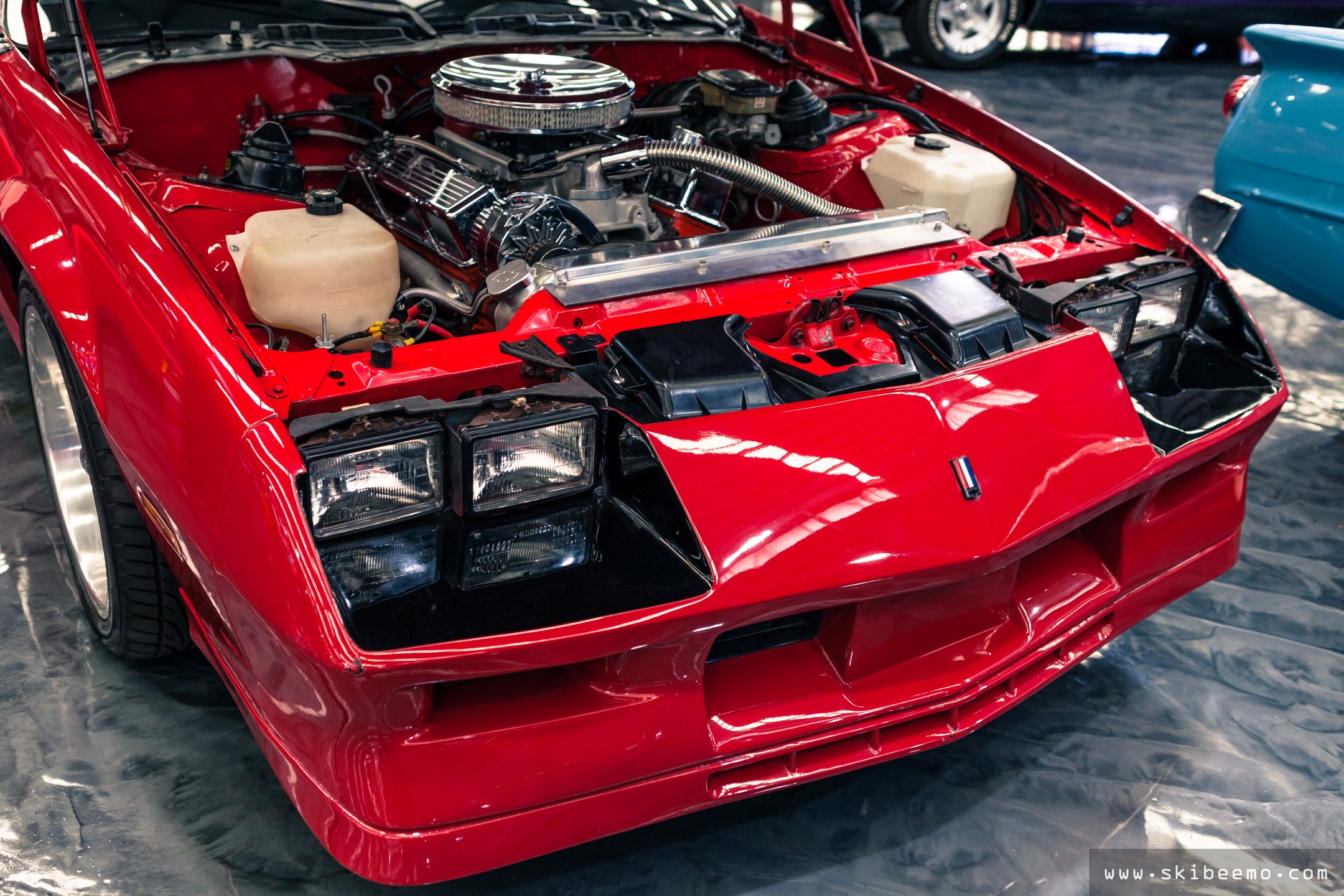
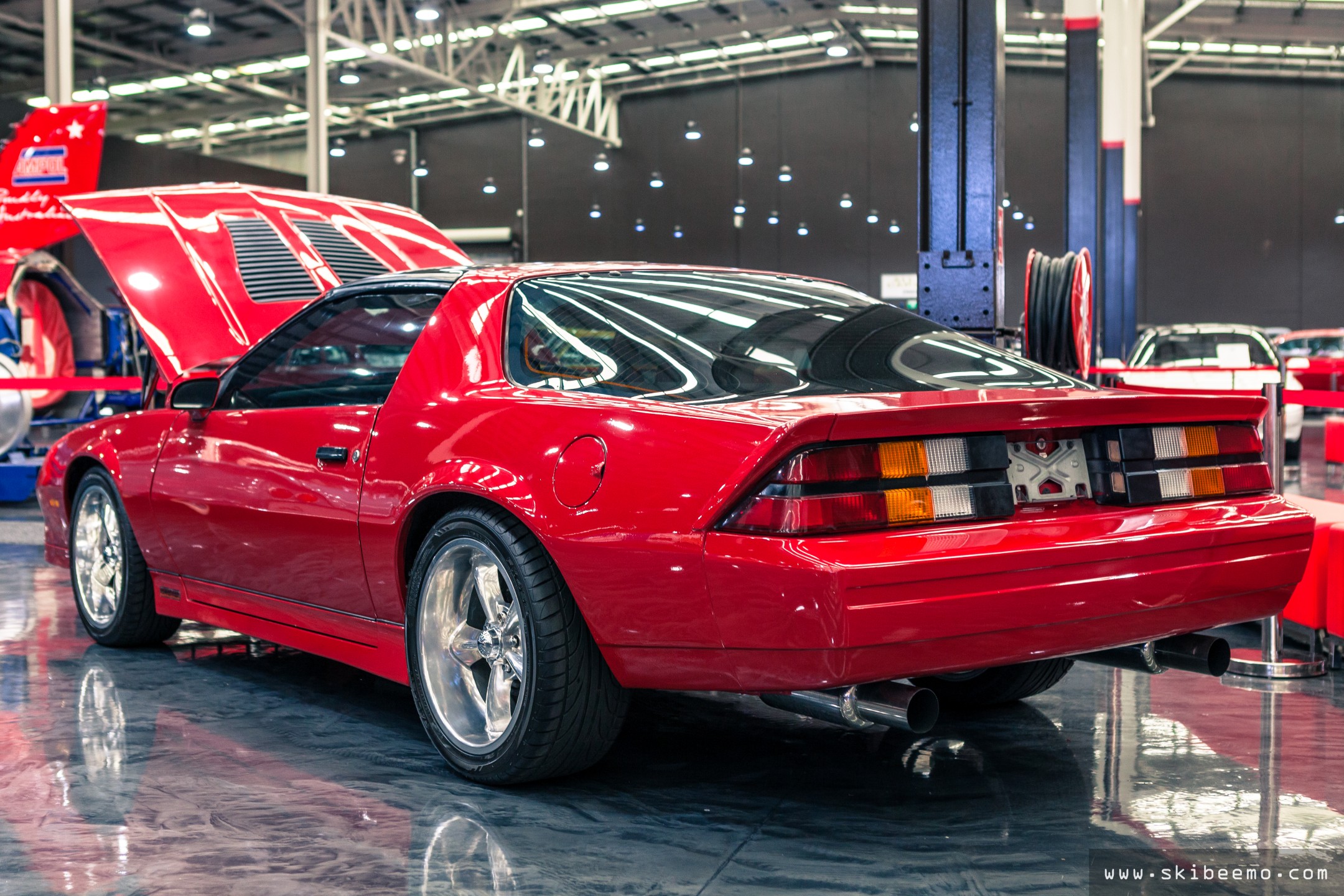
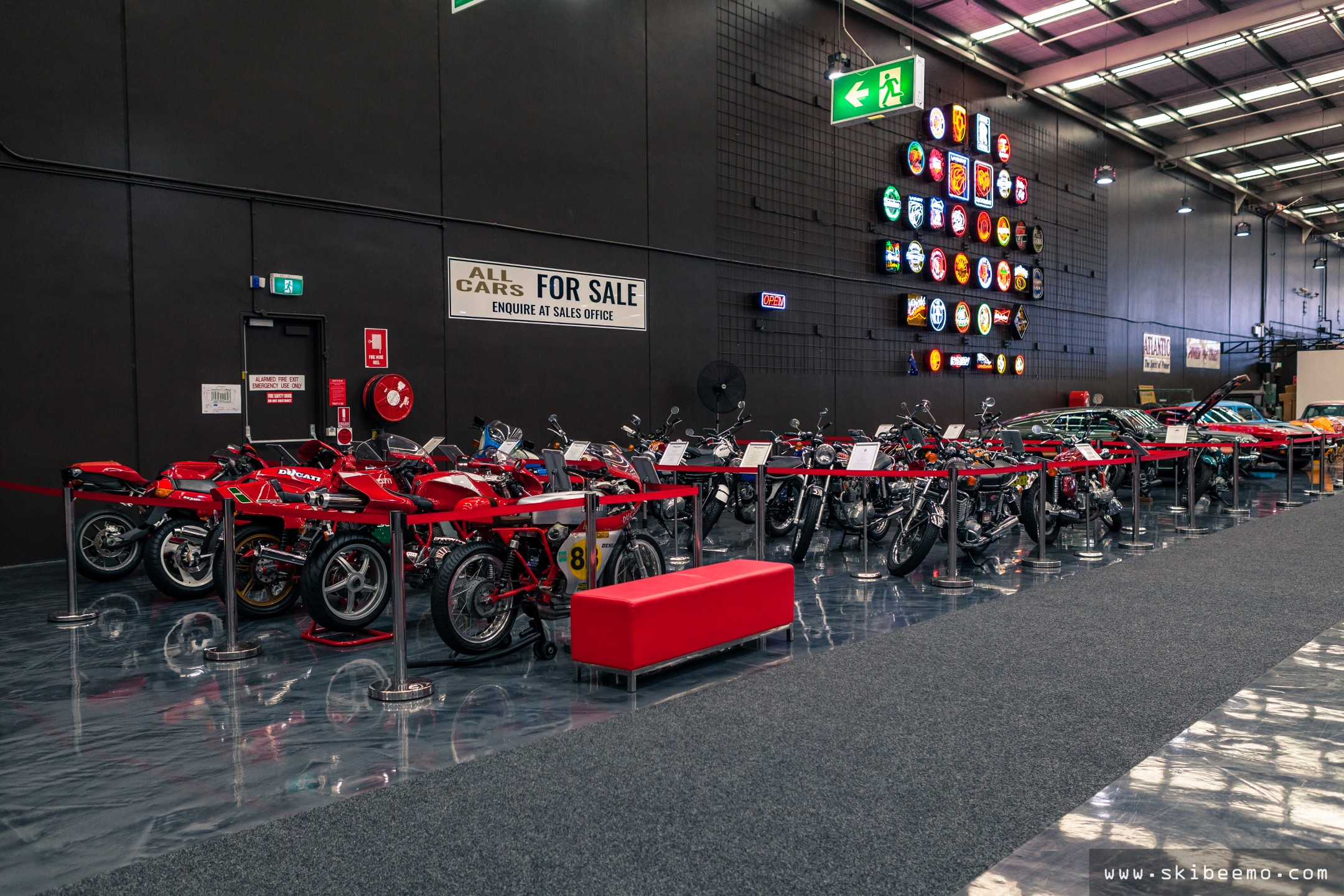

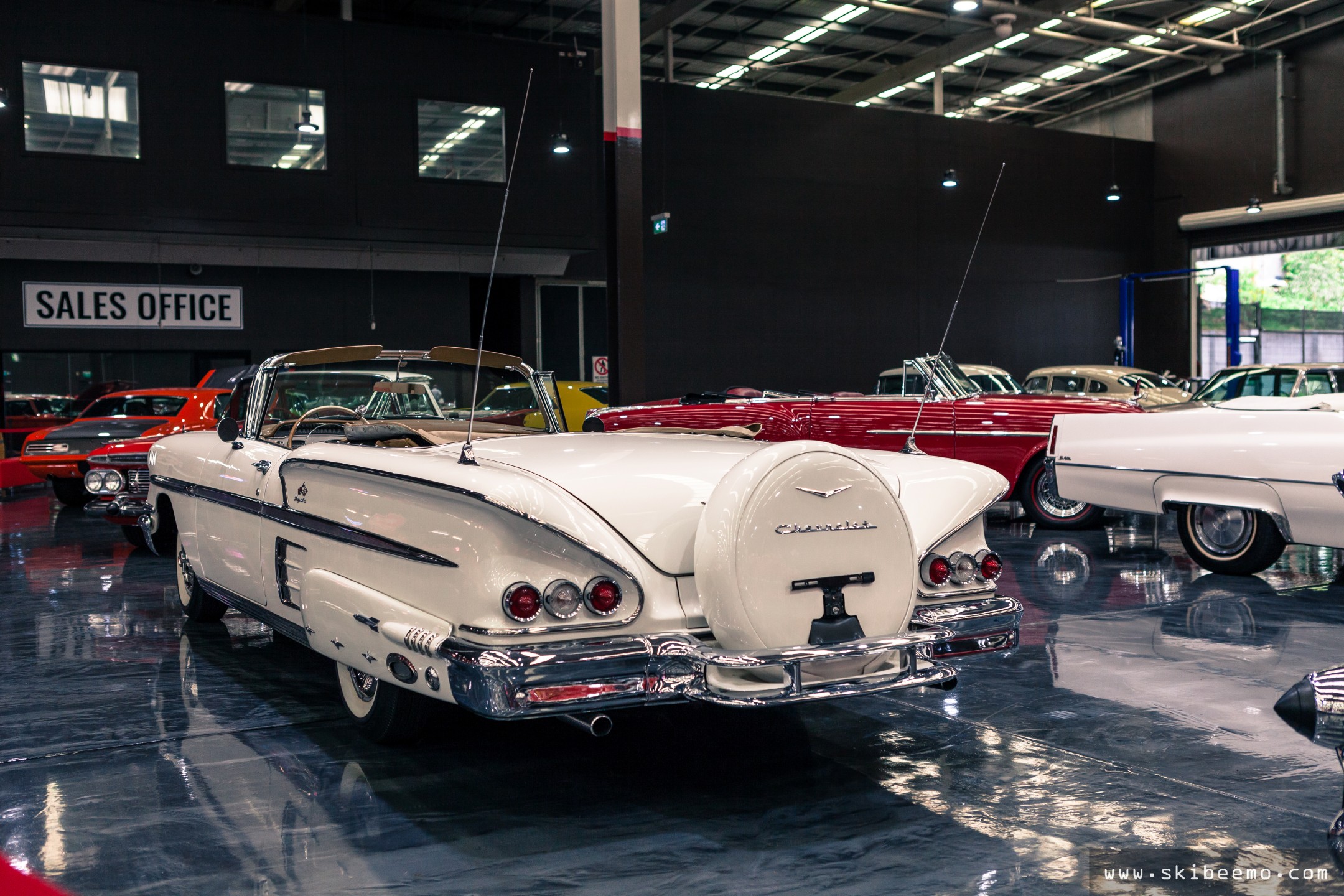
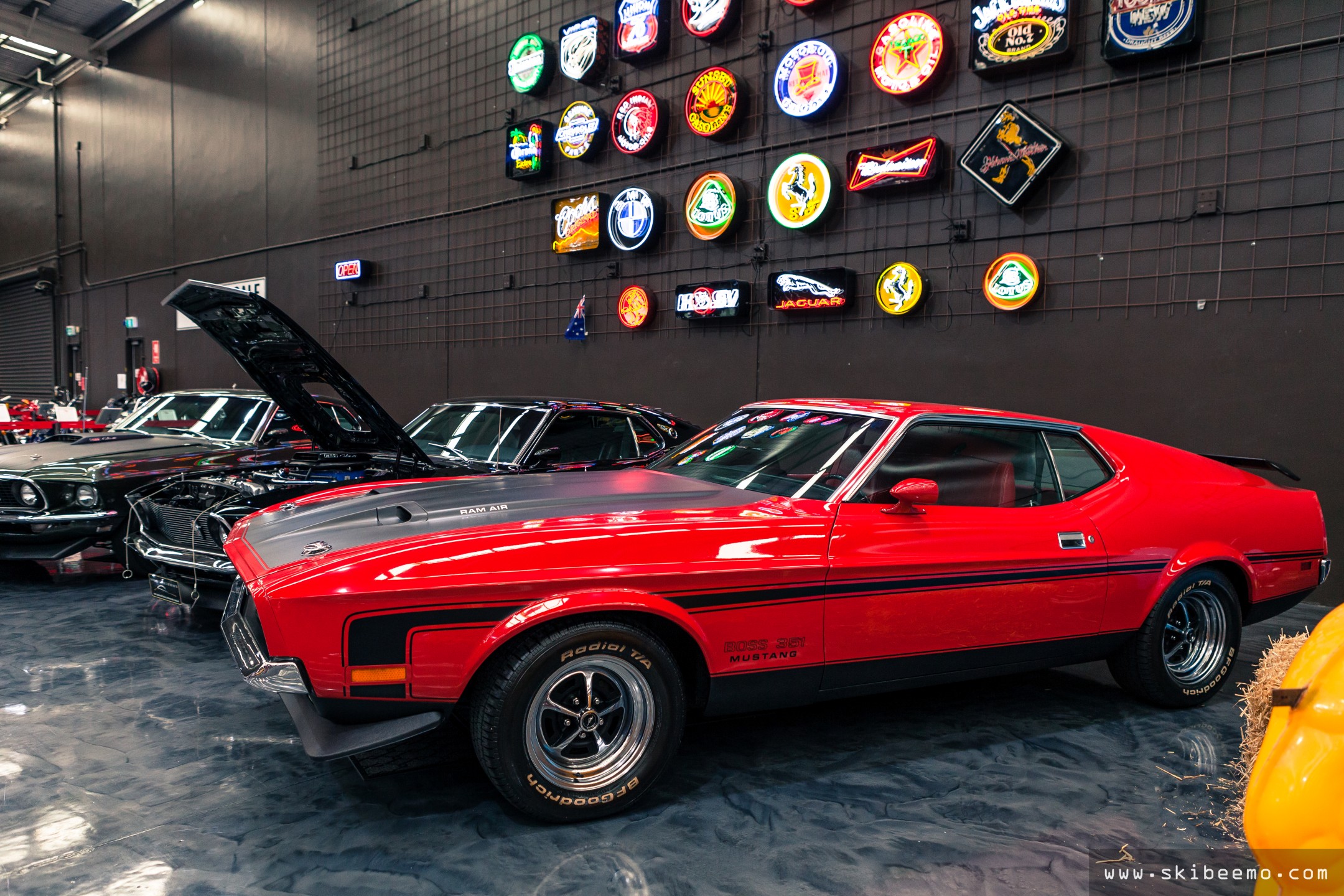
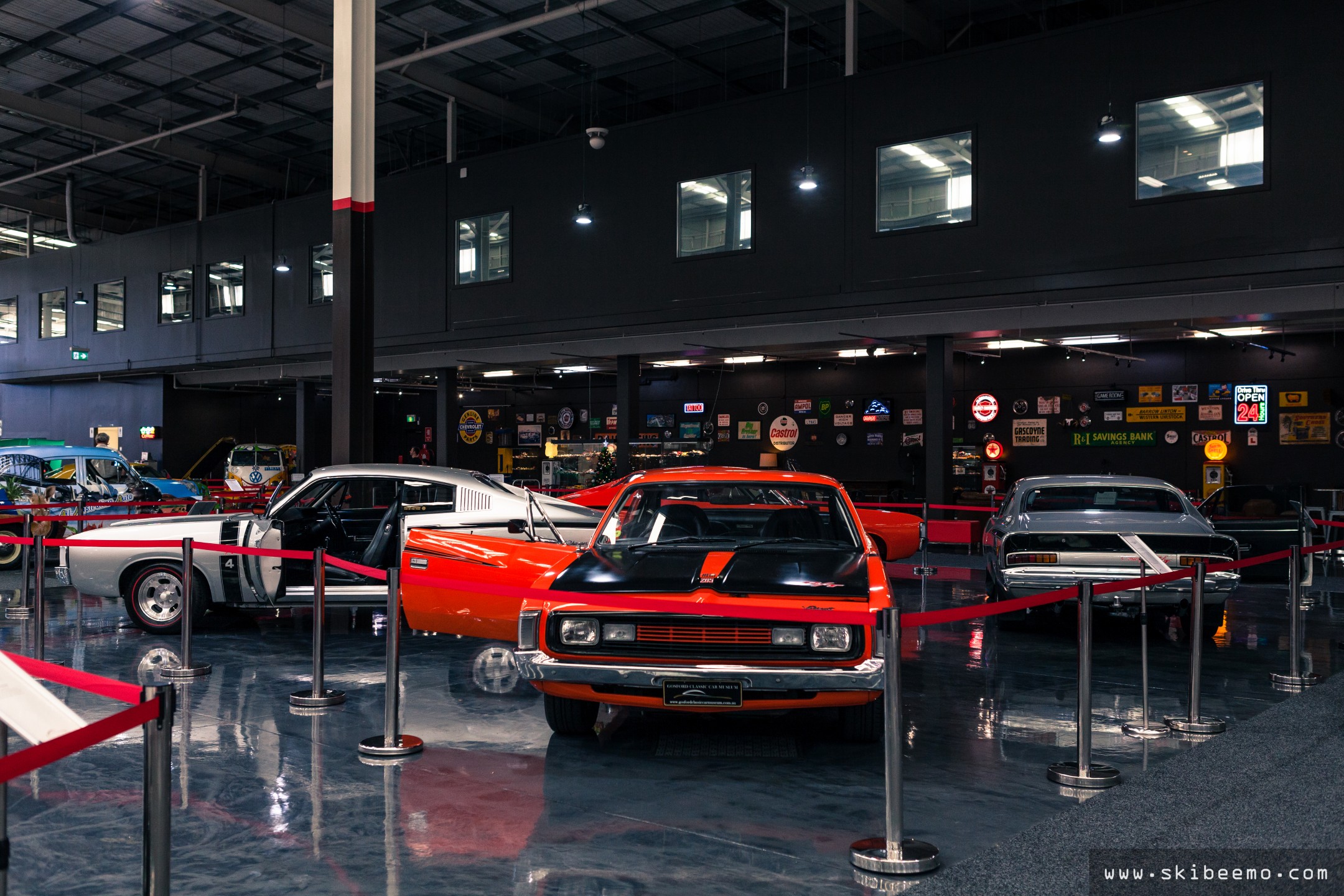
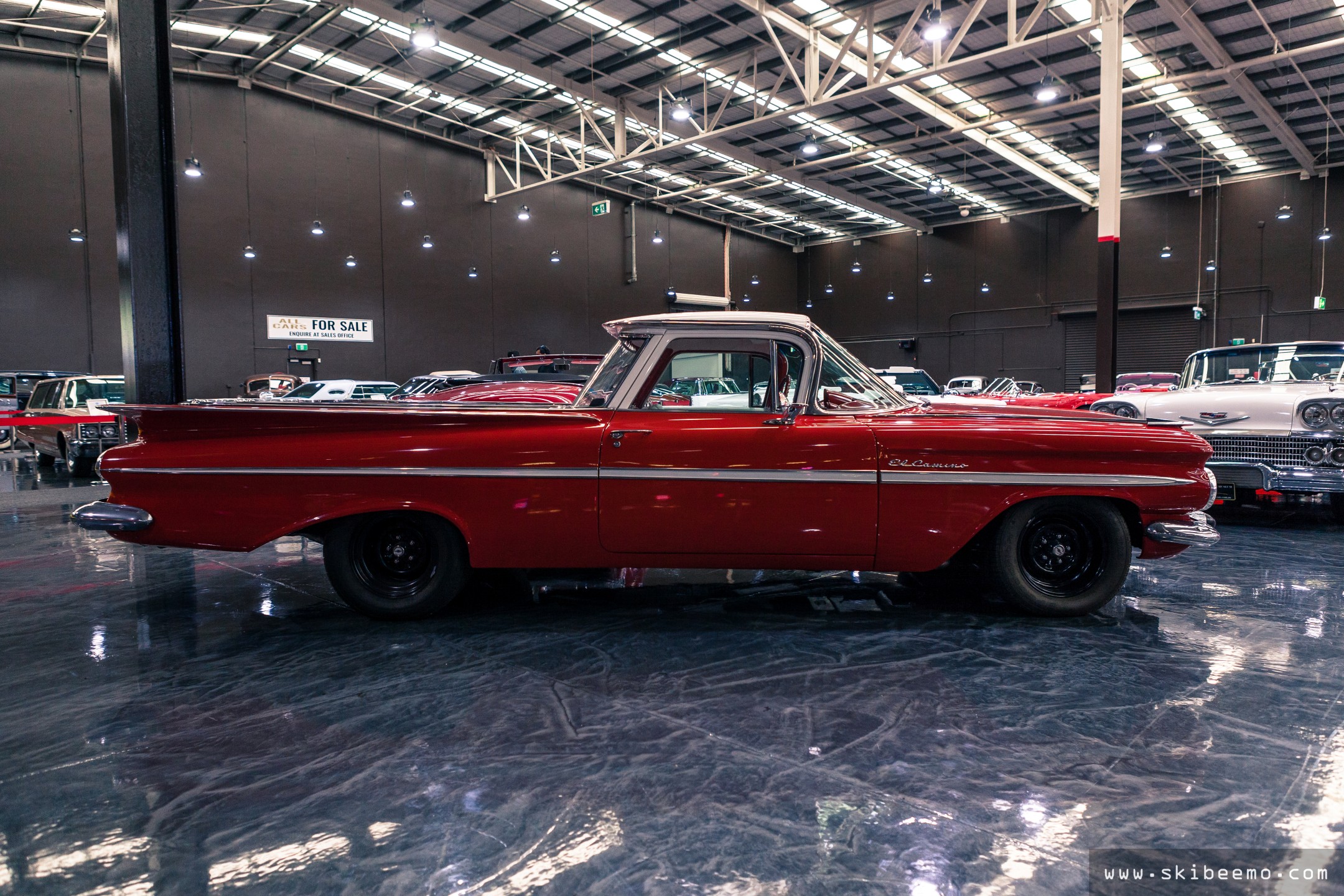
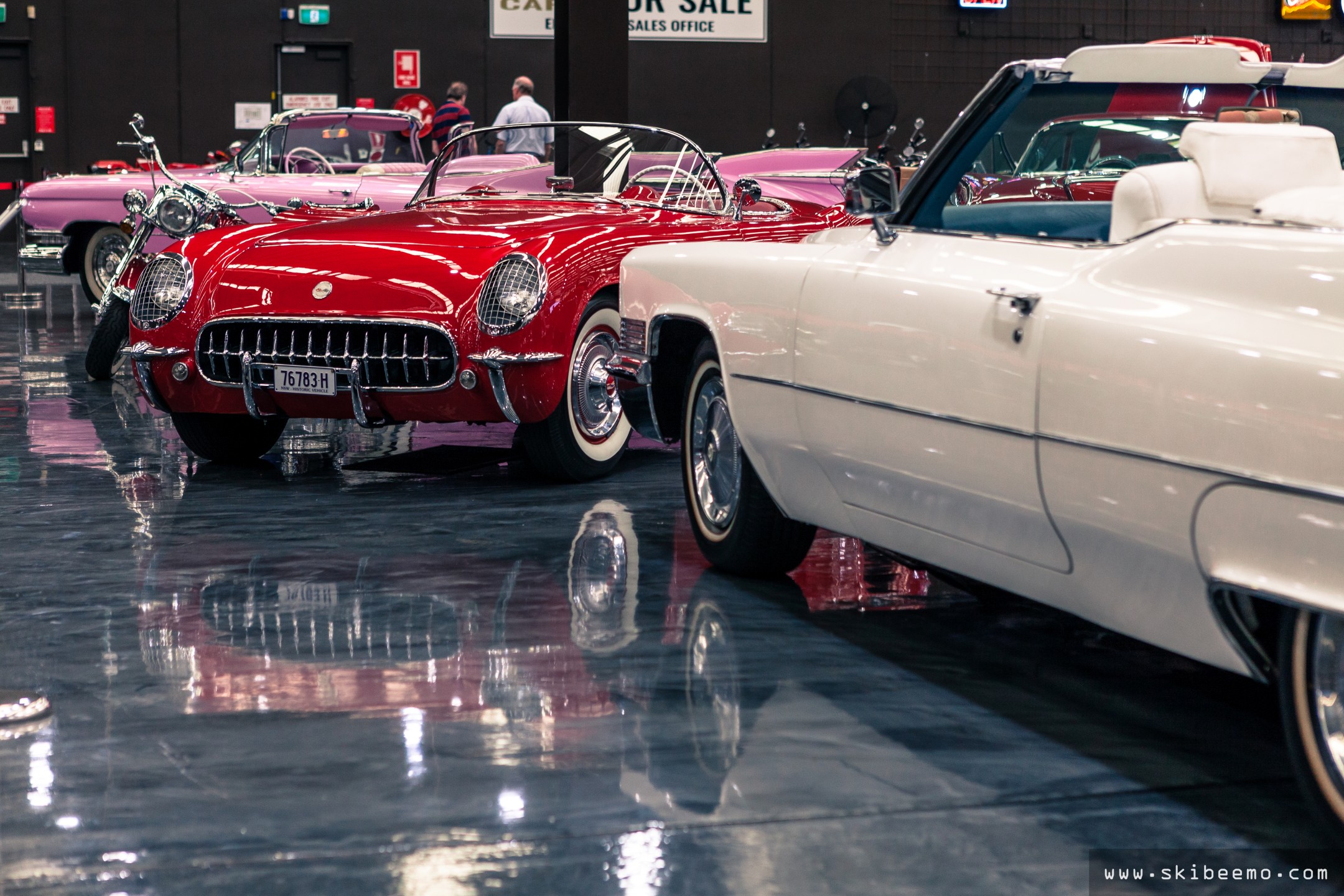
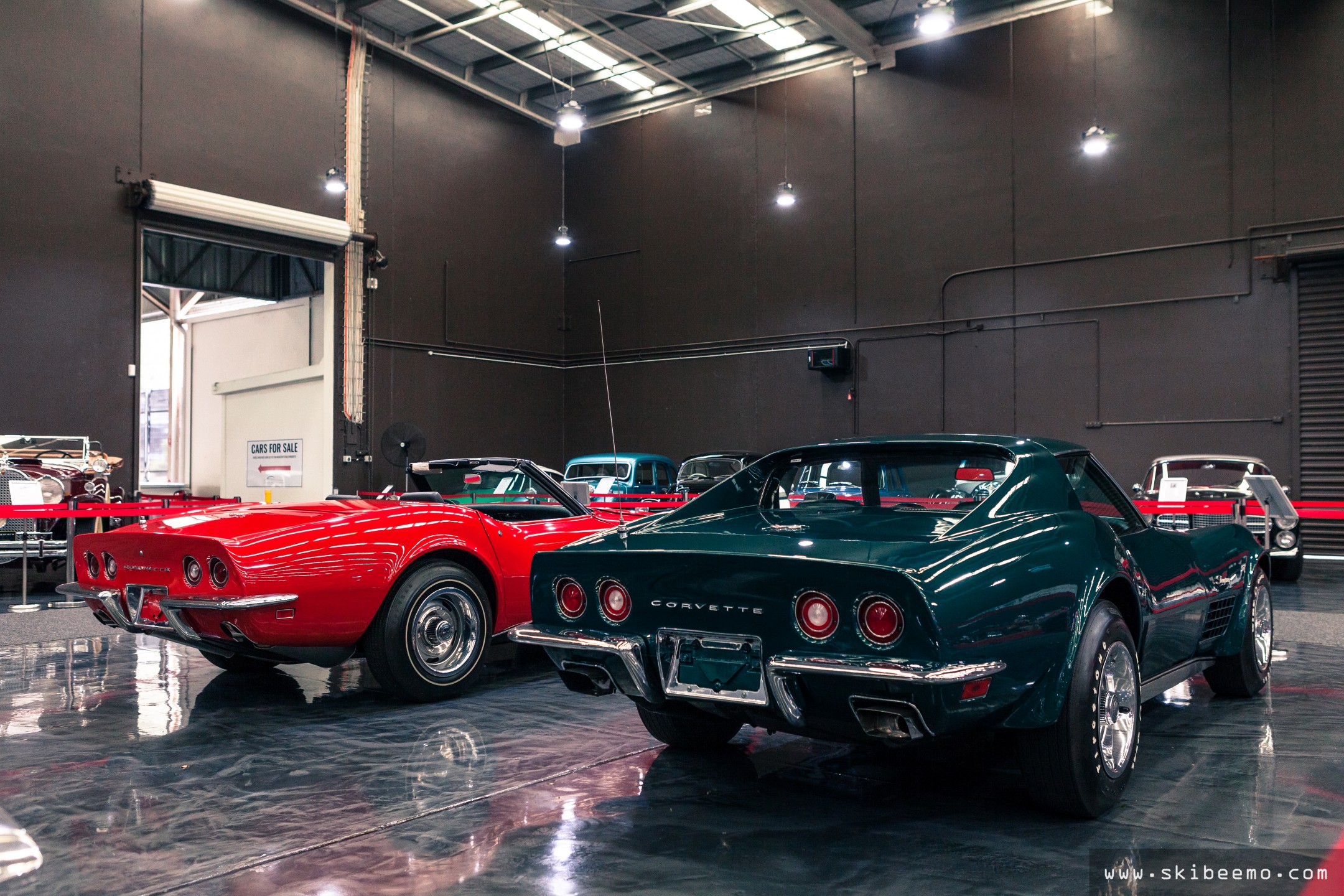
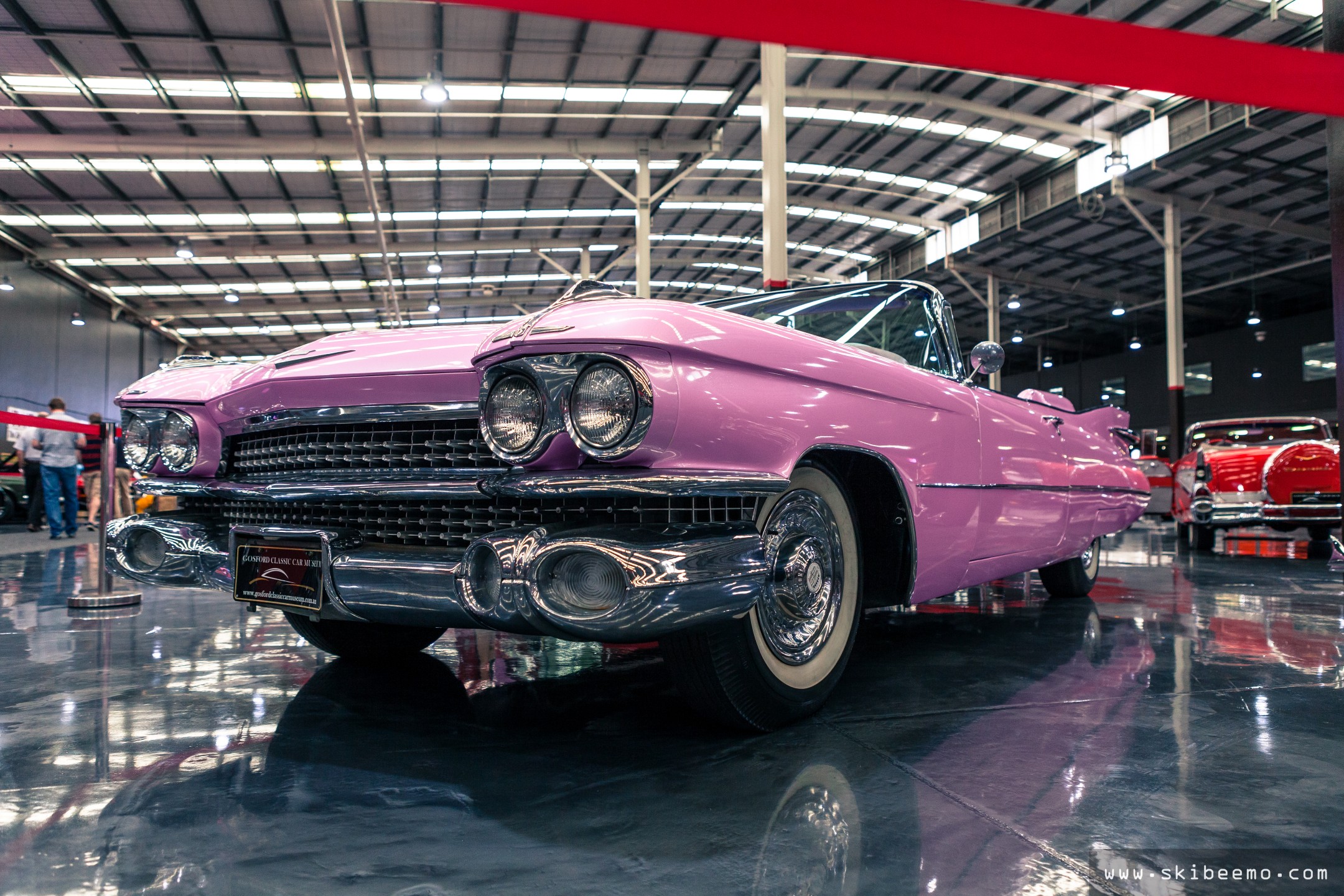
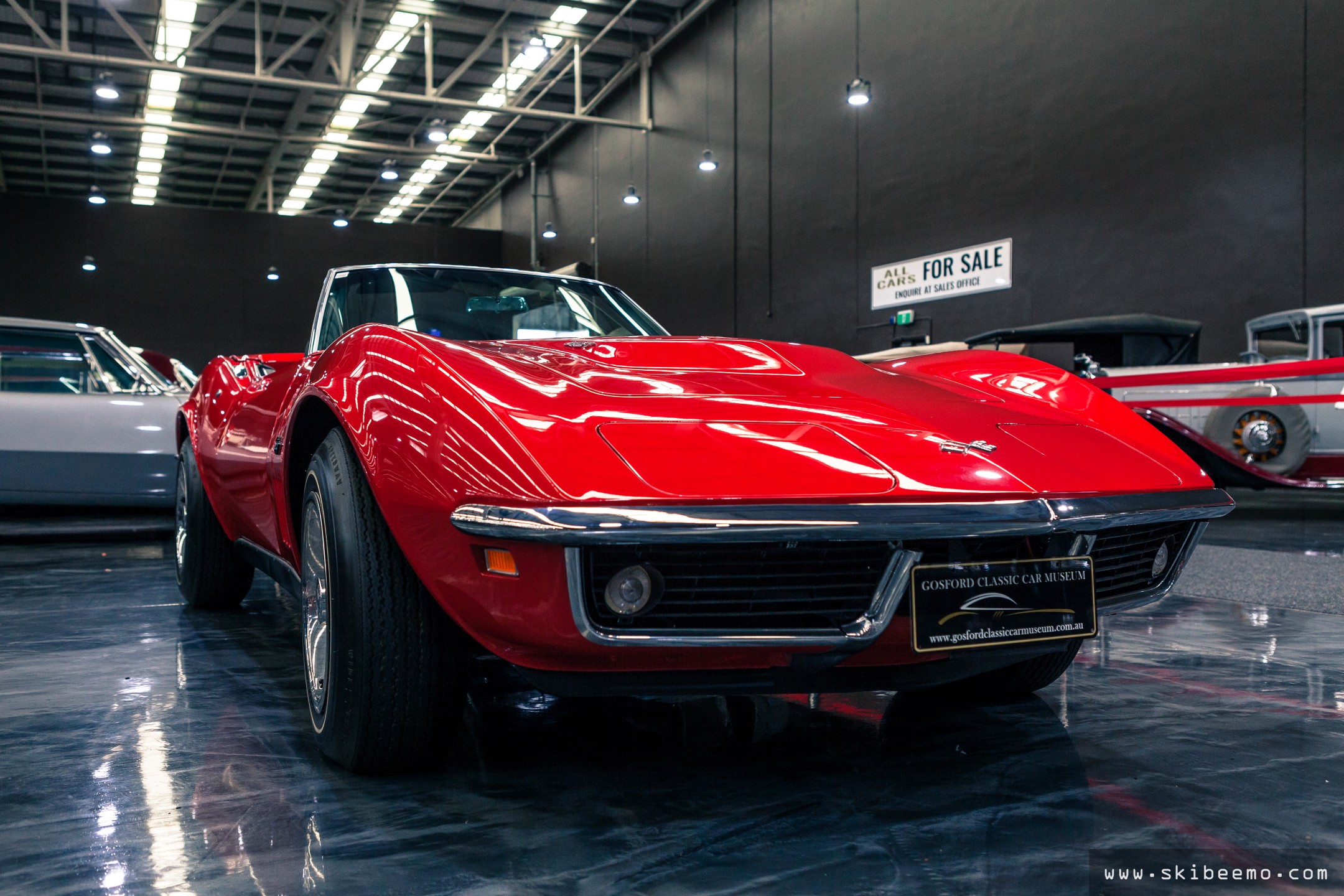
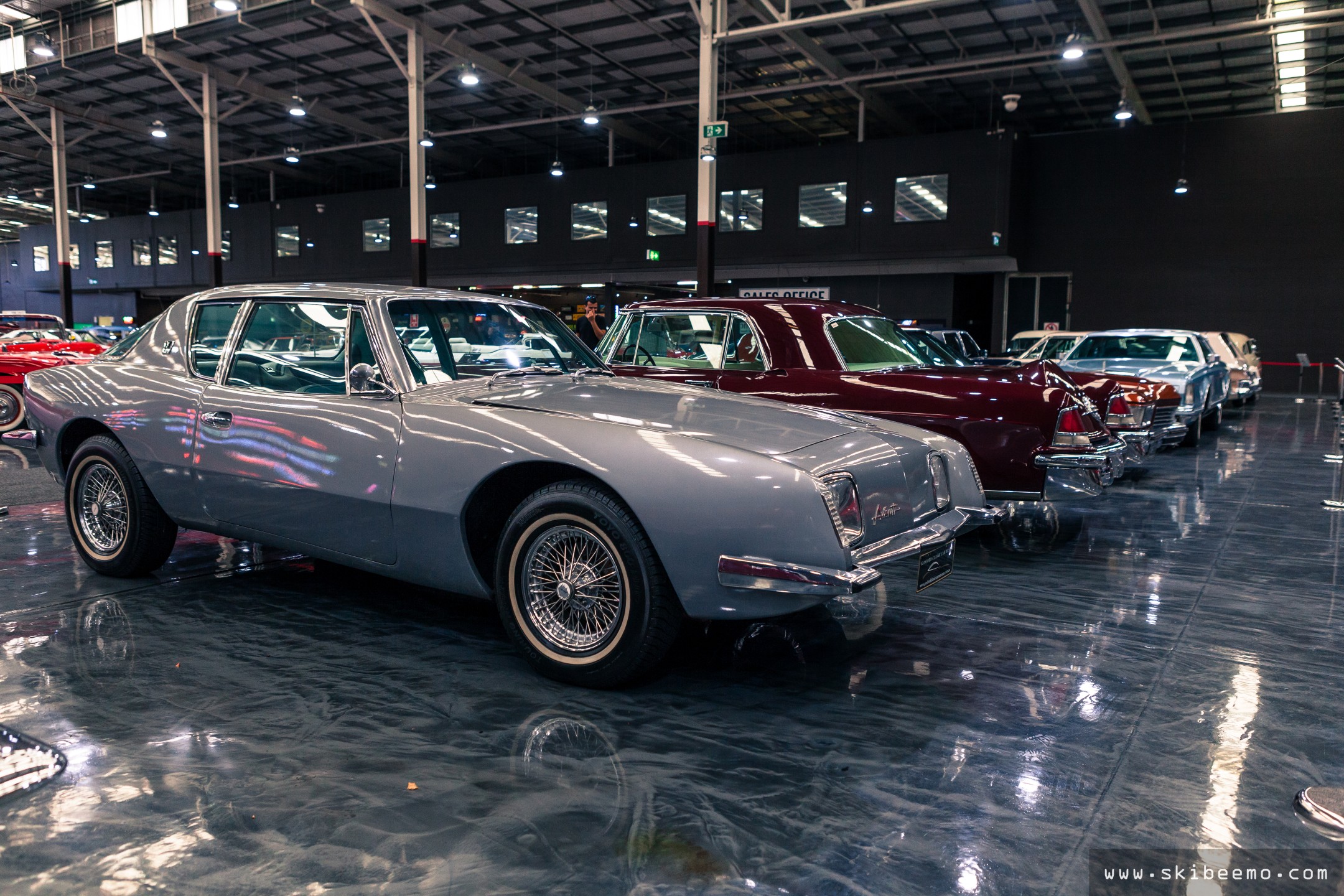
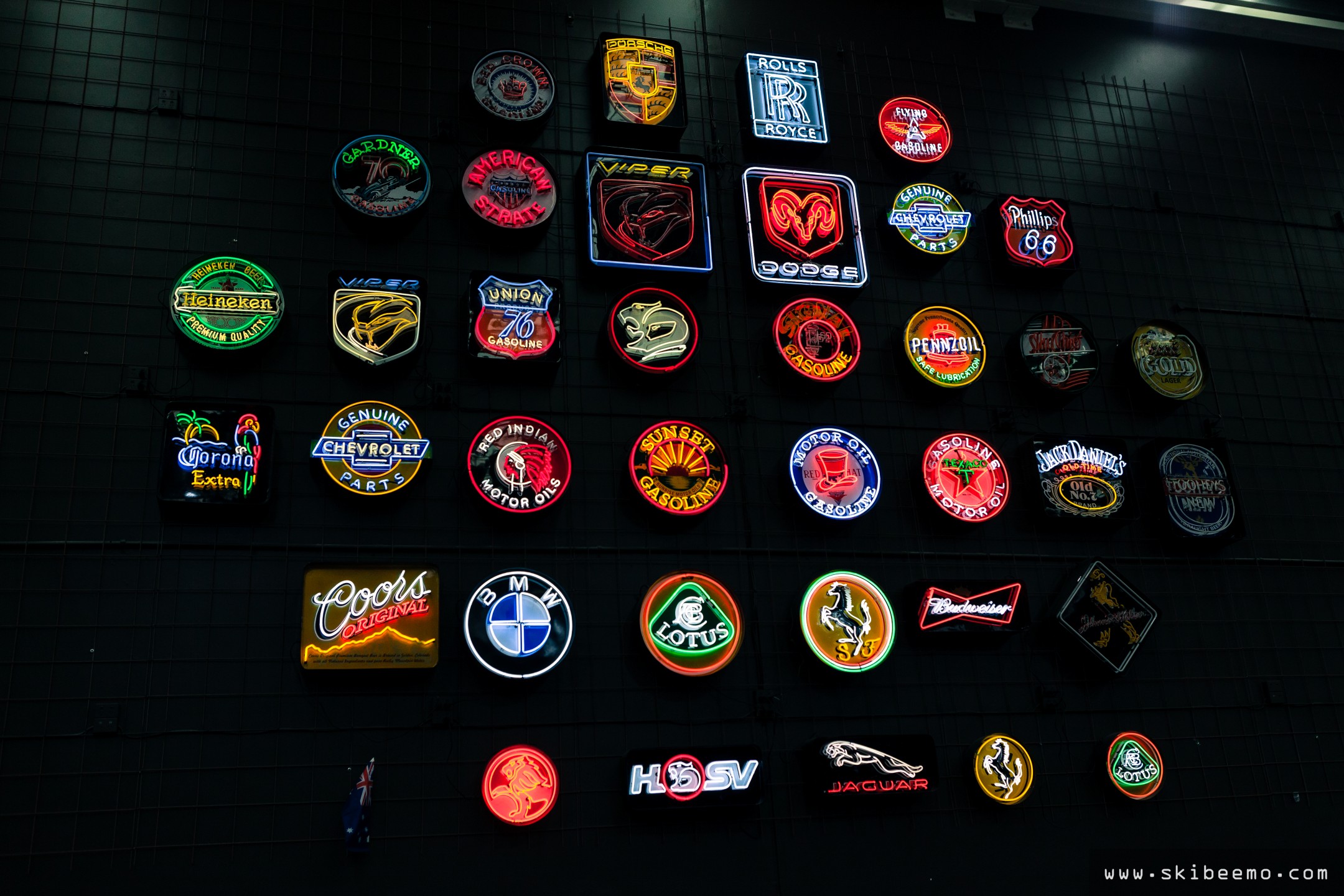
Two of my bucket list cars to see were the Jaguar XJ220 and XJR-15. Fortunately, both were present on the day; in fact there were two XJR-15 displayed within the museum. Peter Stevens – who was responsible for the design of the XJR-15 – went on to co-design the McLaren F1 with Gordon Murray. As modern day McLaren supercars utilise similar design elements to the McLaren F1, and because the F1’s exterior (and interior) was designed by Peter Stevens, I can’t help but feel that McLaren owe a lot to the XJR-15.
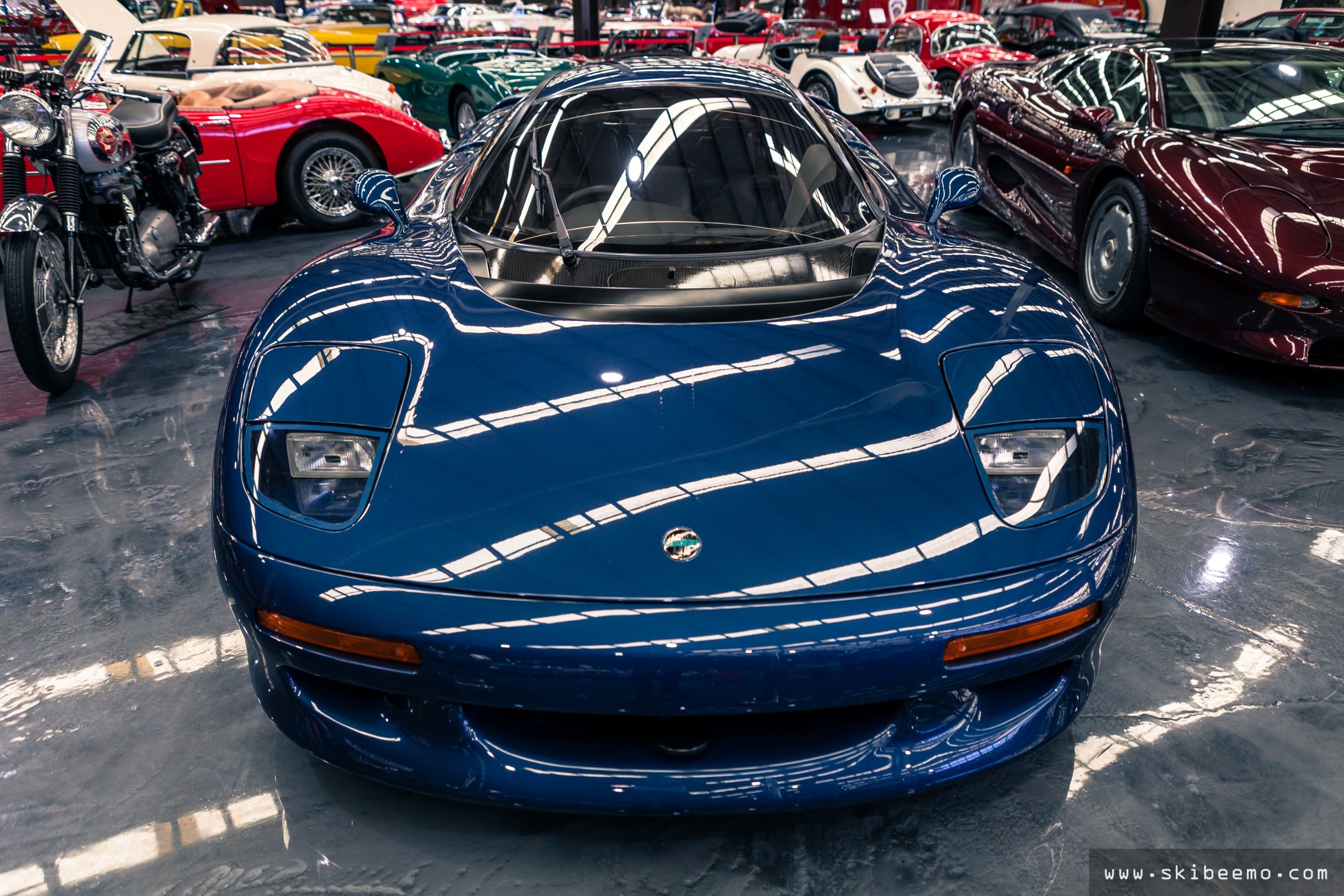
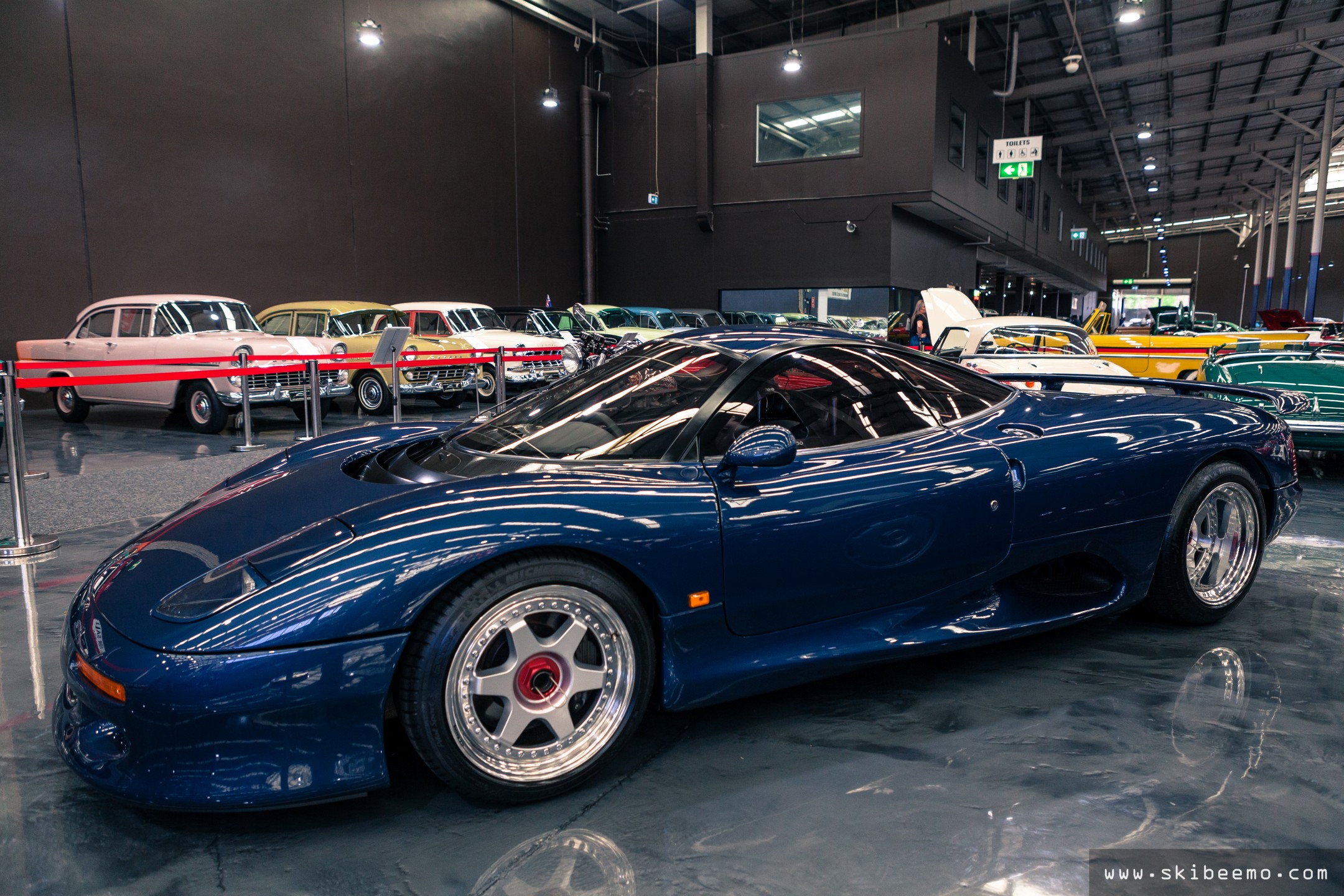
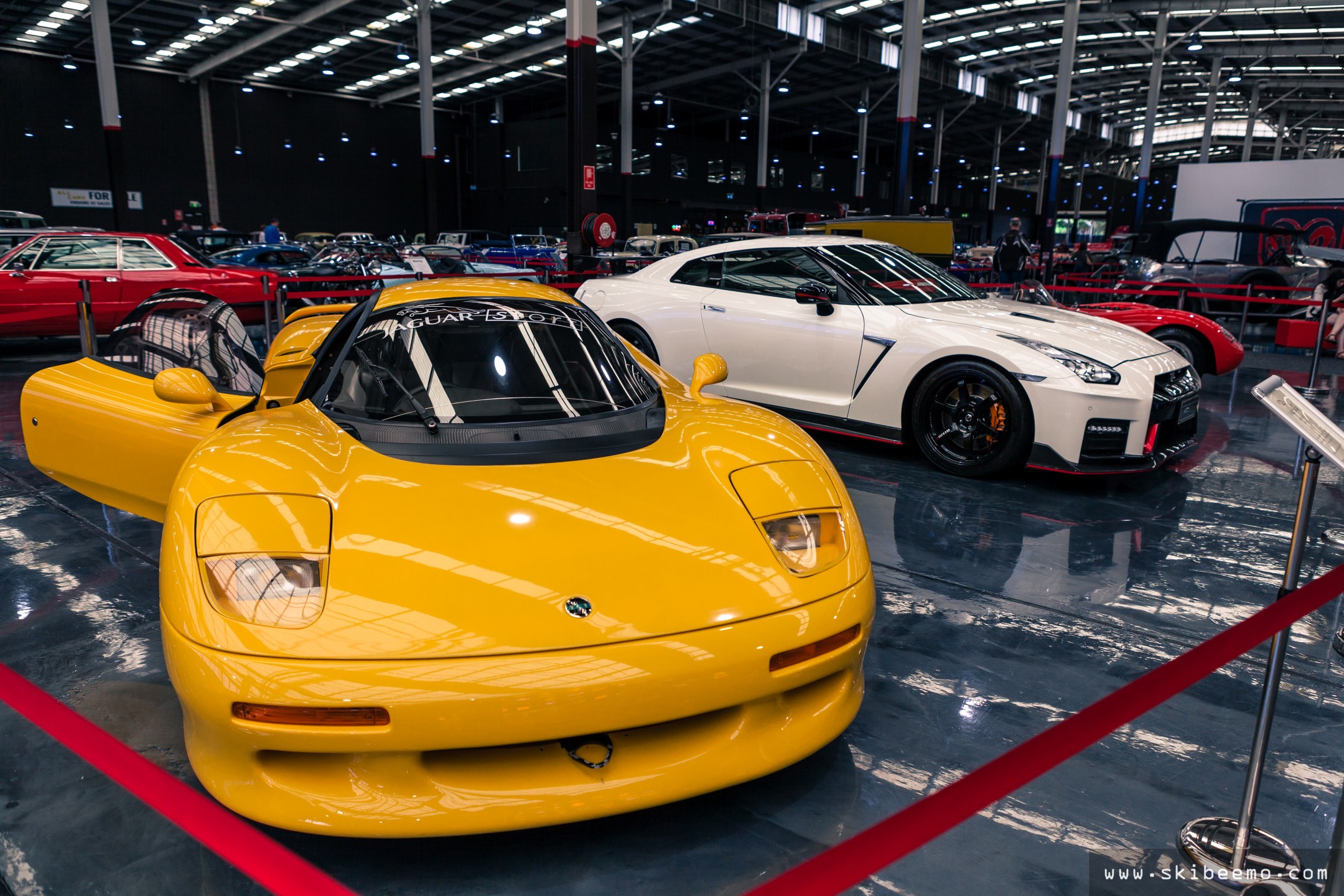
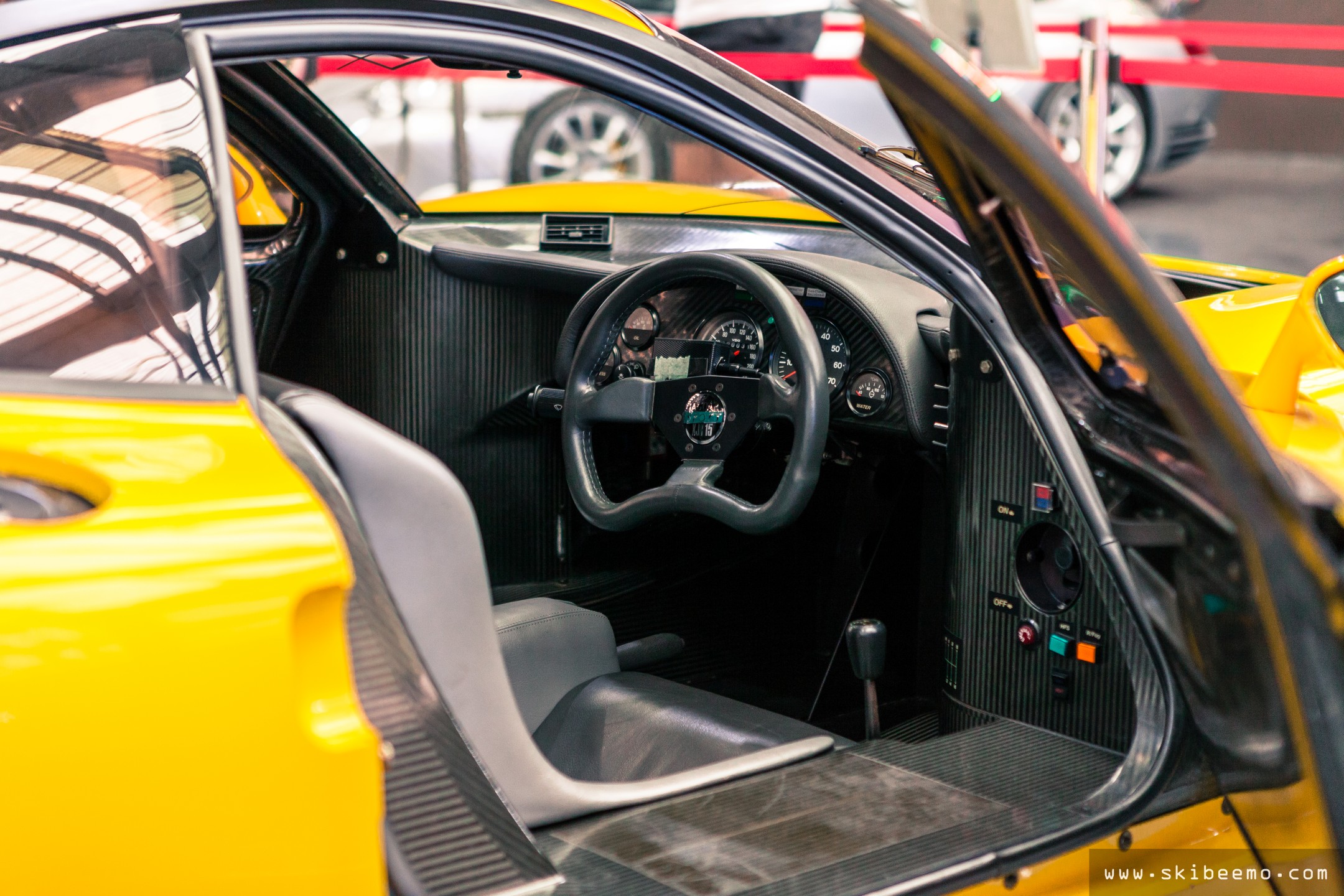
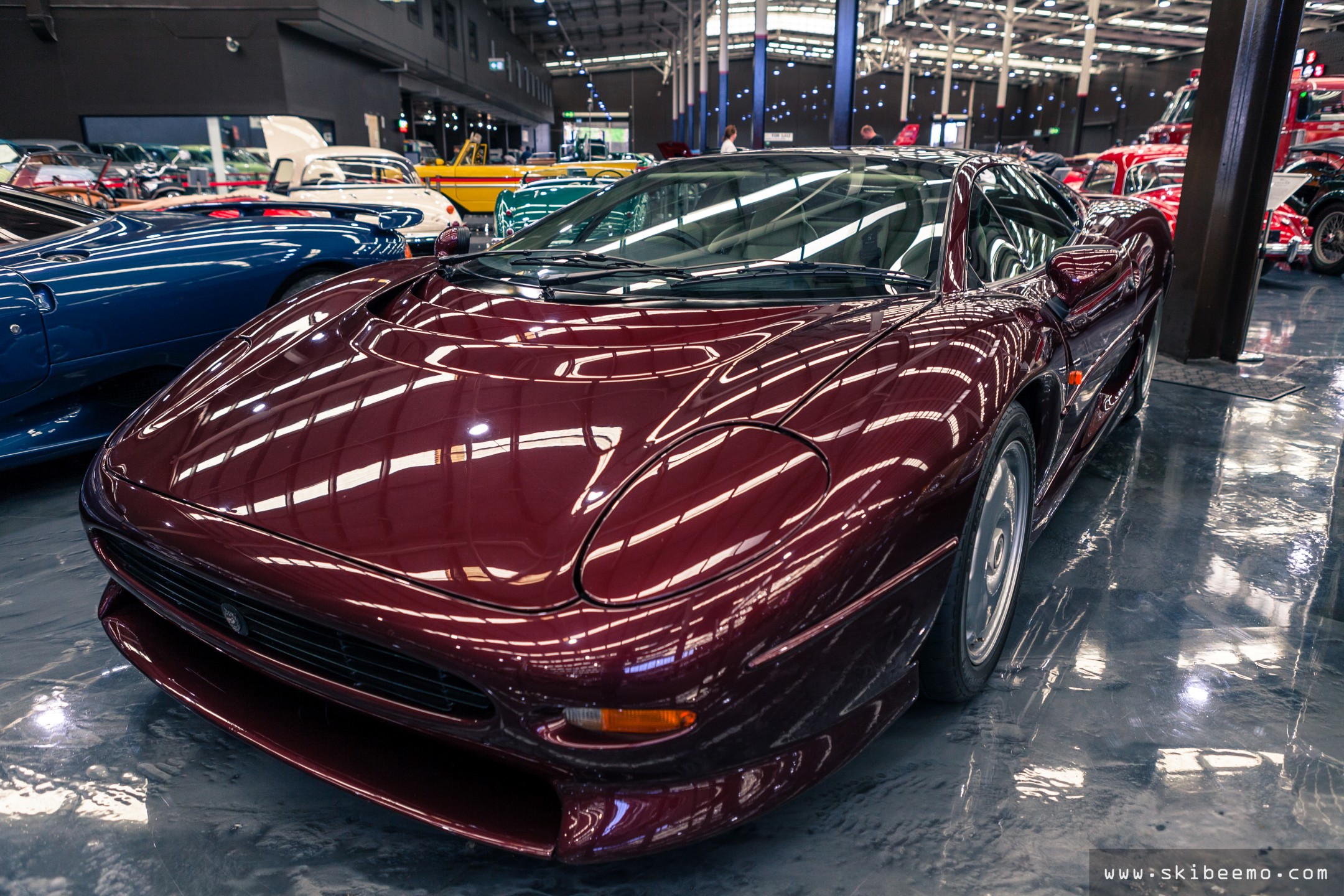
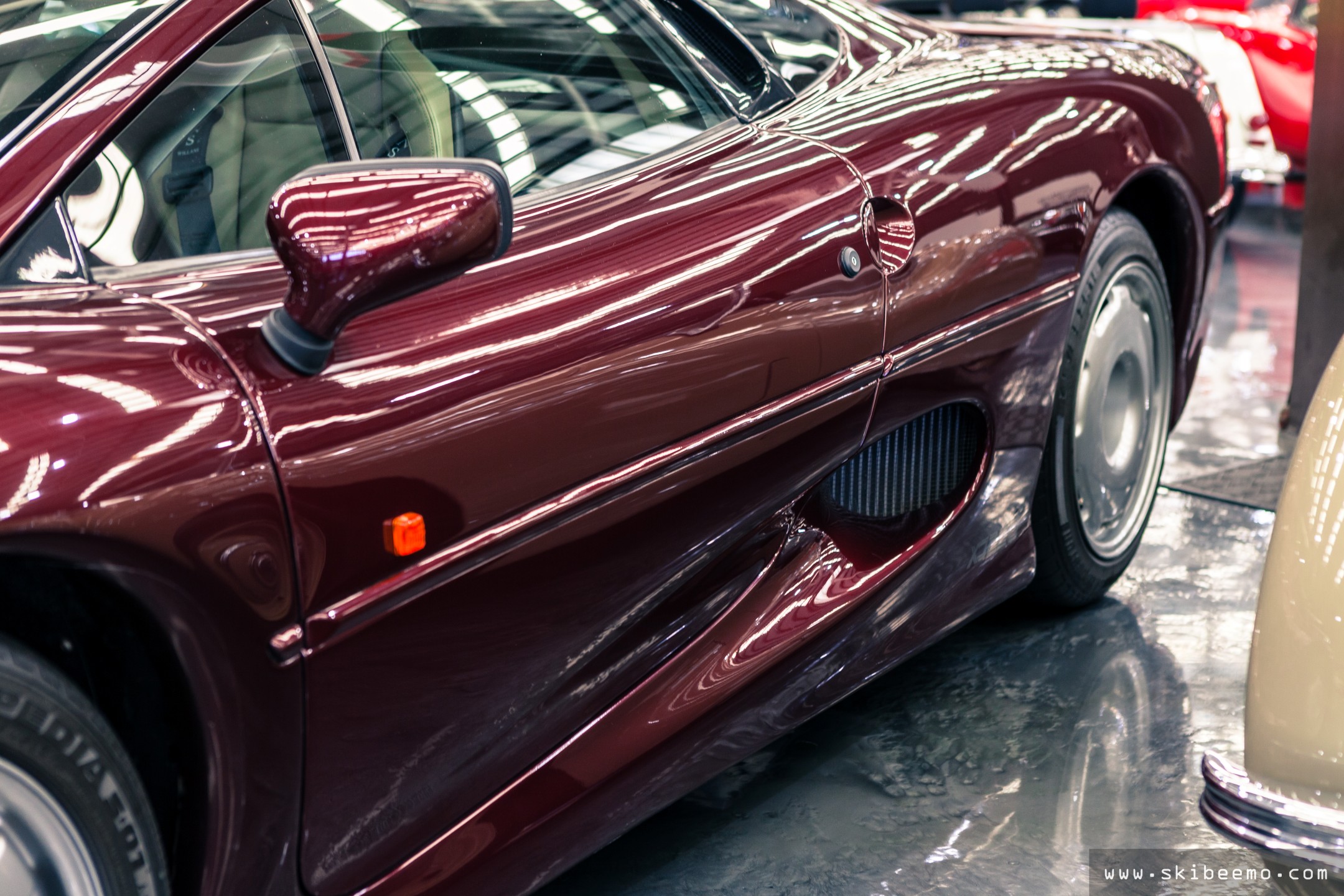
The museum’s facility was a former Bunning’s Warehouse site and so far, only the main interior display hall has been completed. Plans are underway to further develop the adjoining covered but unsealed halls located on each side of the building.

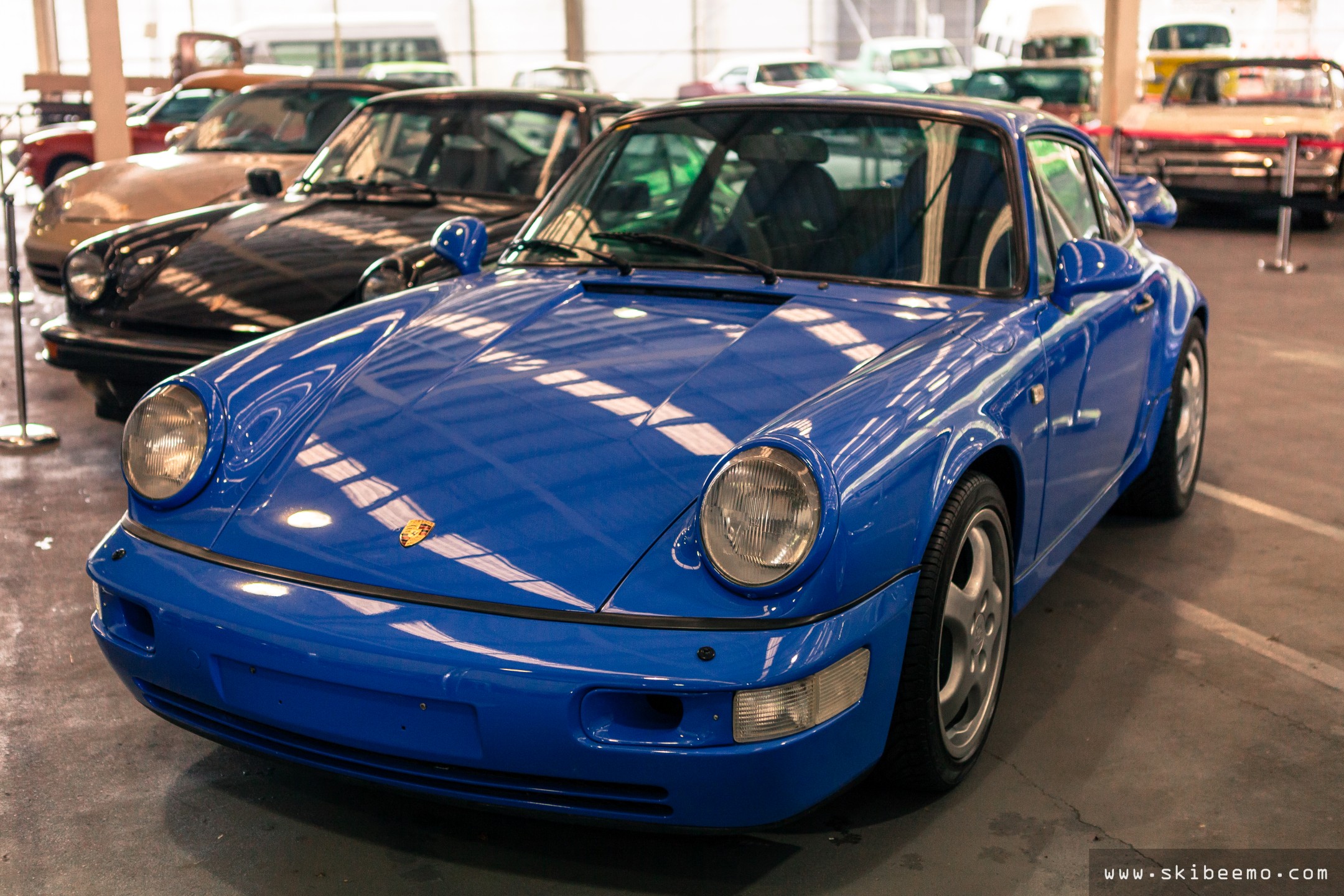
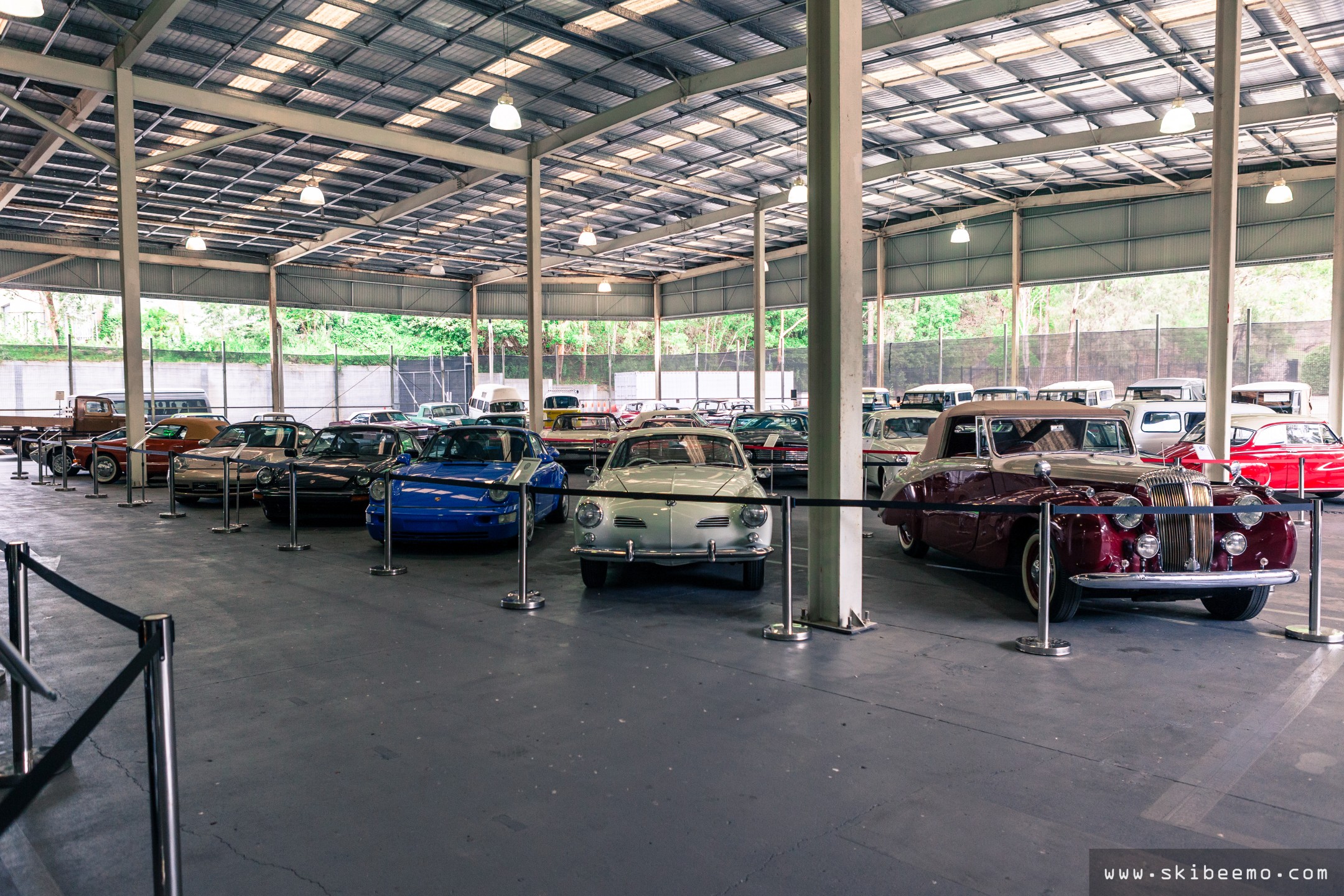
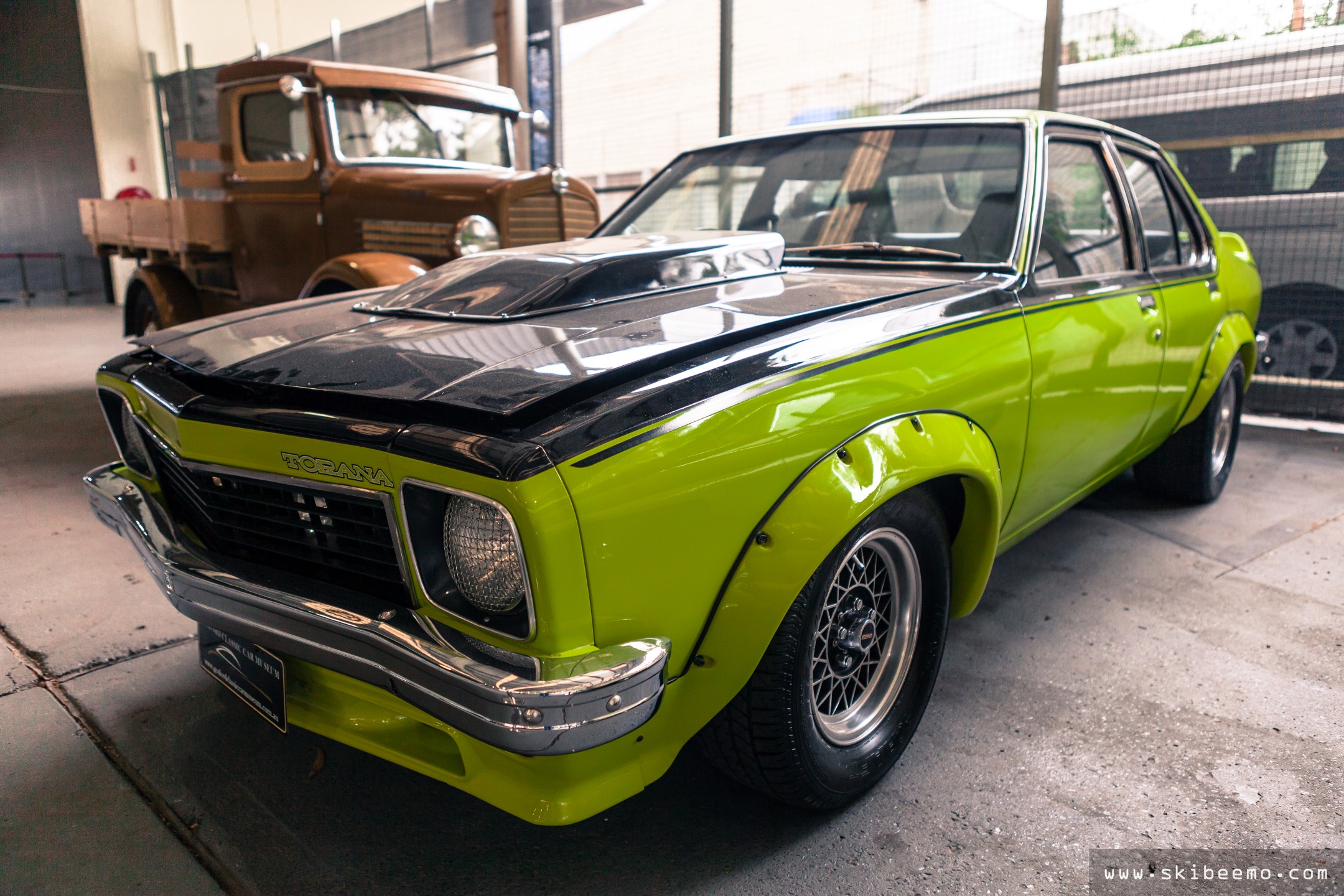
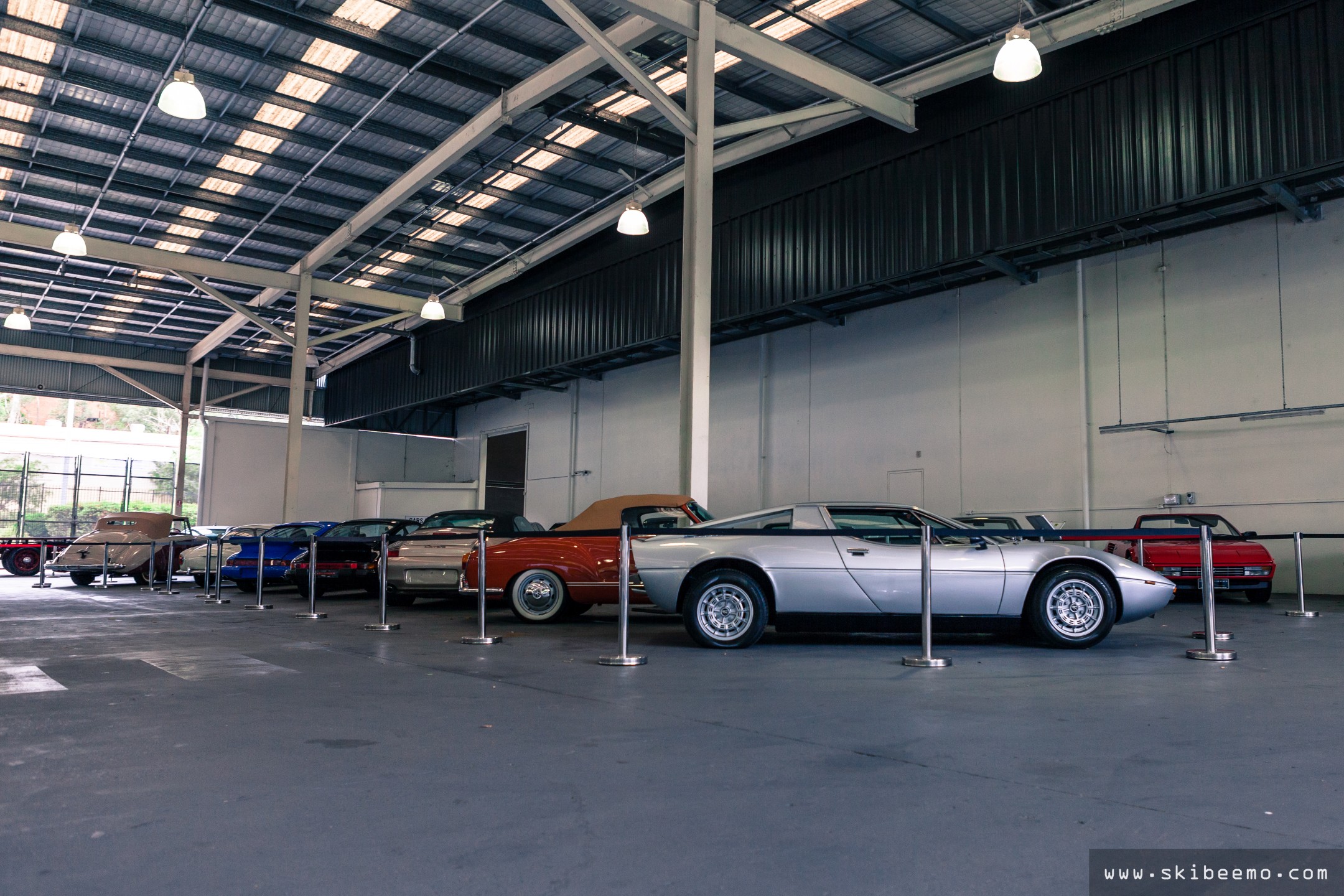
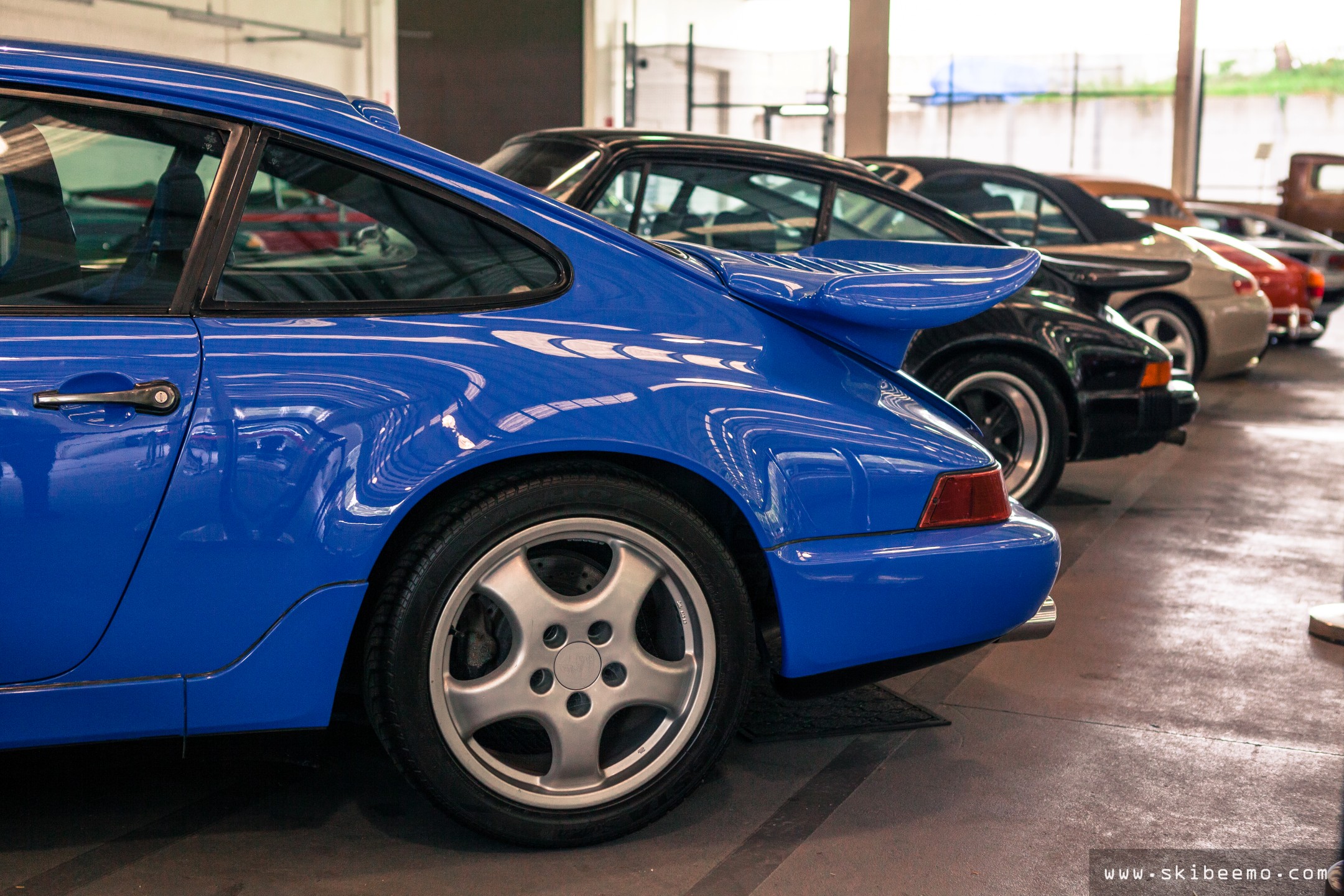
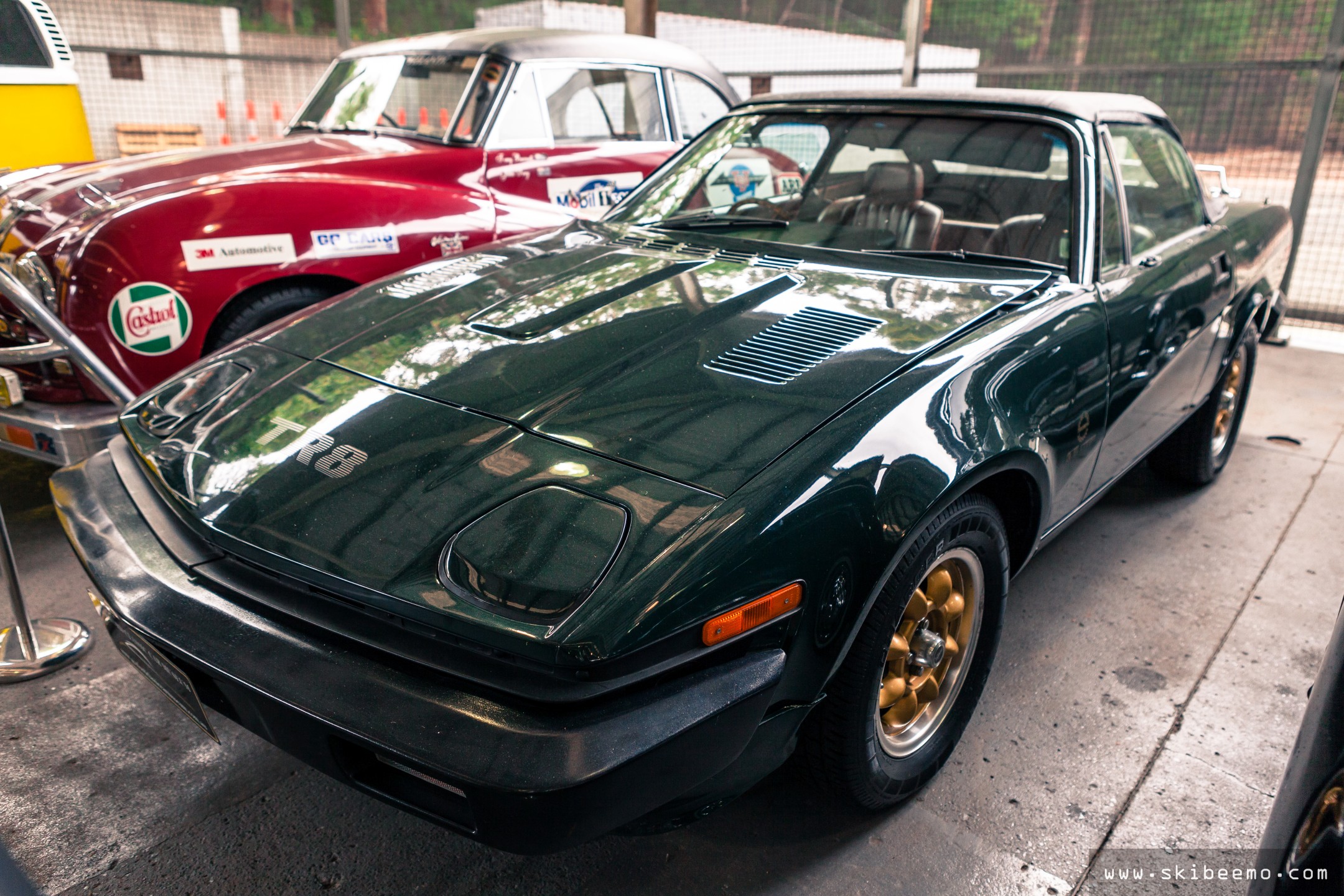
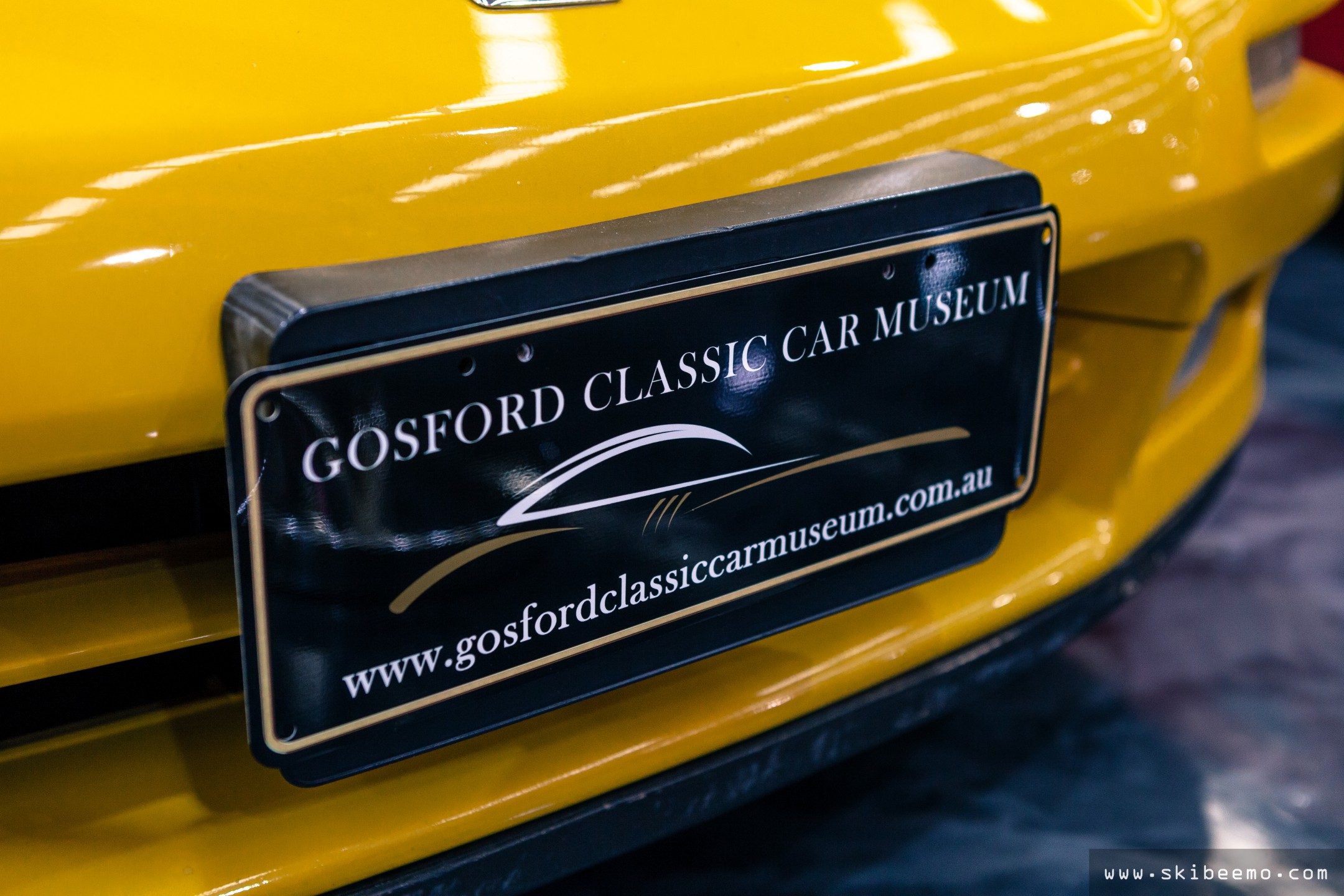
Although I didn’t get to meet all of my engine-powered heroes, I still got to see a lot of them. The universal appreciation for cars is fascinating in that it slices through all barriers: age, gender and ethnicity to name a few. If you love cars, you love cars. I take my hat off to the museum’s owner – Tony Denny – for investing in and creating this incredible venue. By doing so, he’s allowed fellow automotive enthusiasts such as you and I to meet some of our hero-cars, that we’d otherwise, never get to appreciate in person.
![]()
